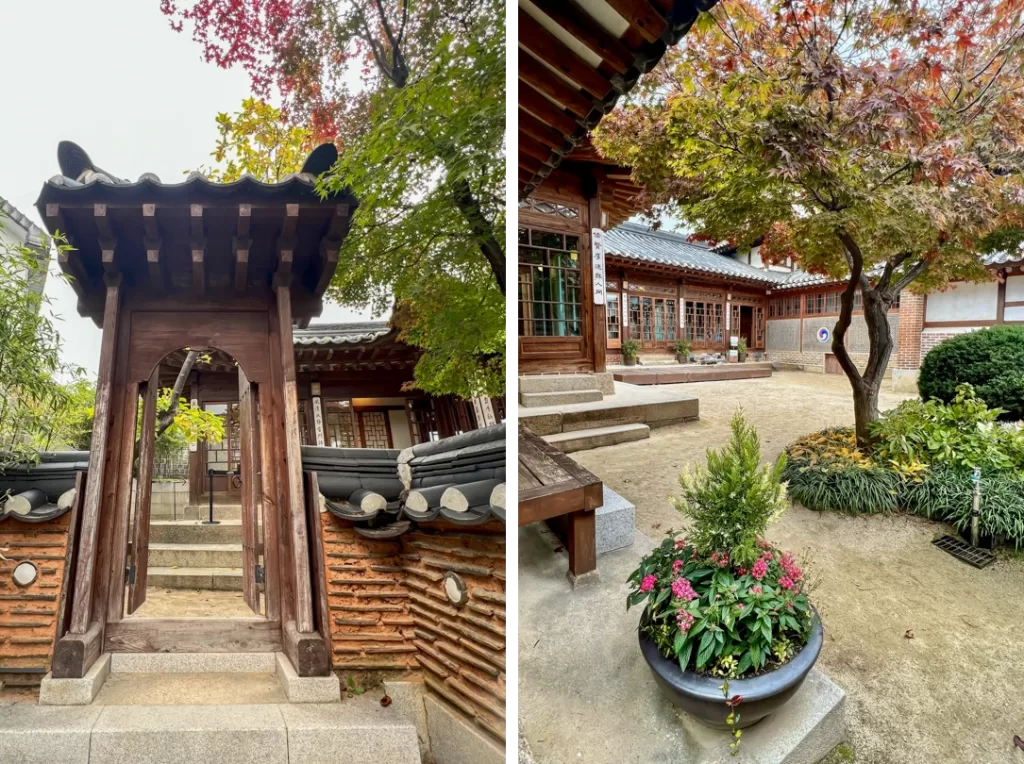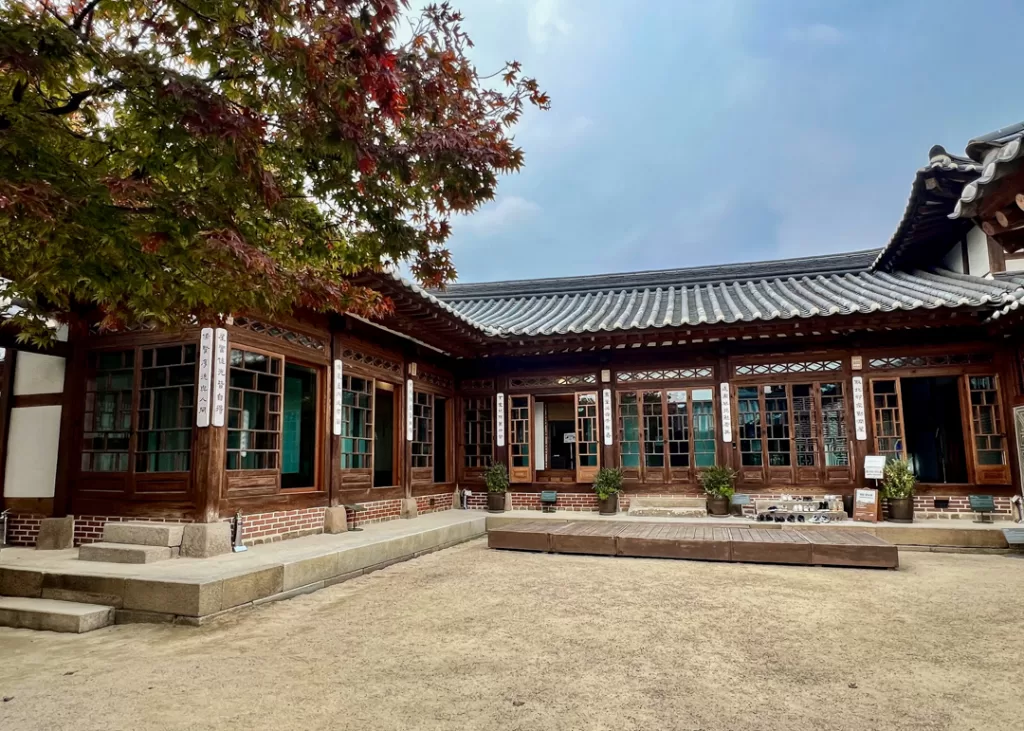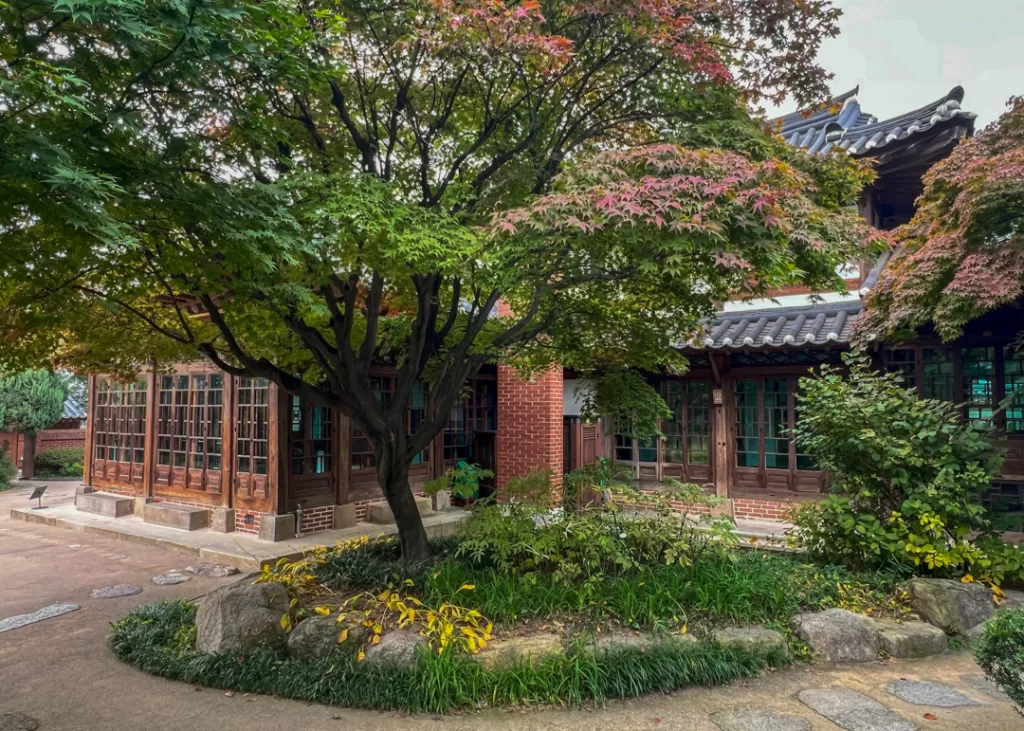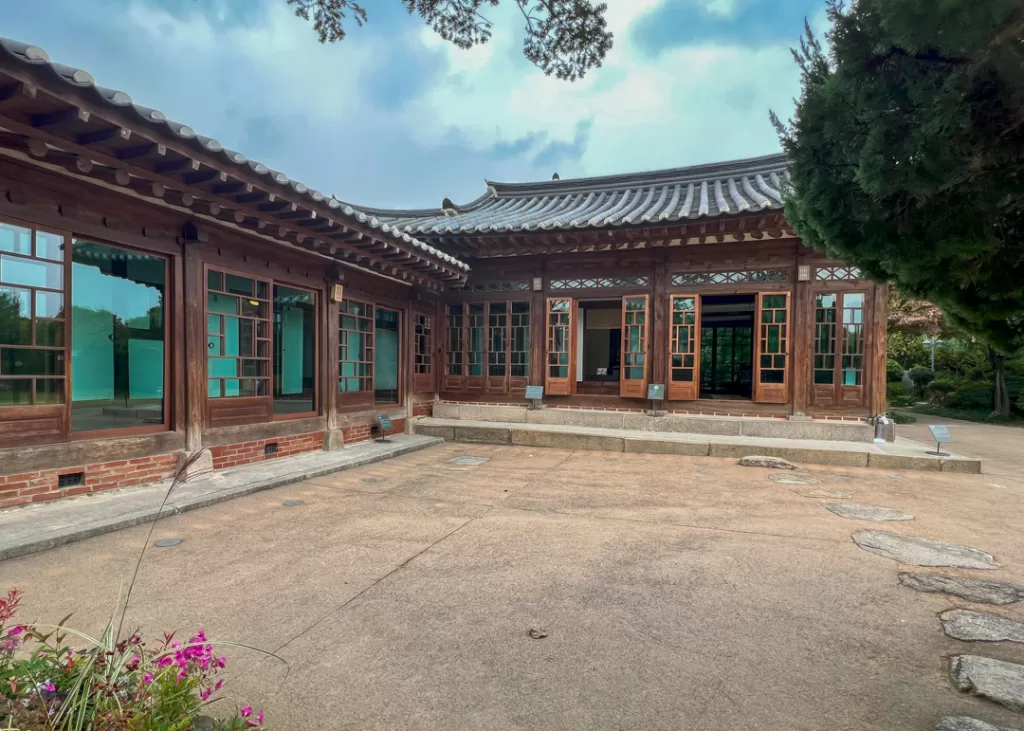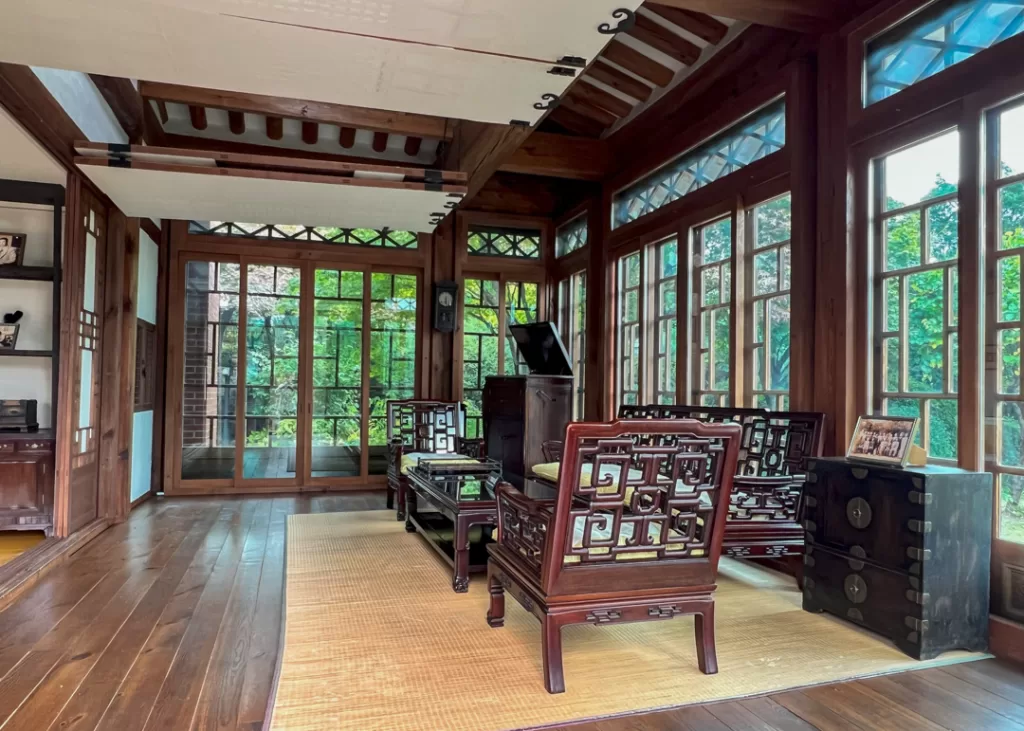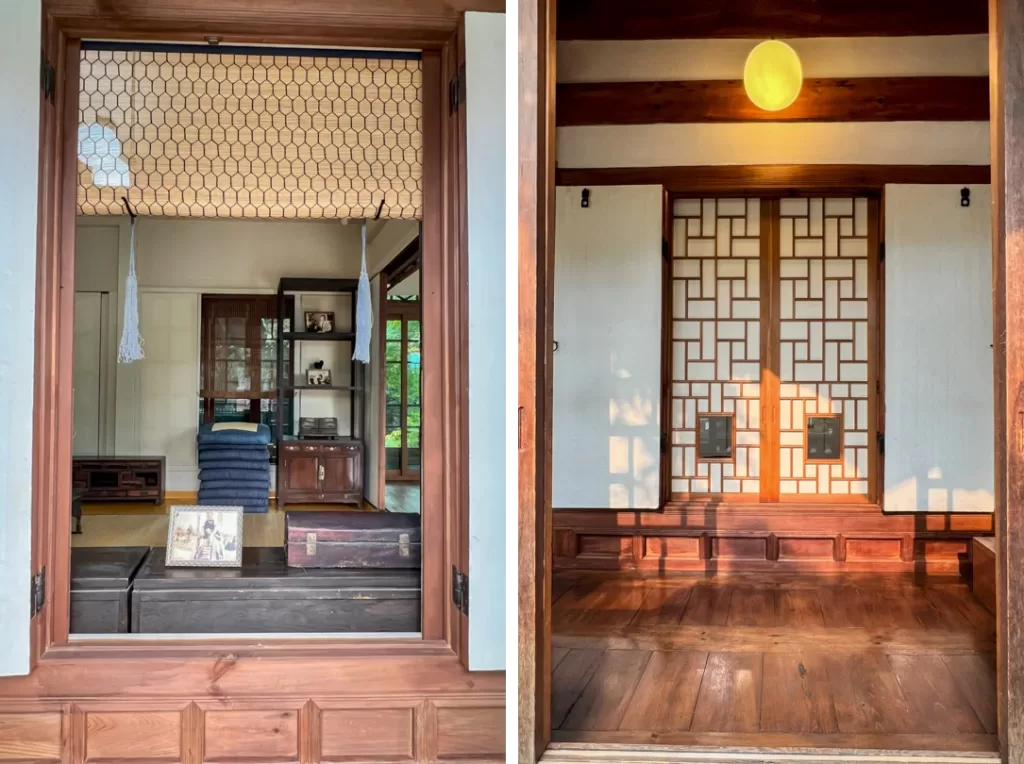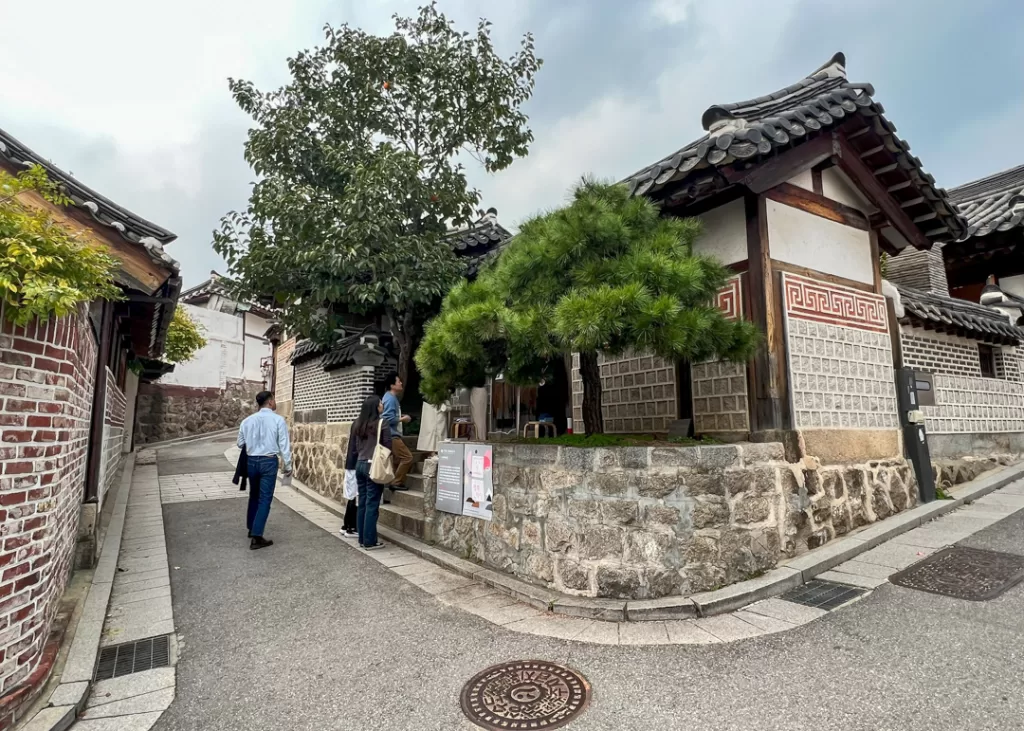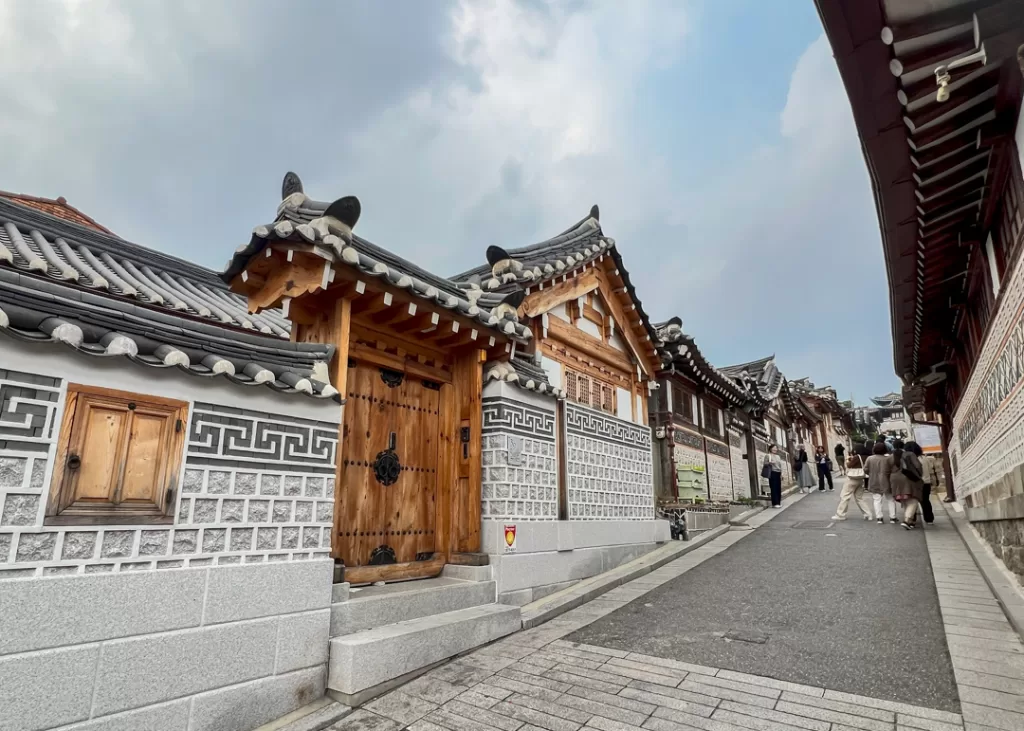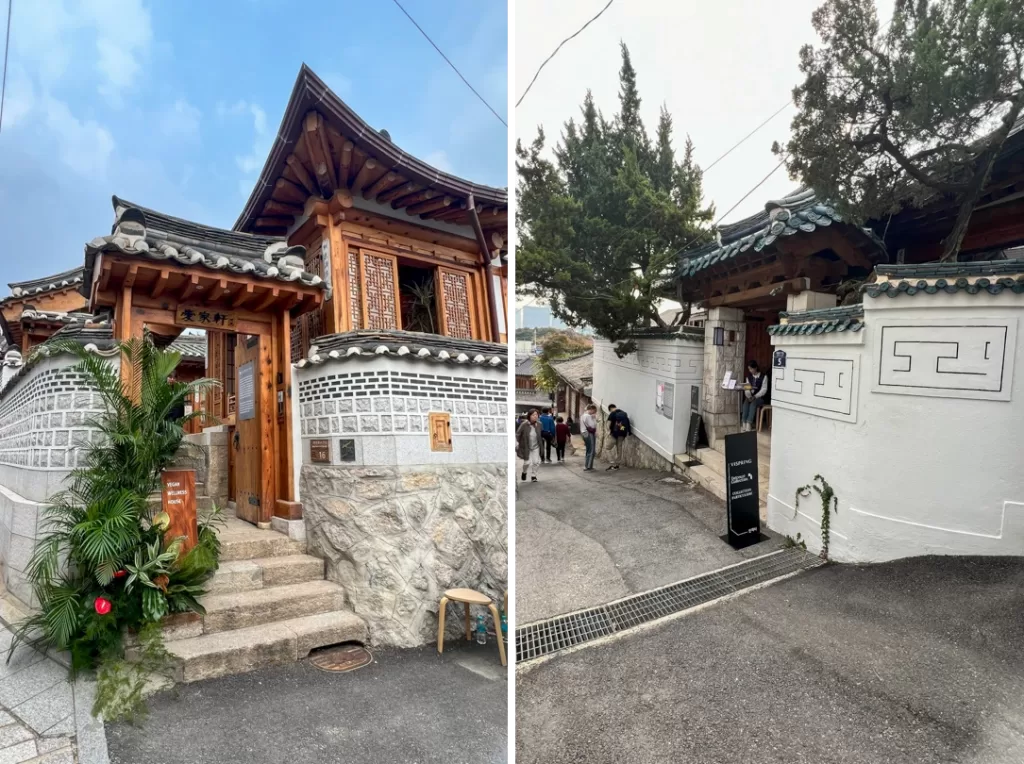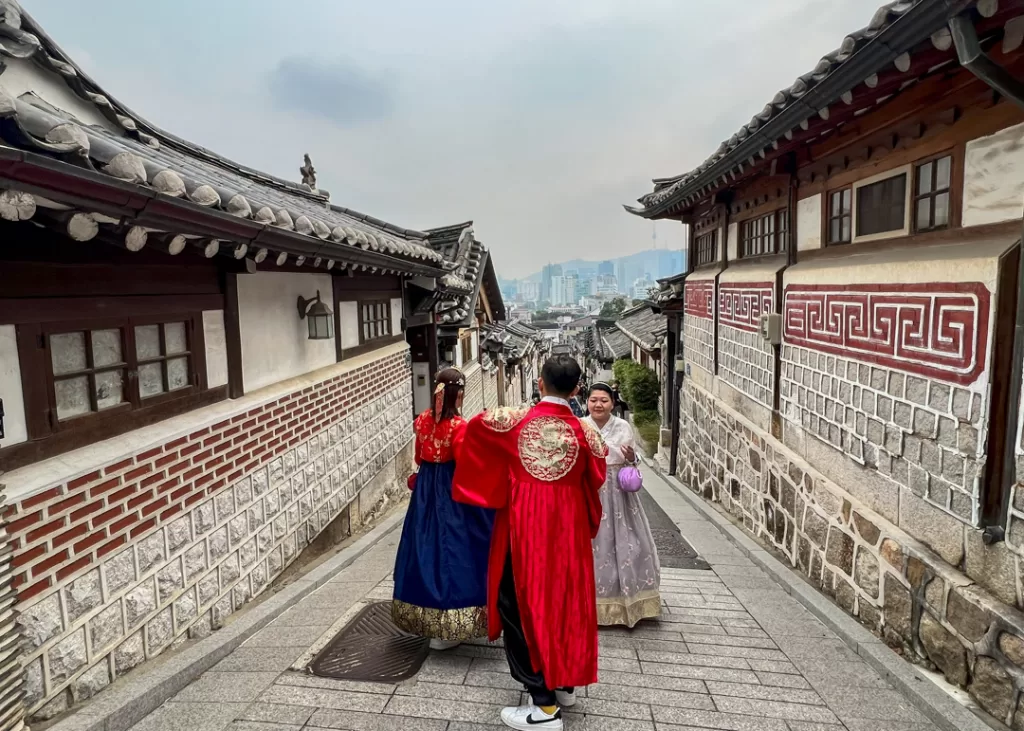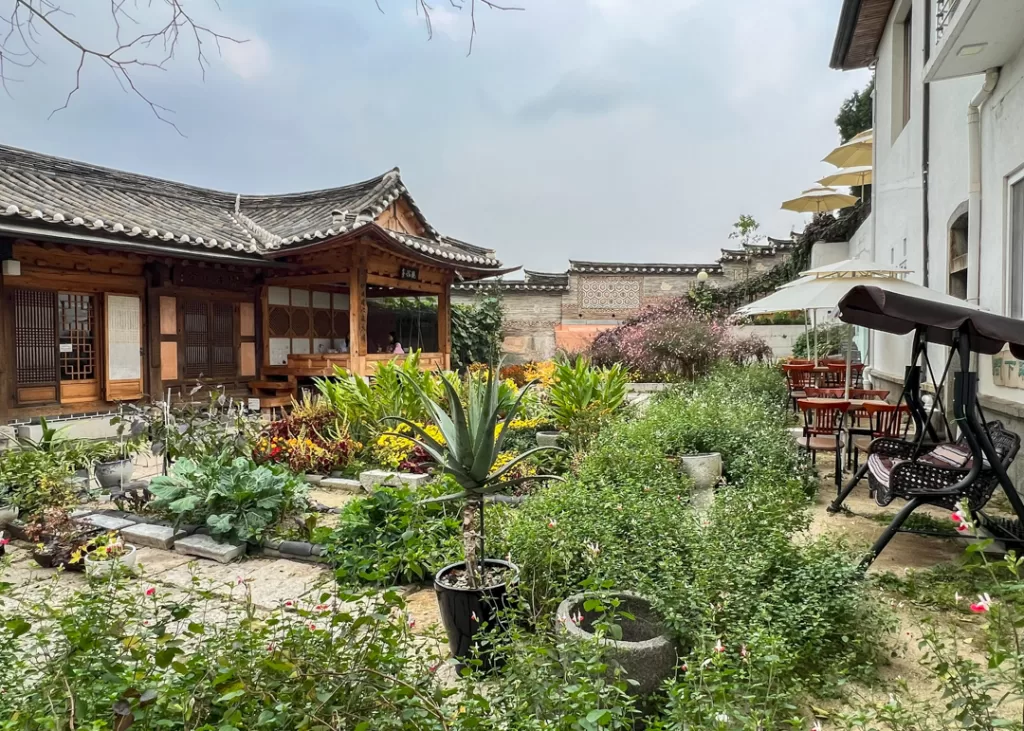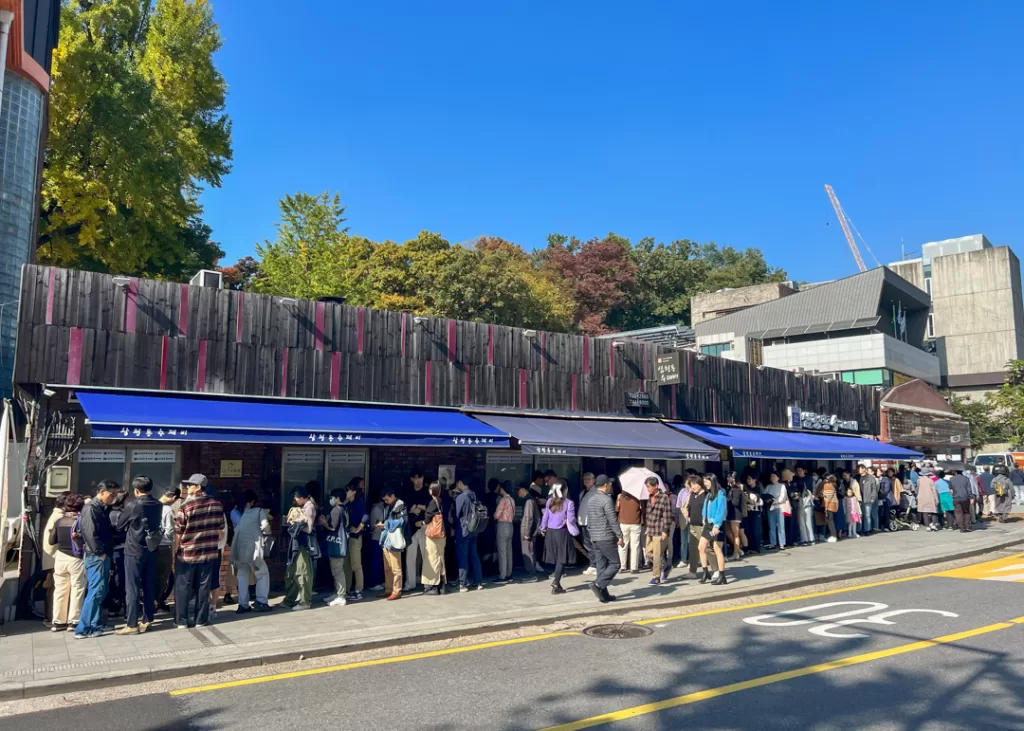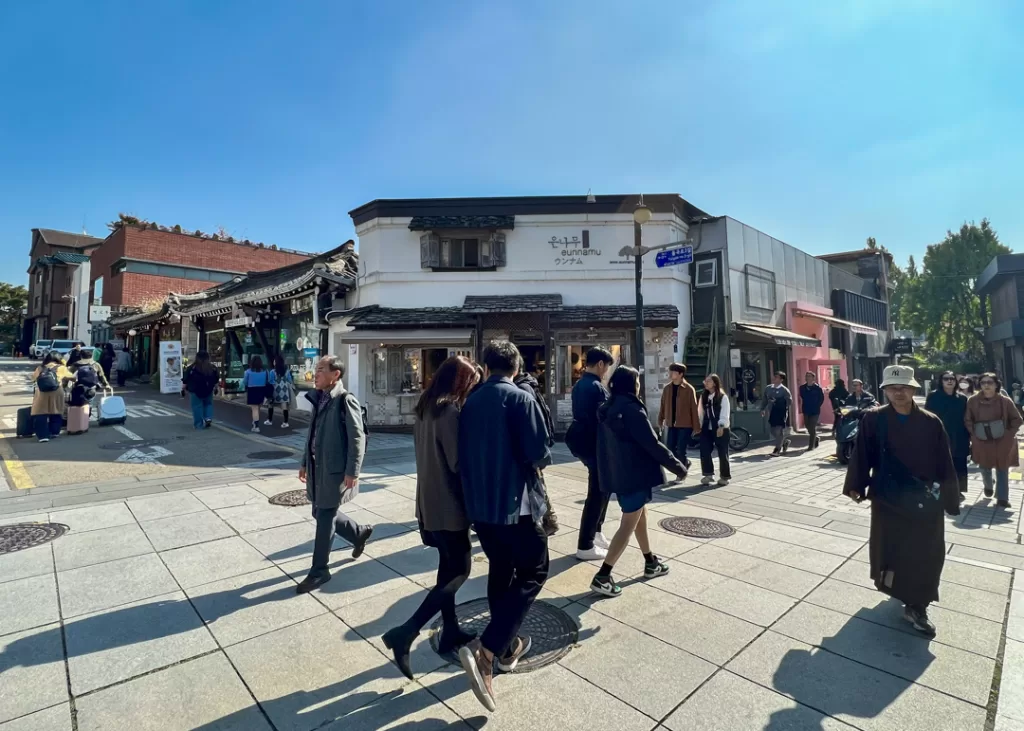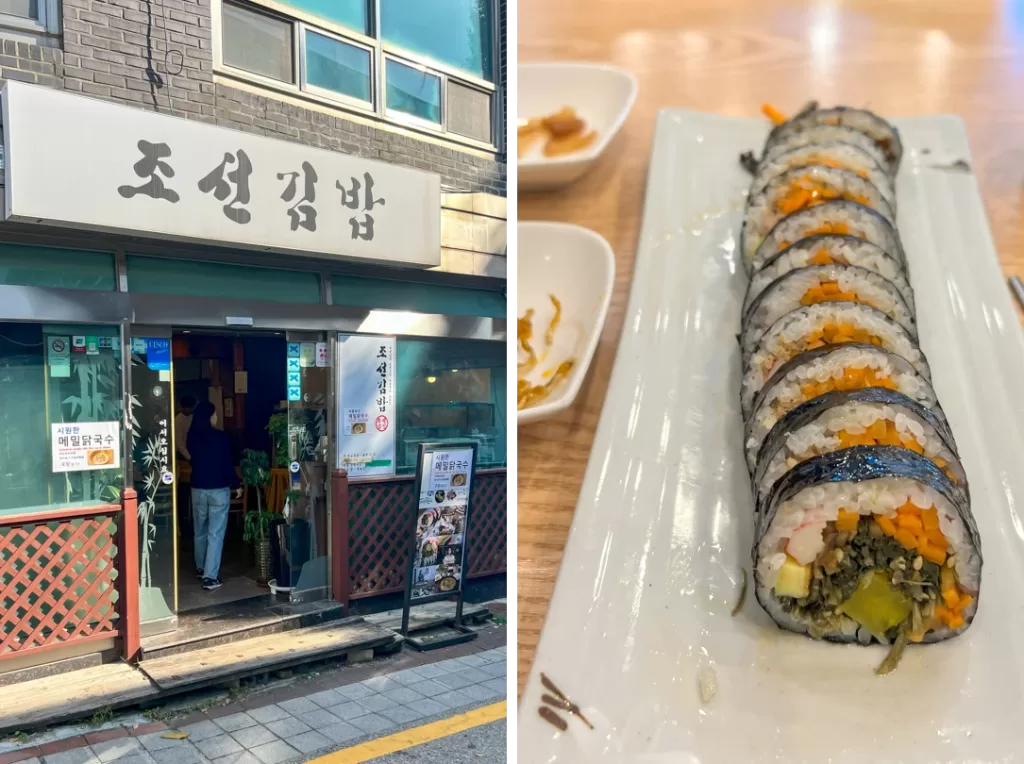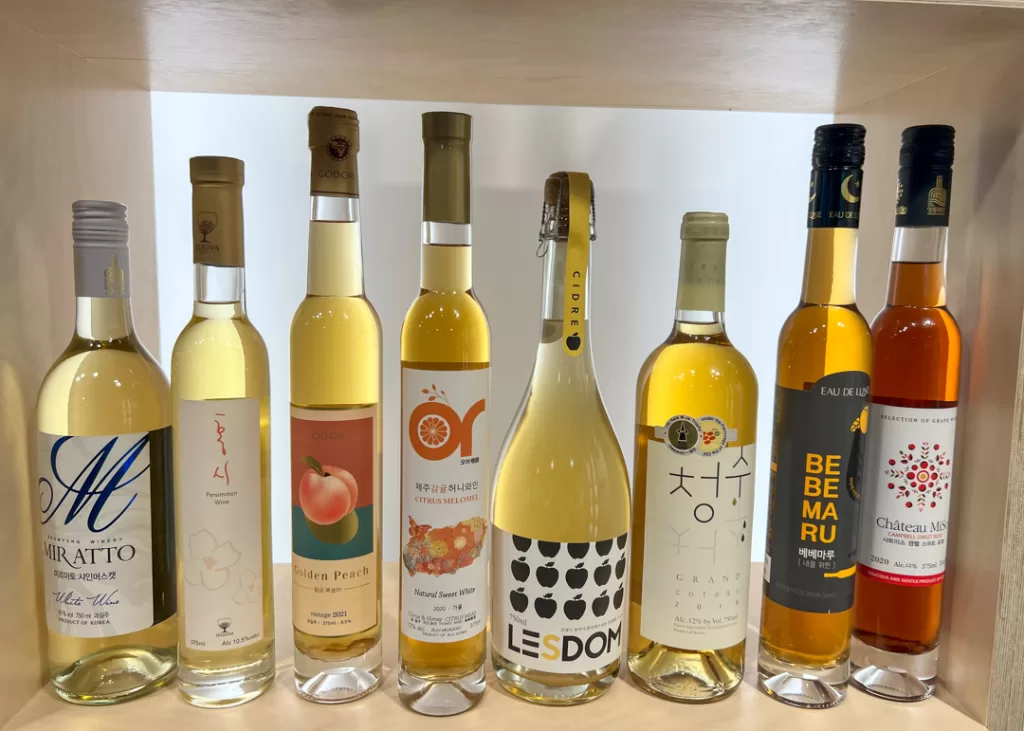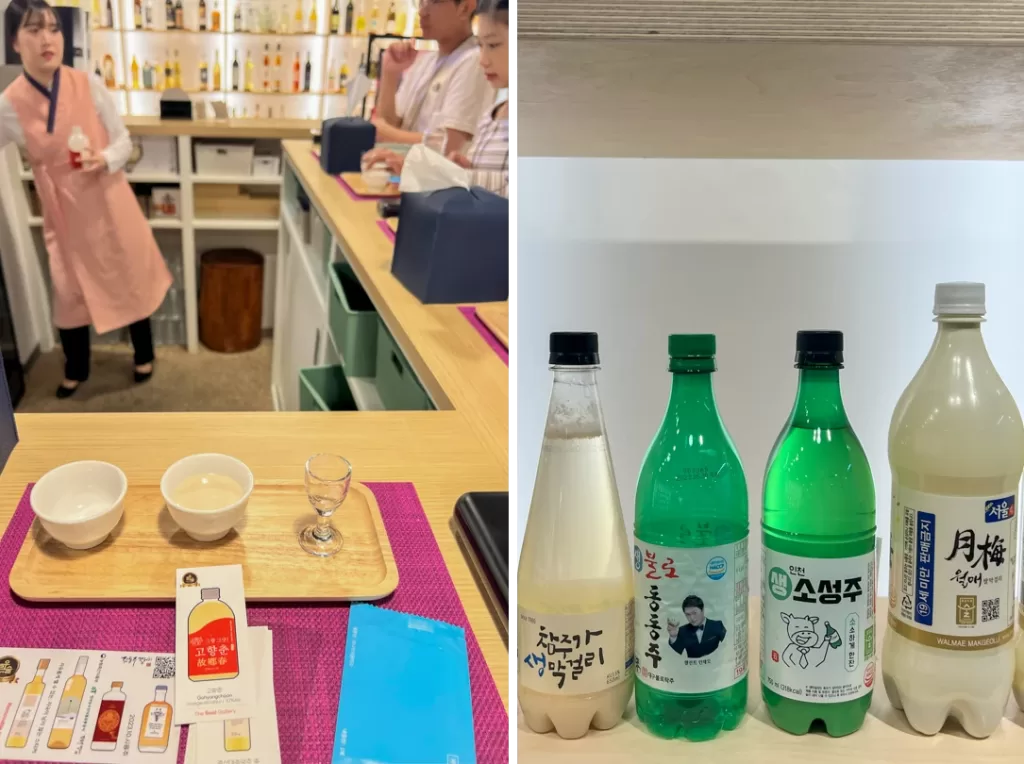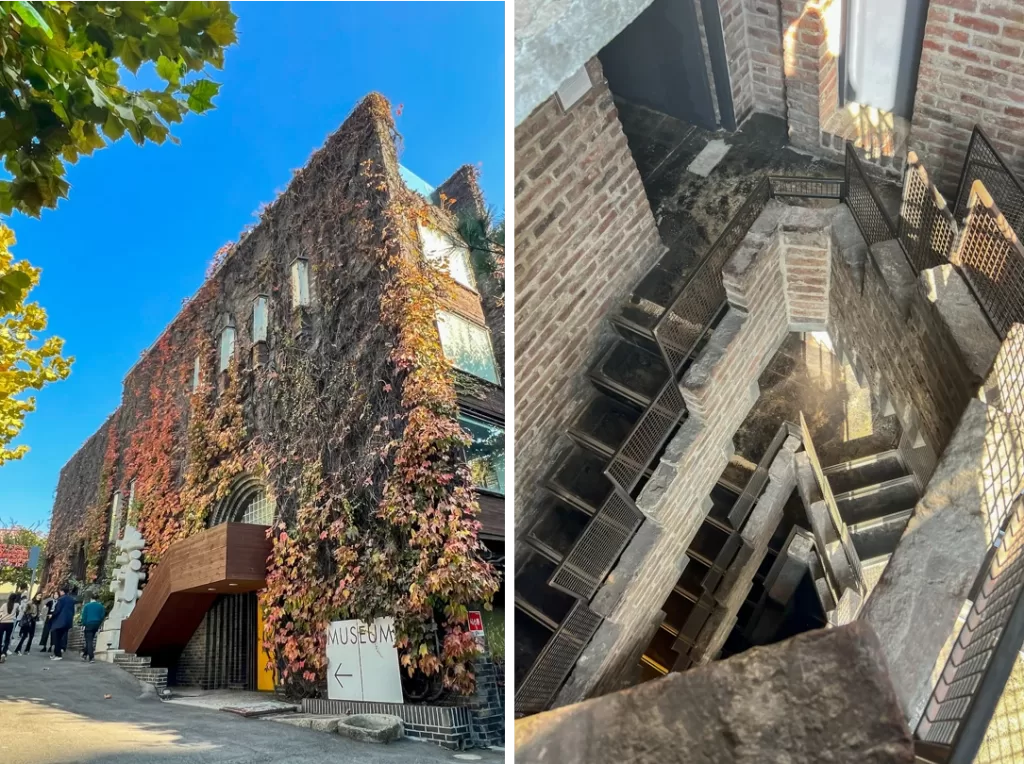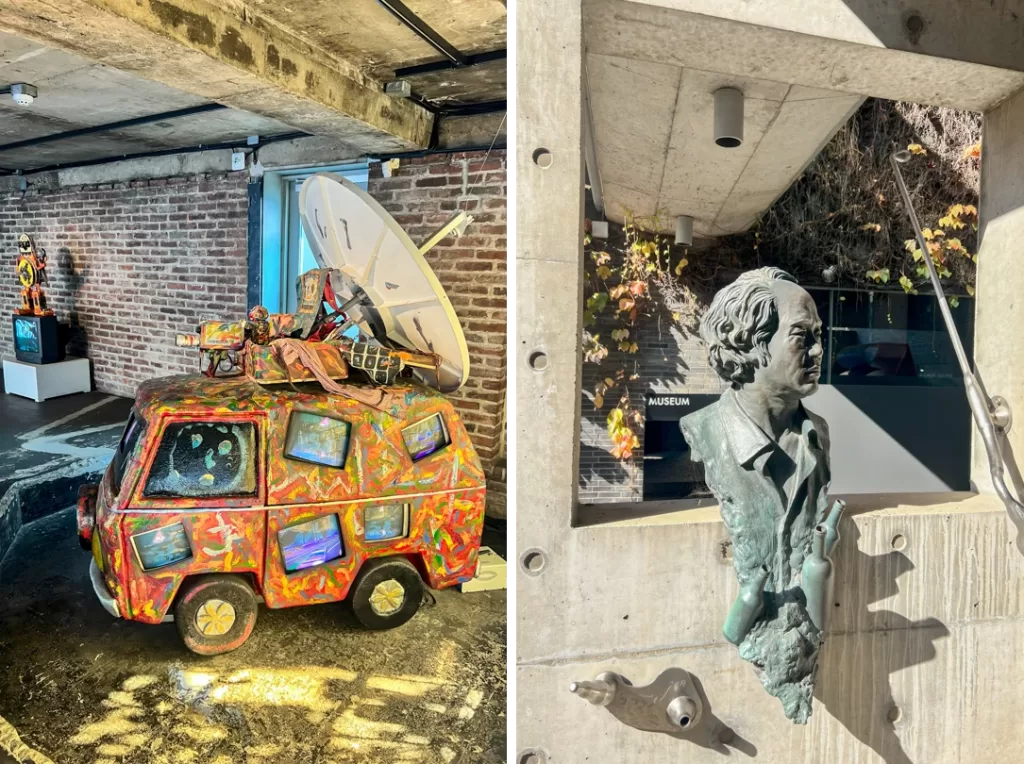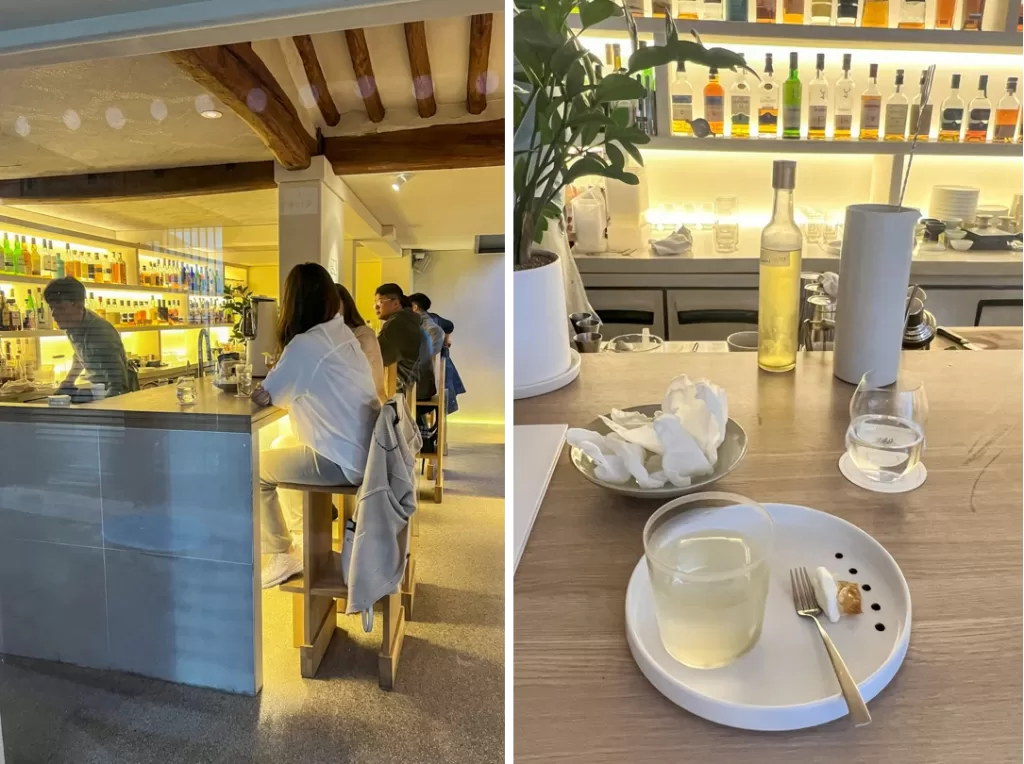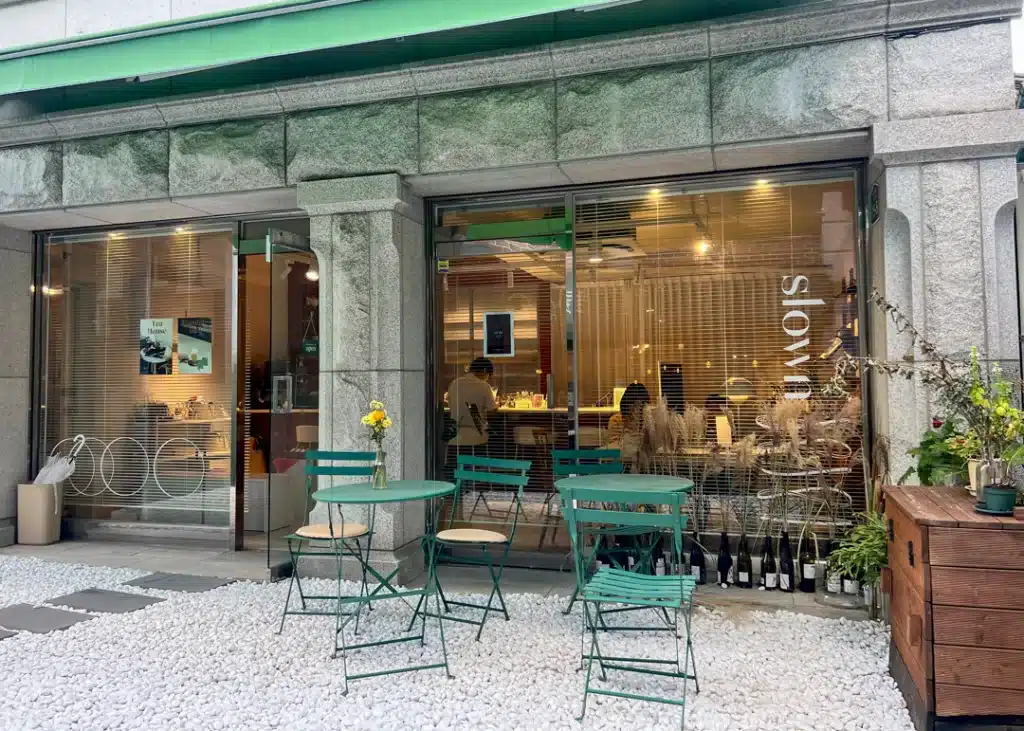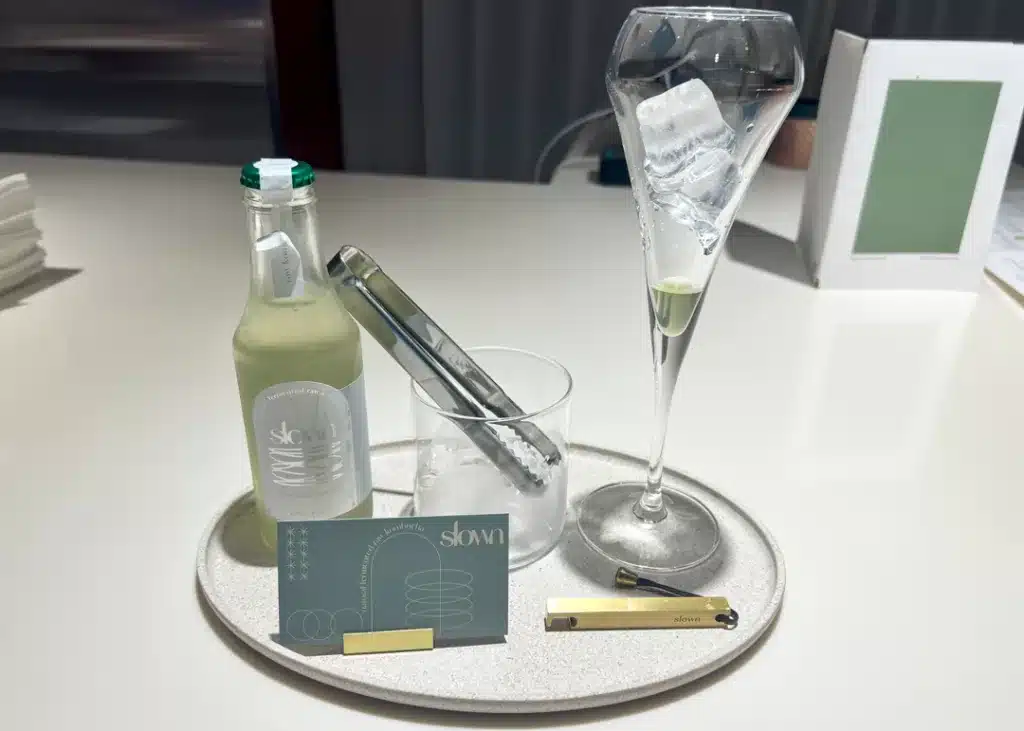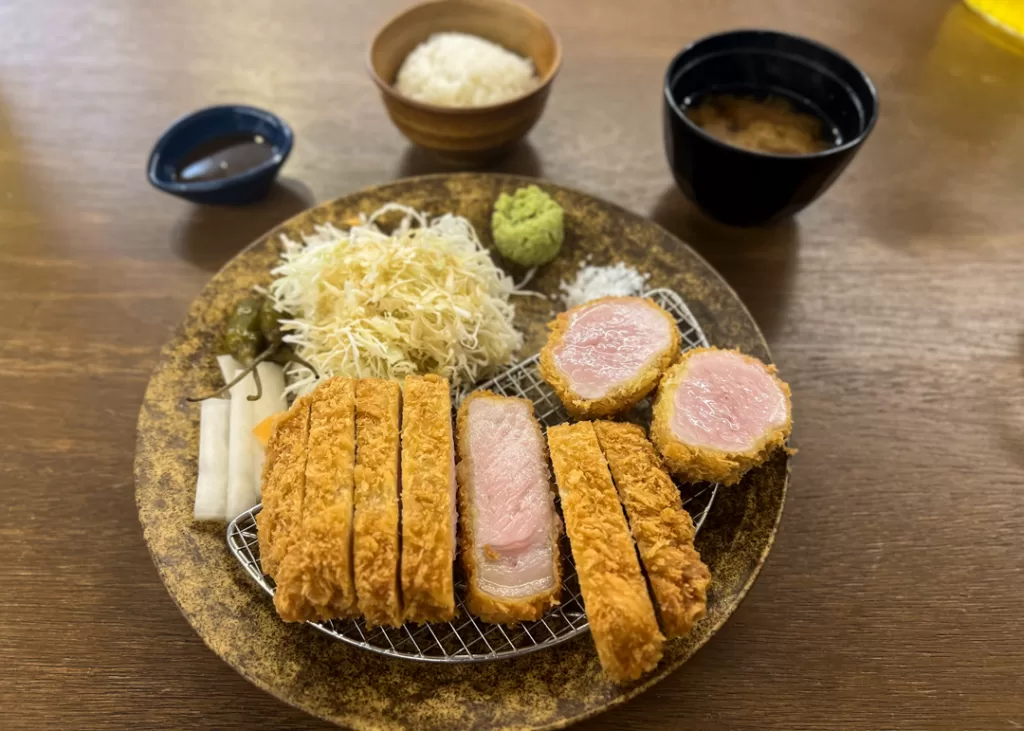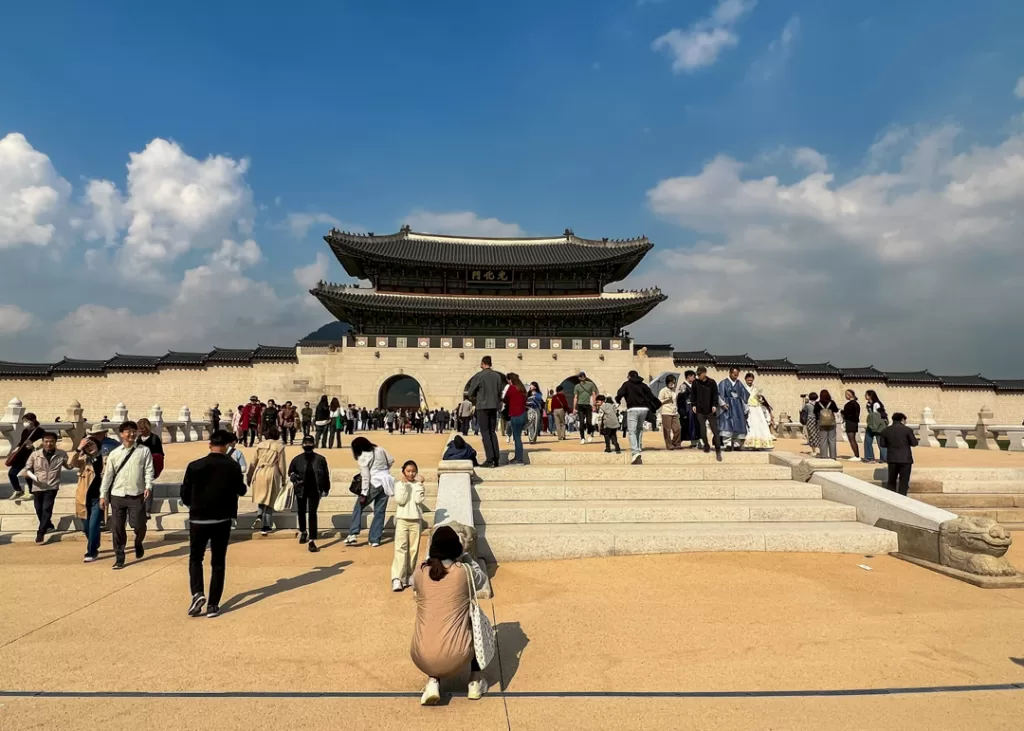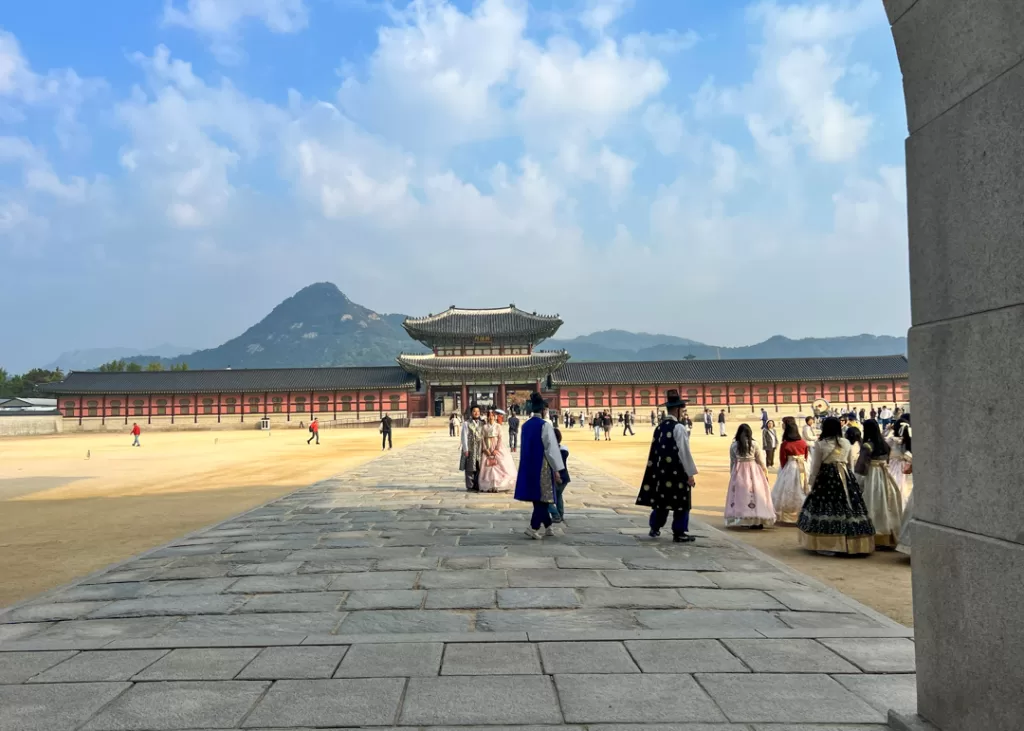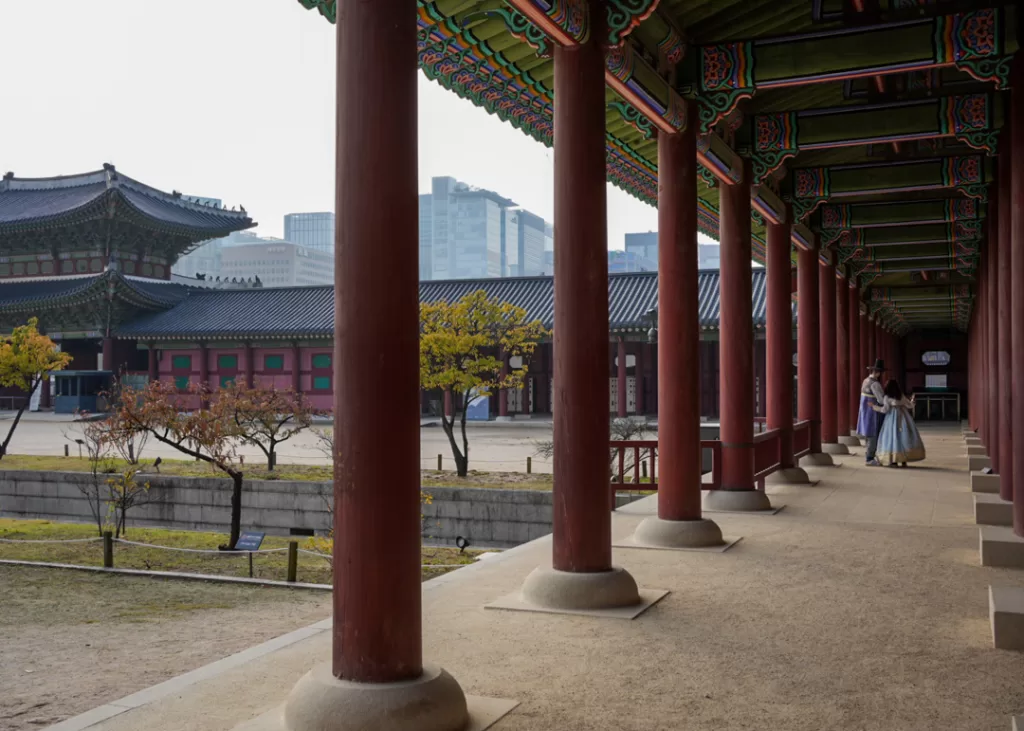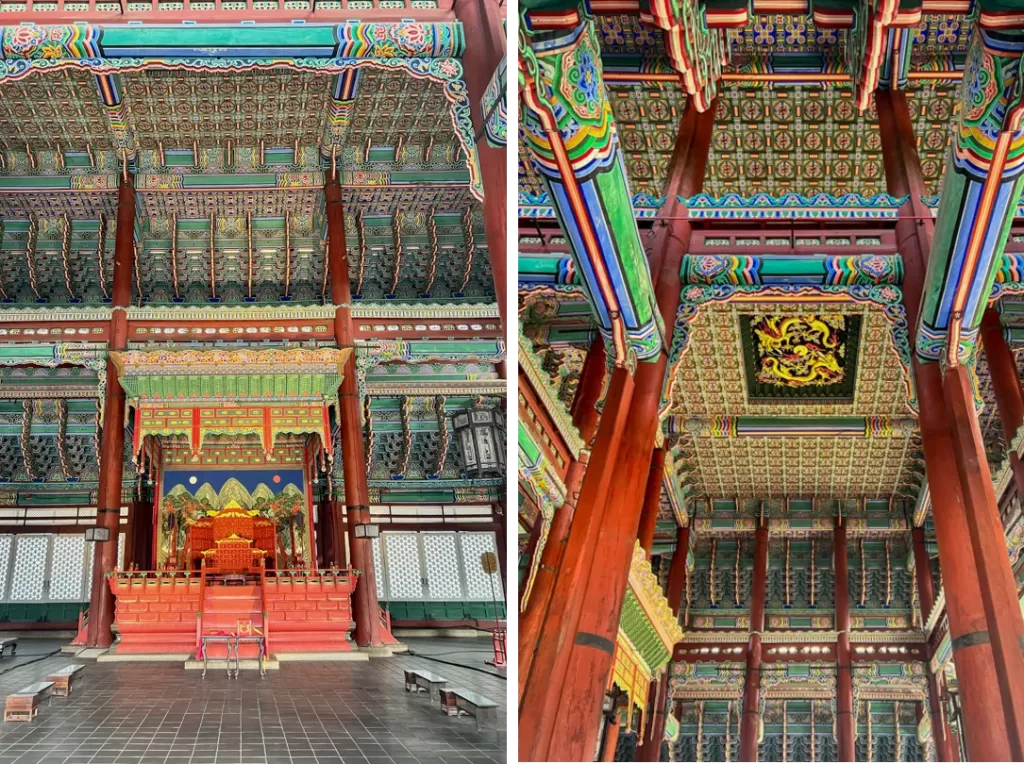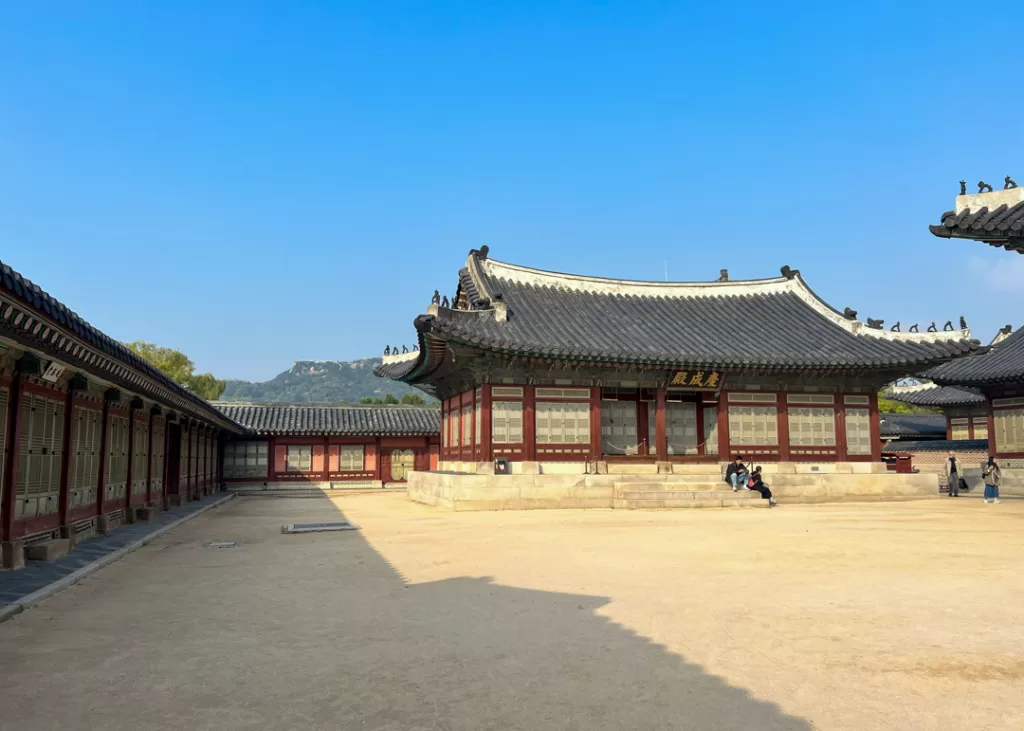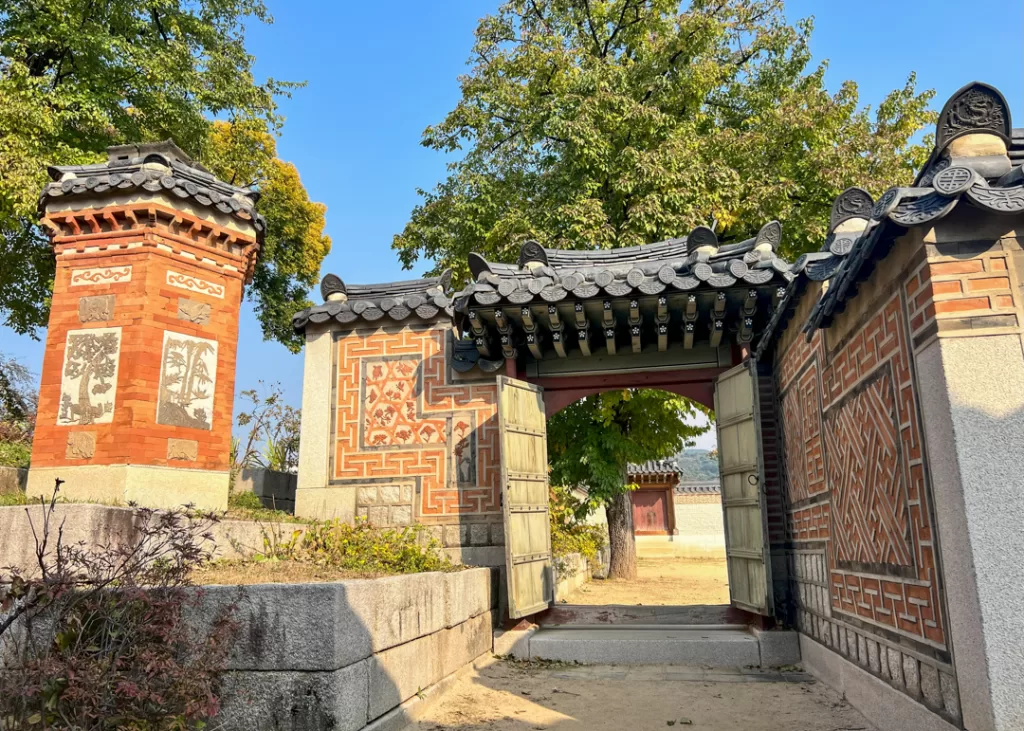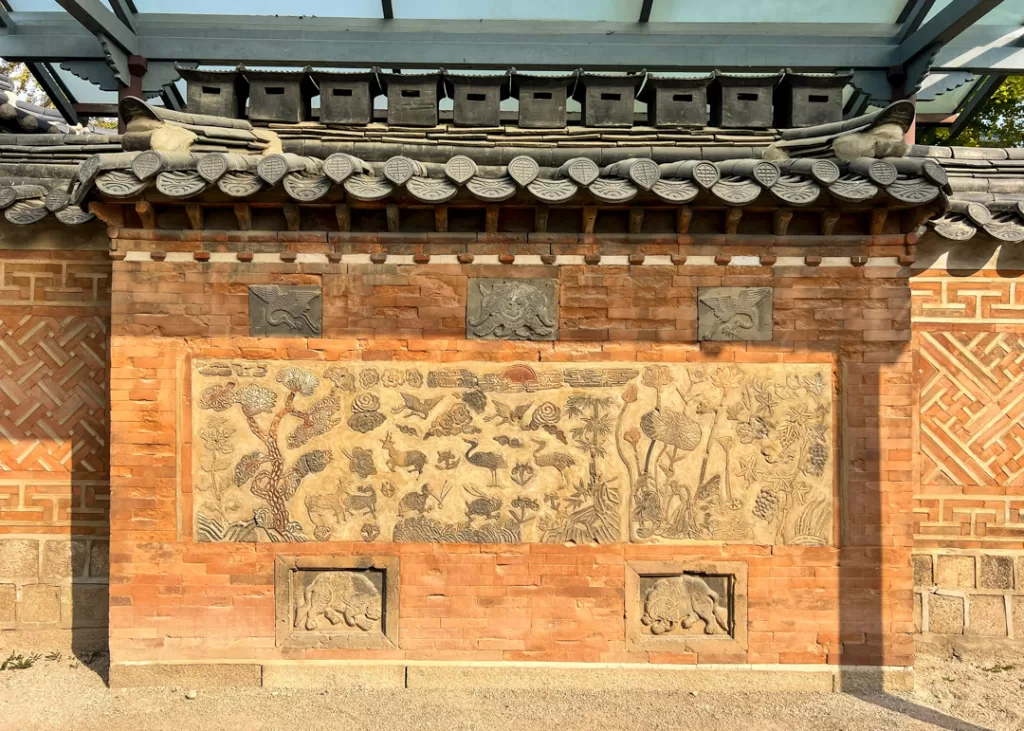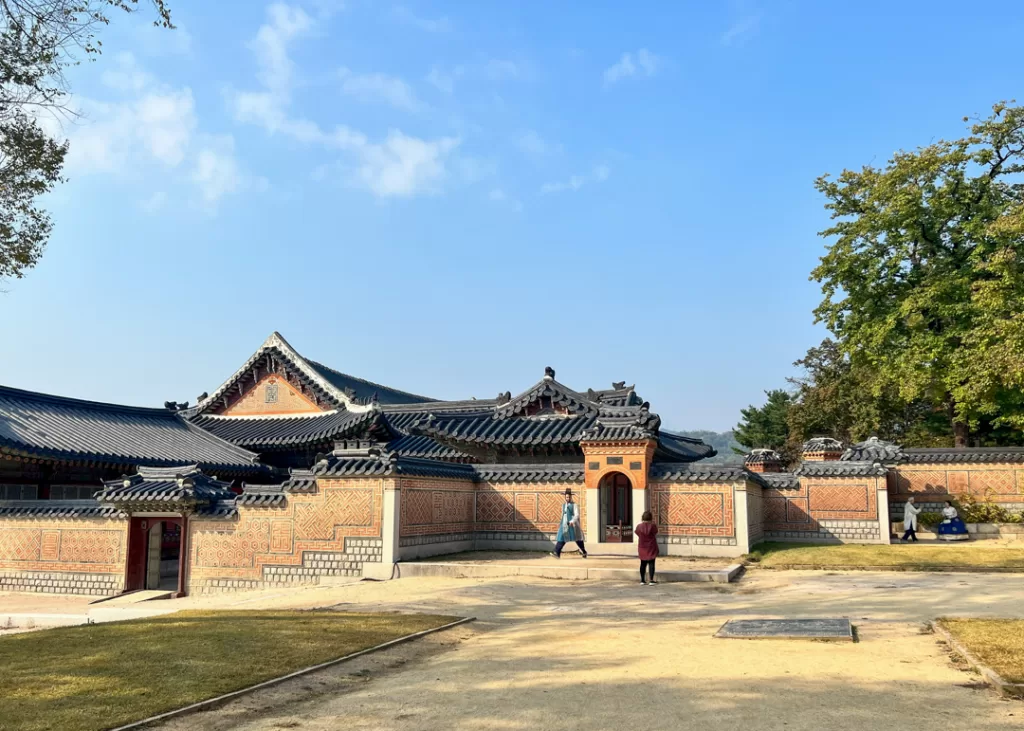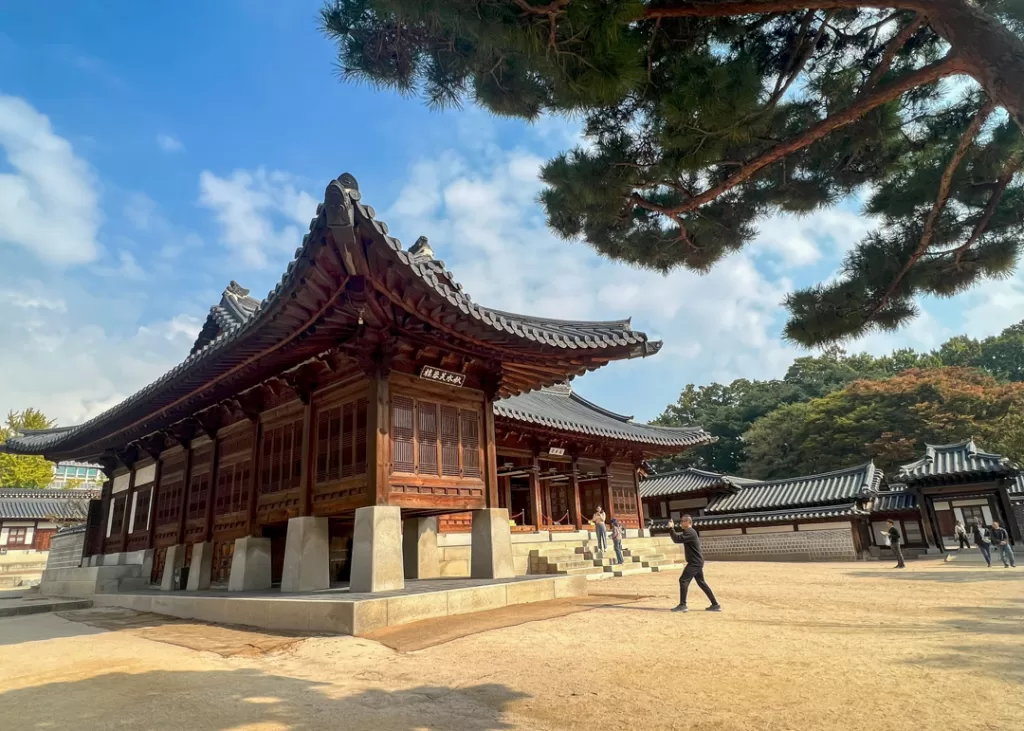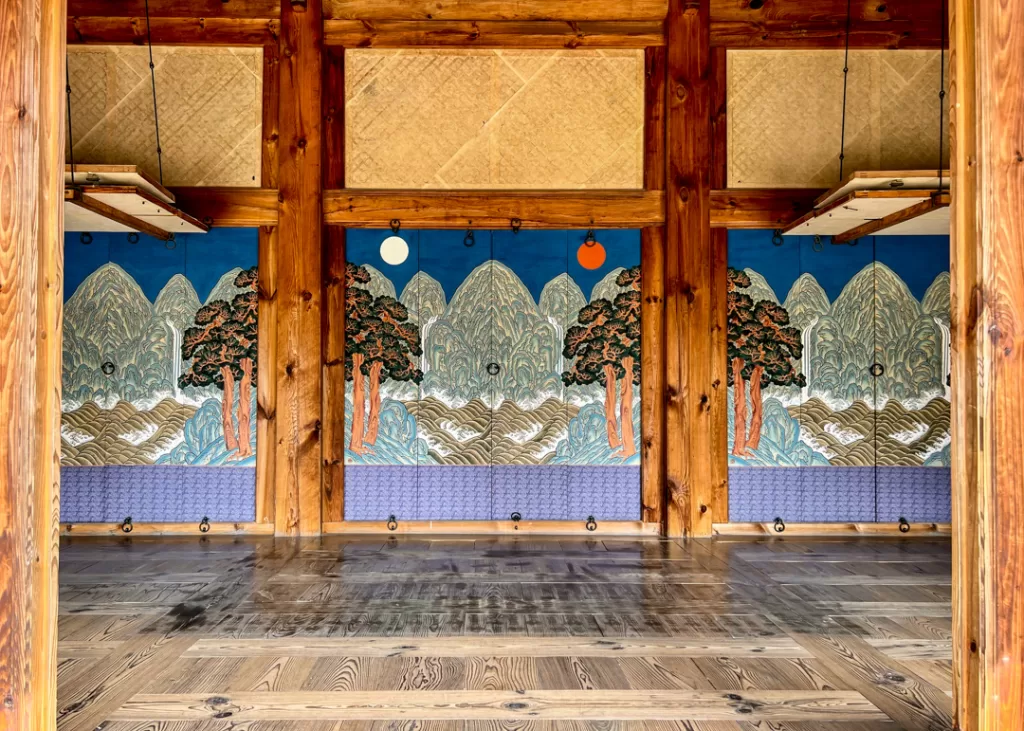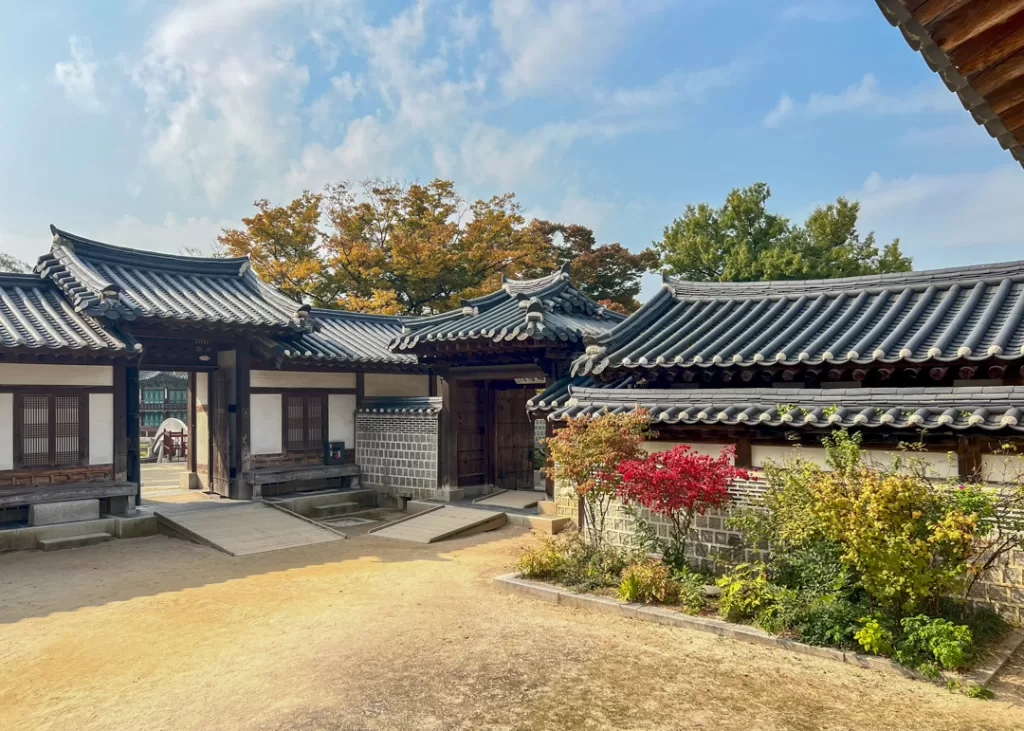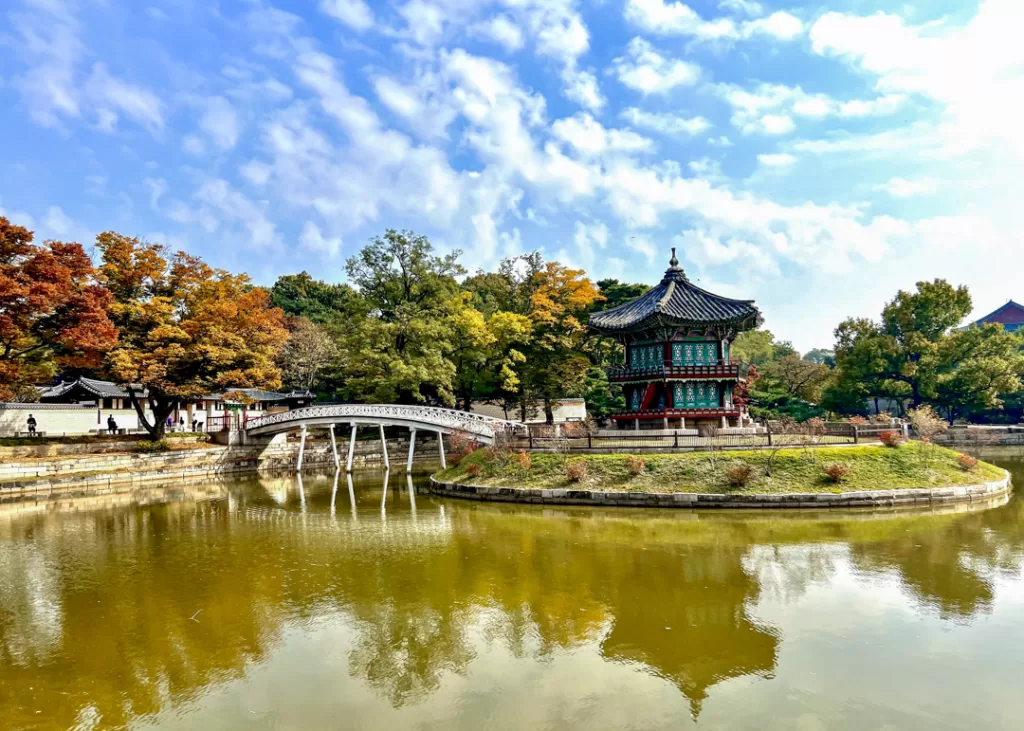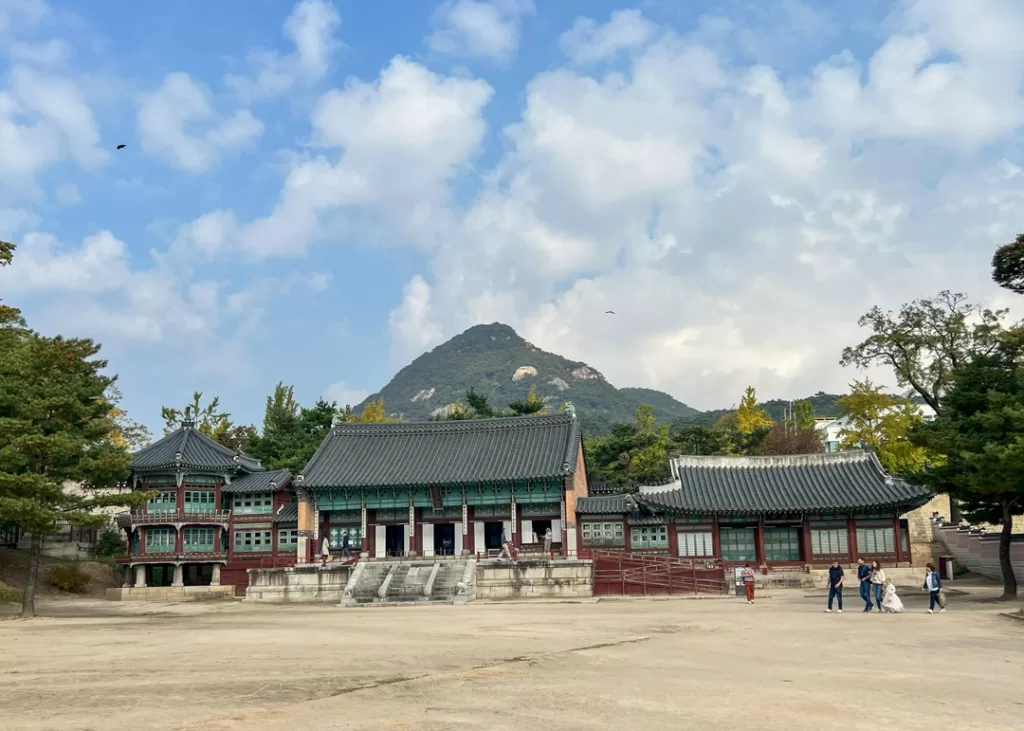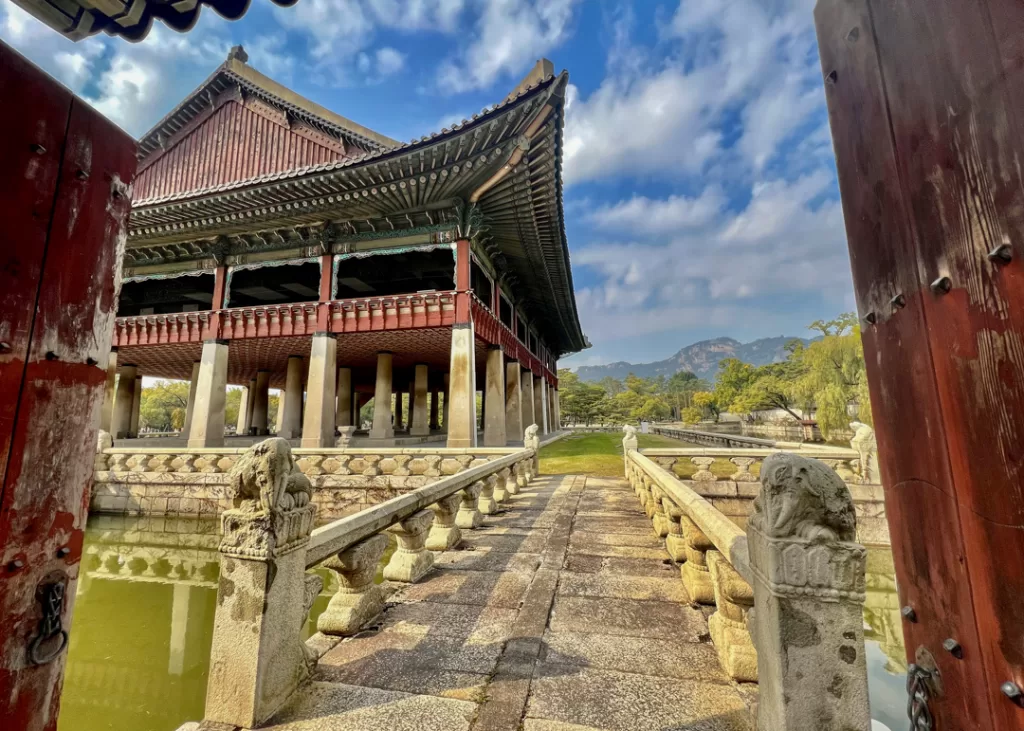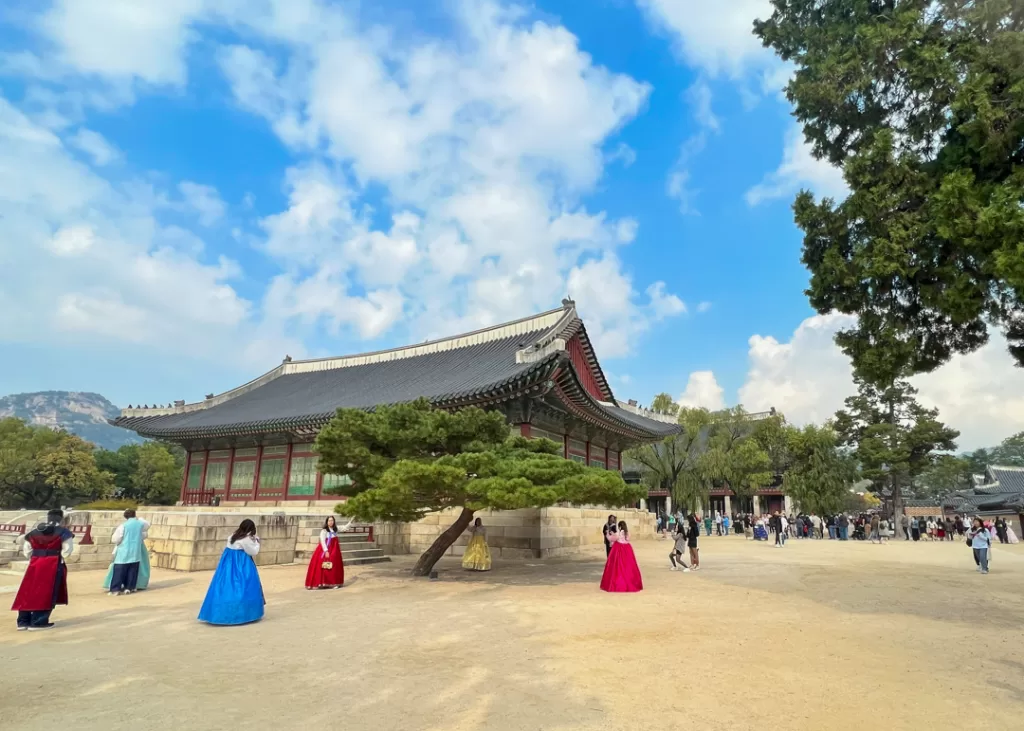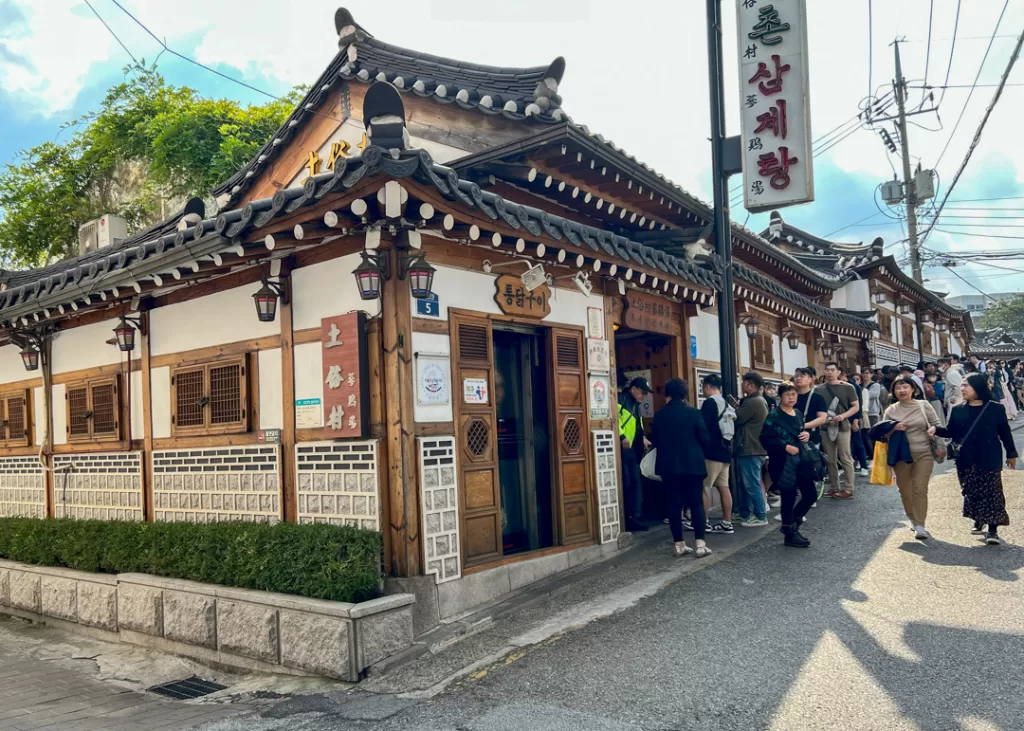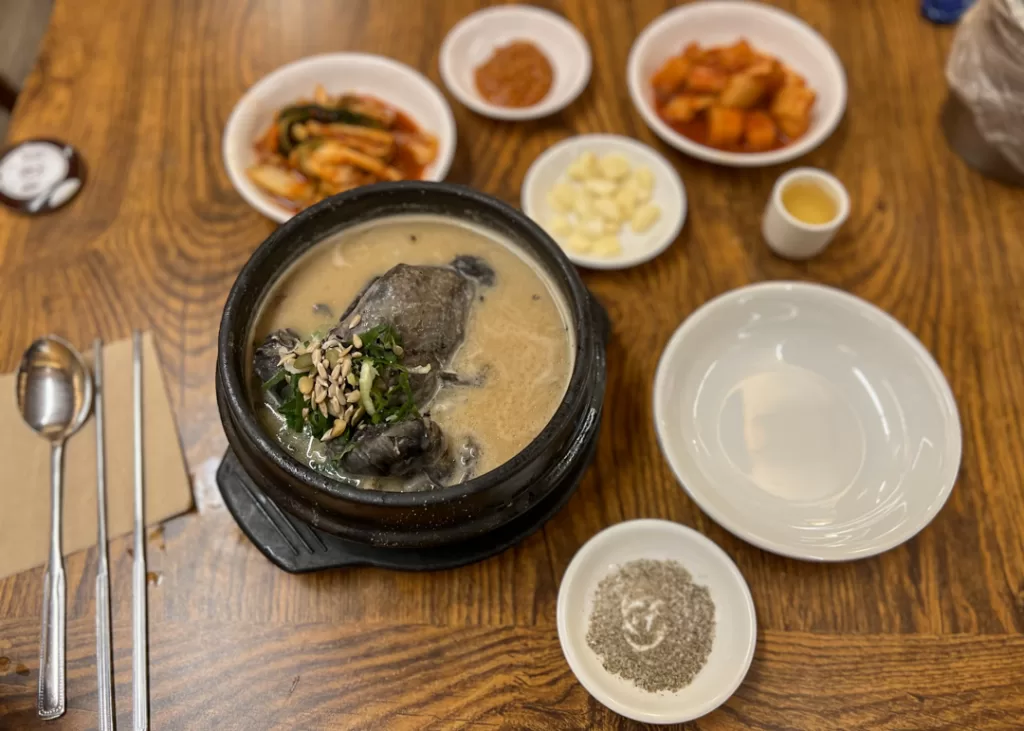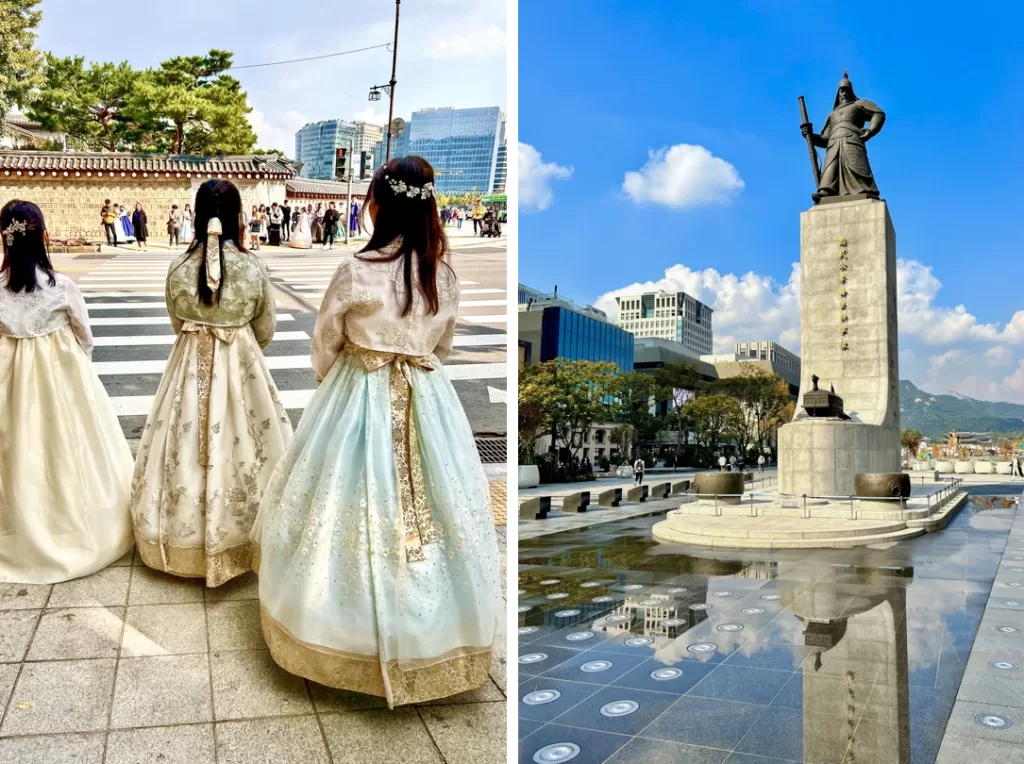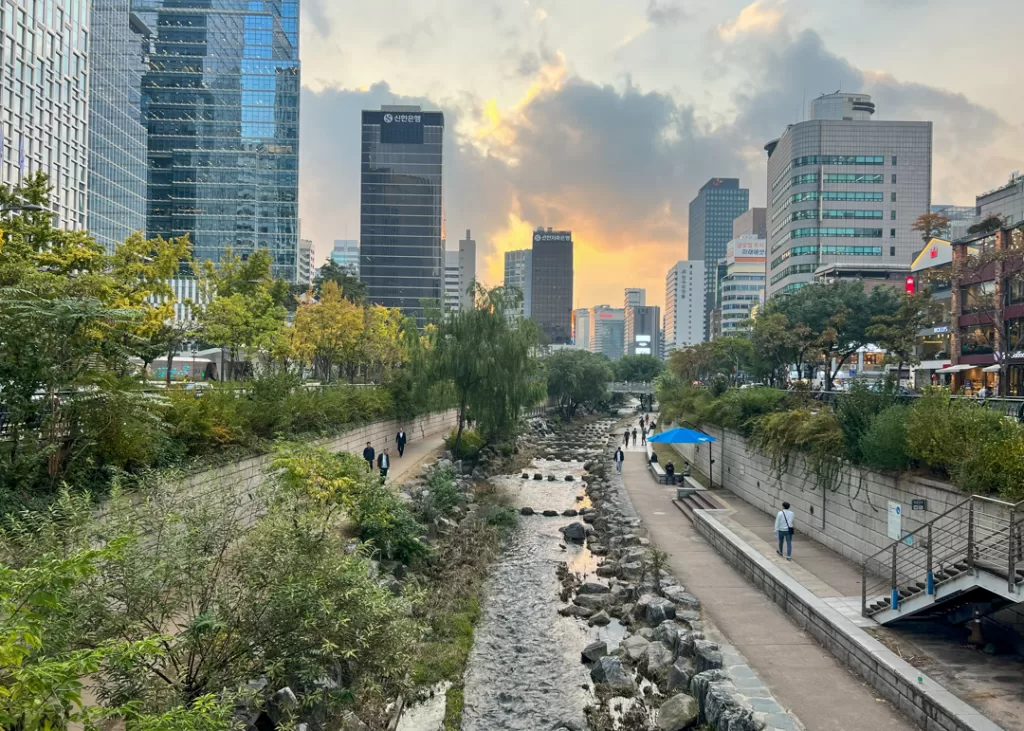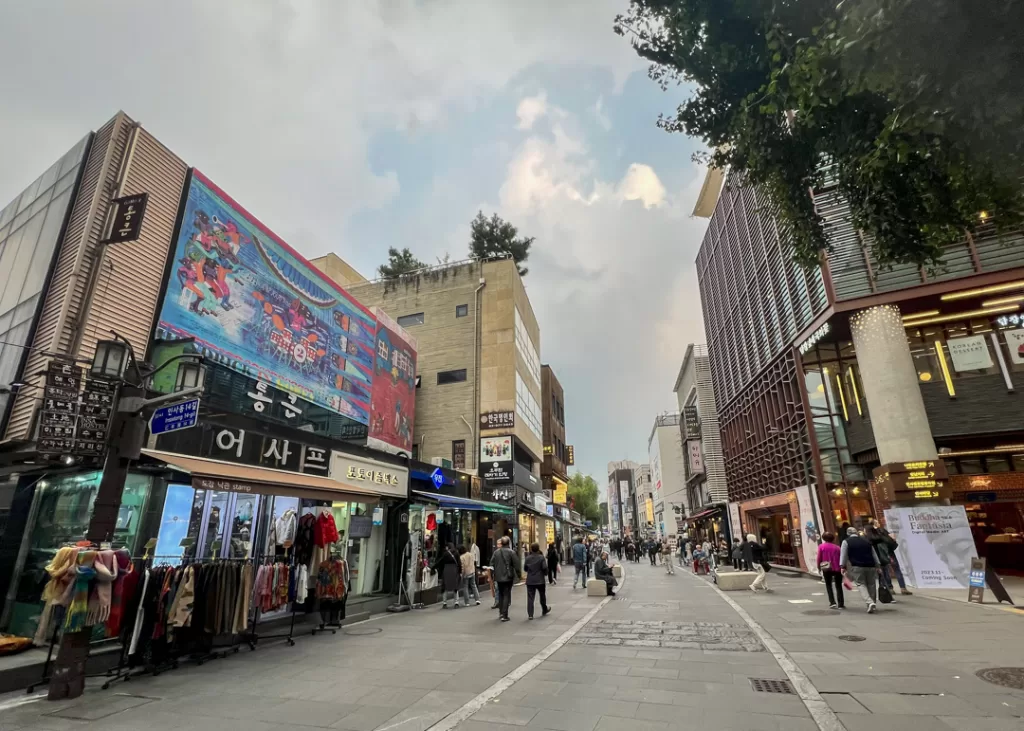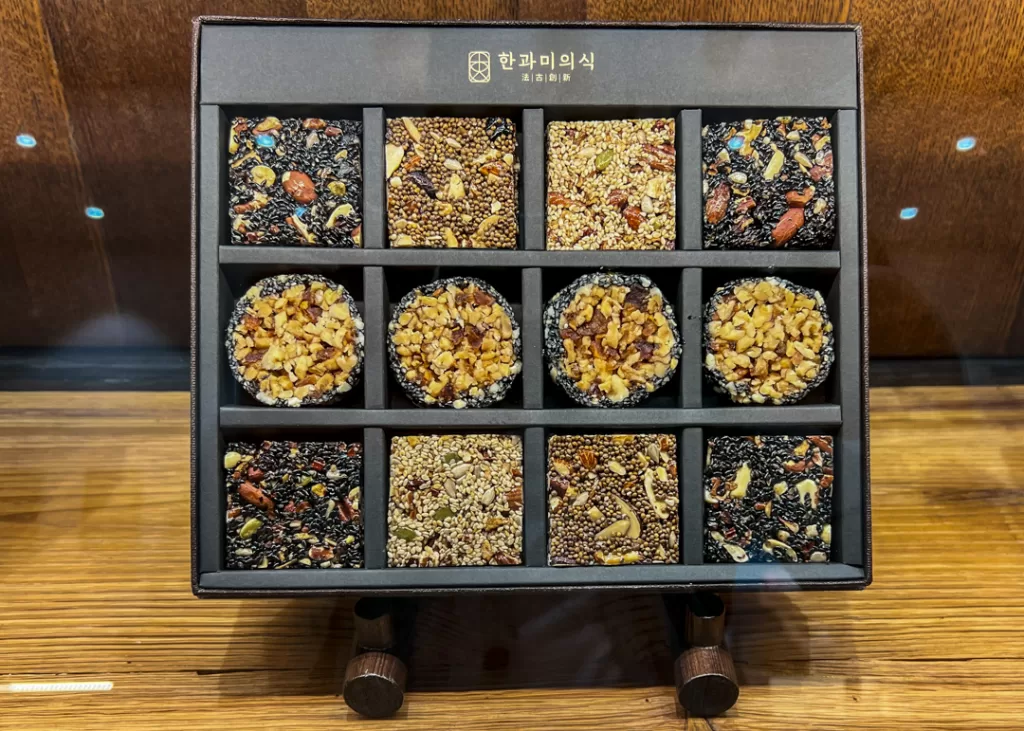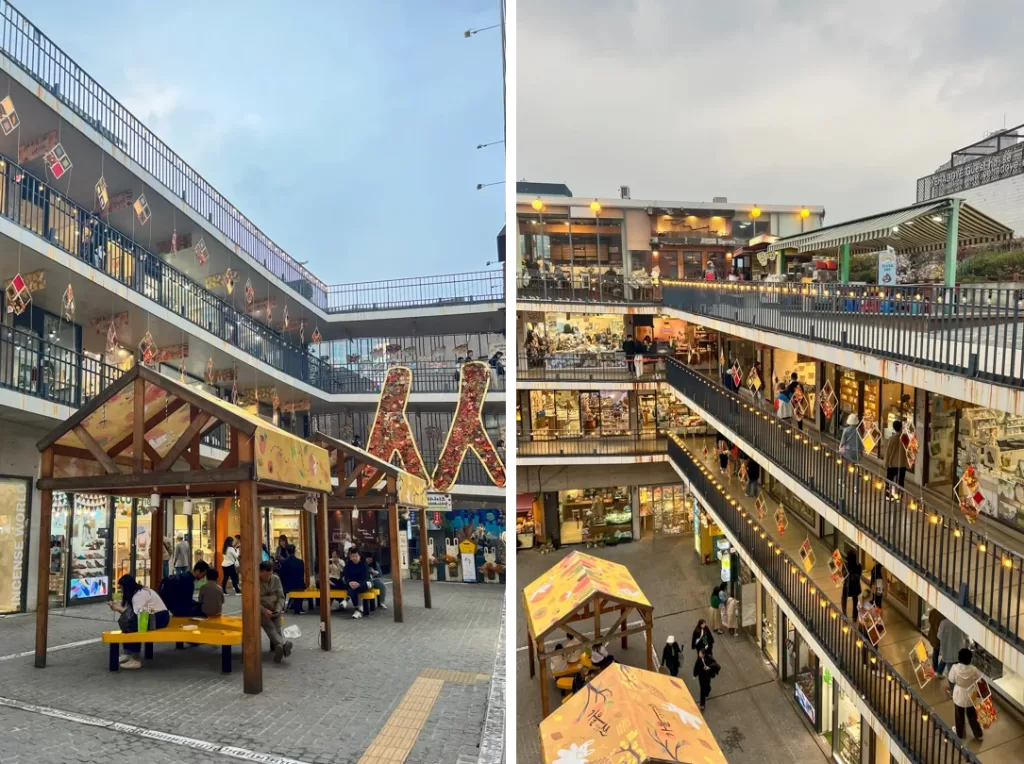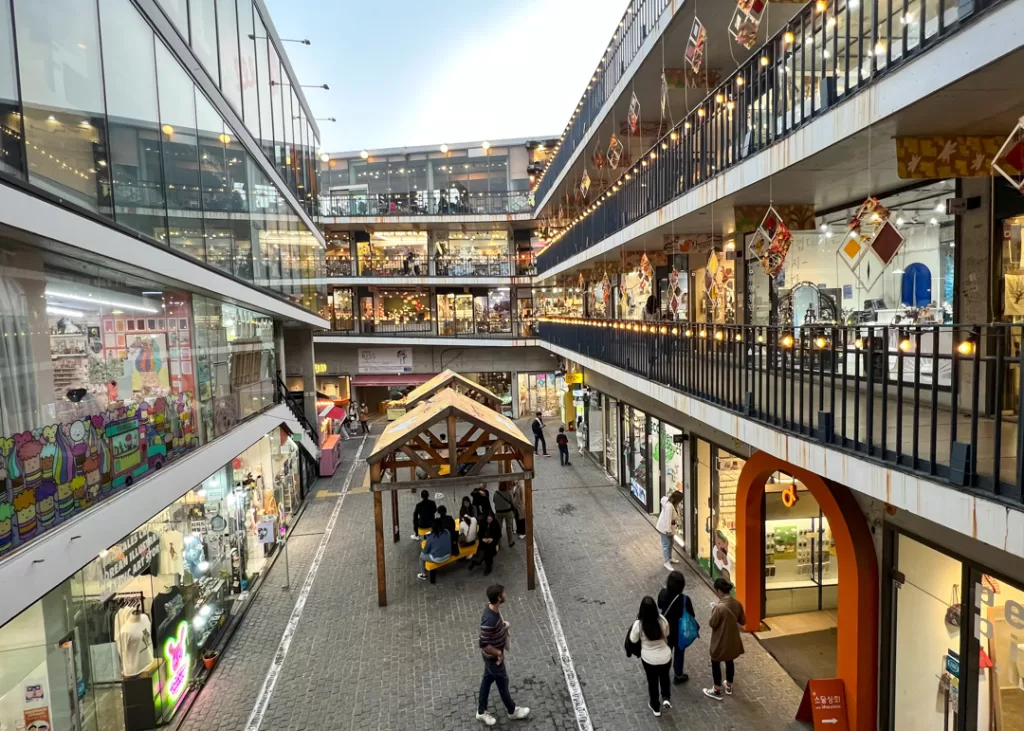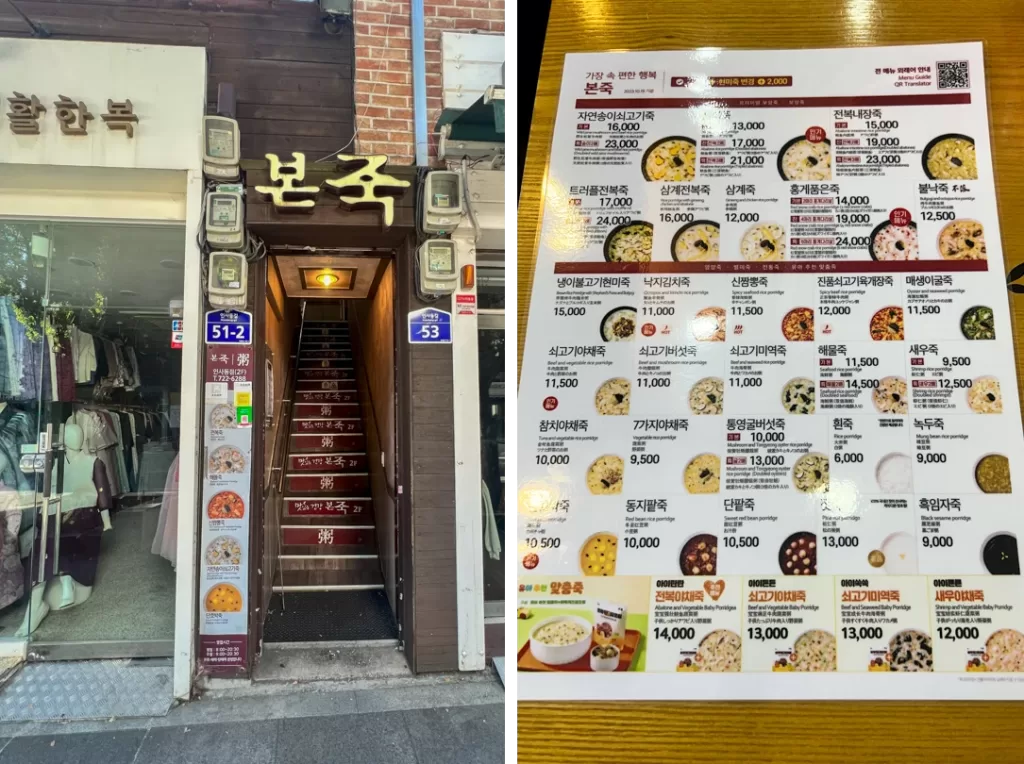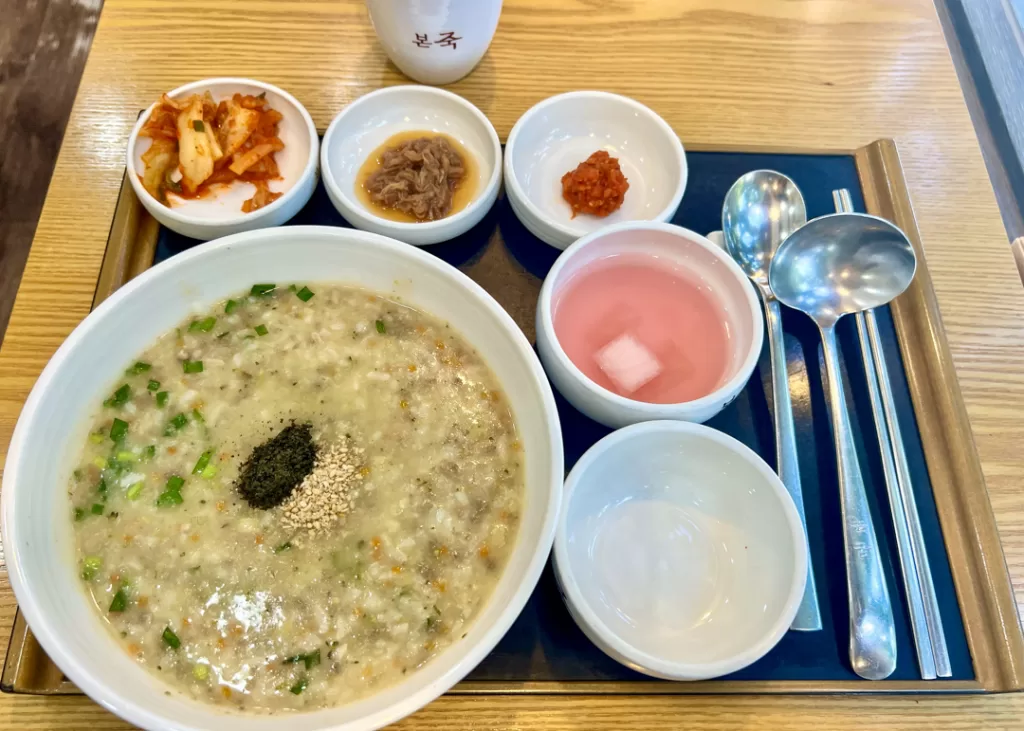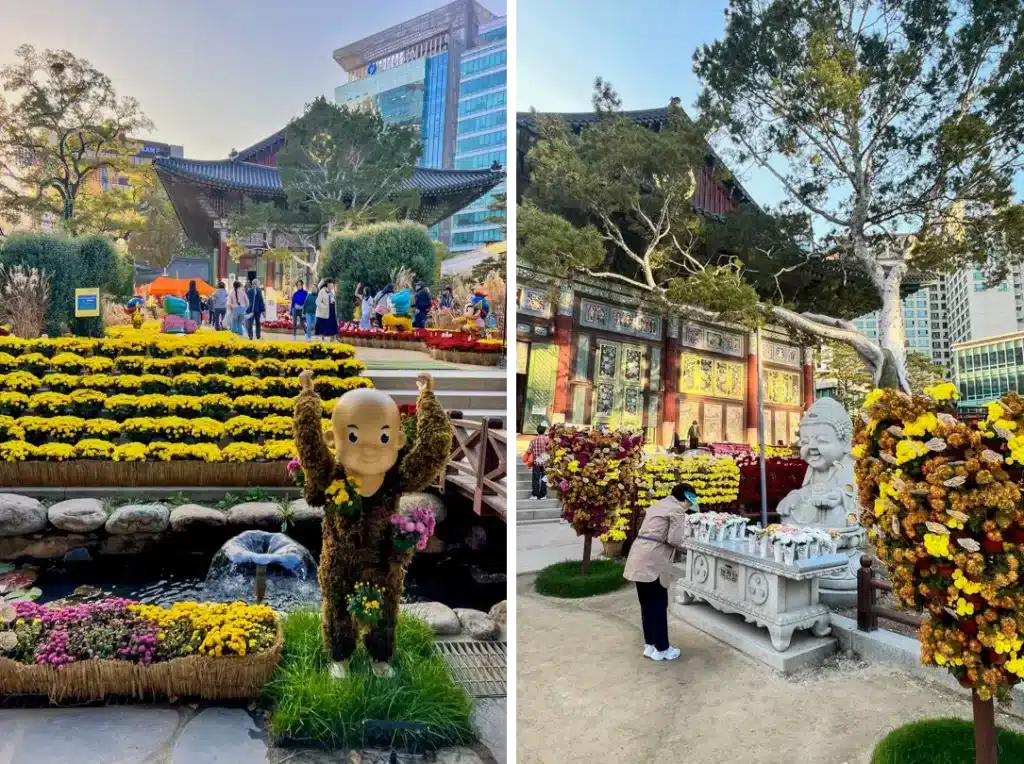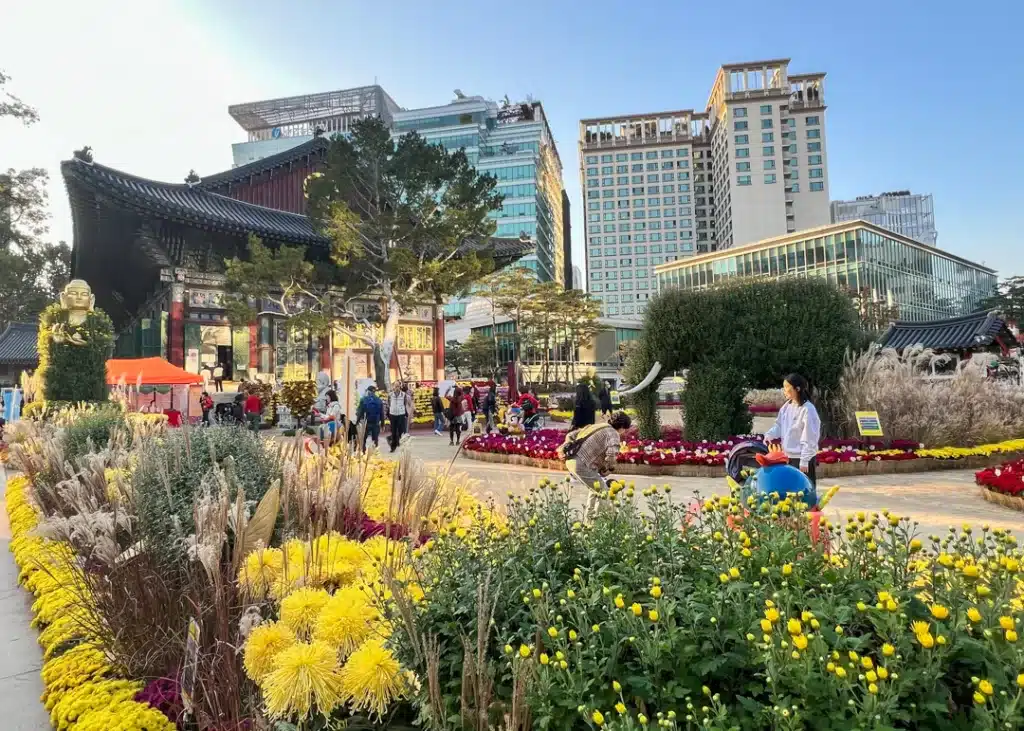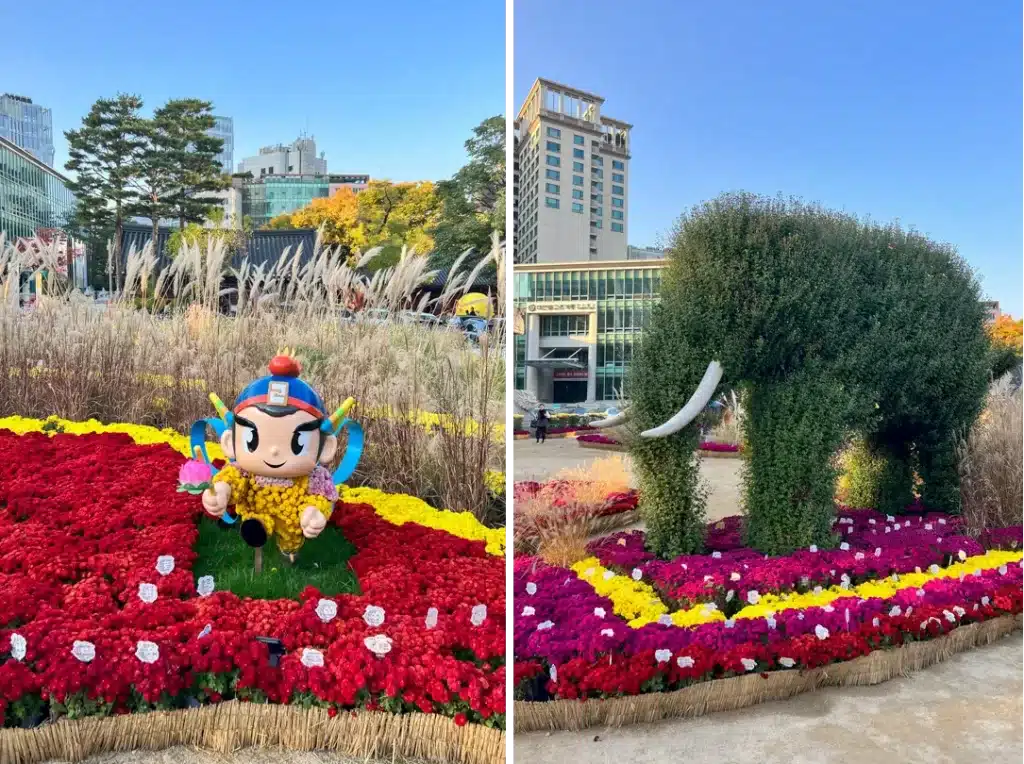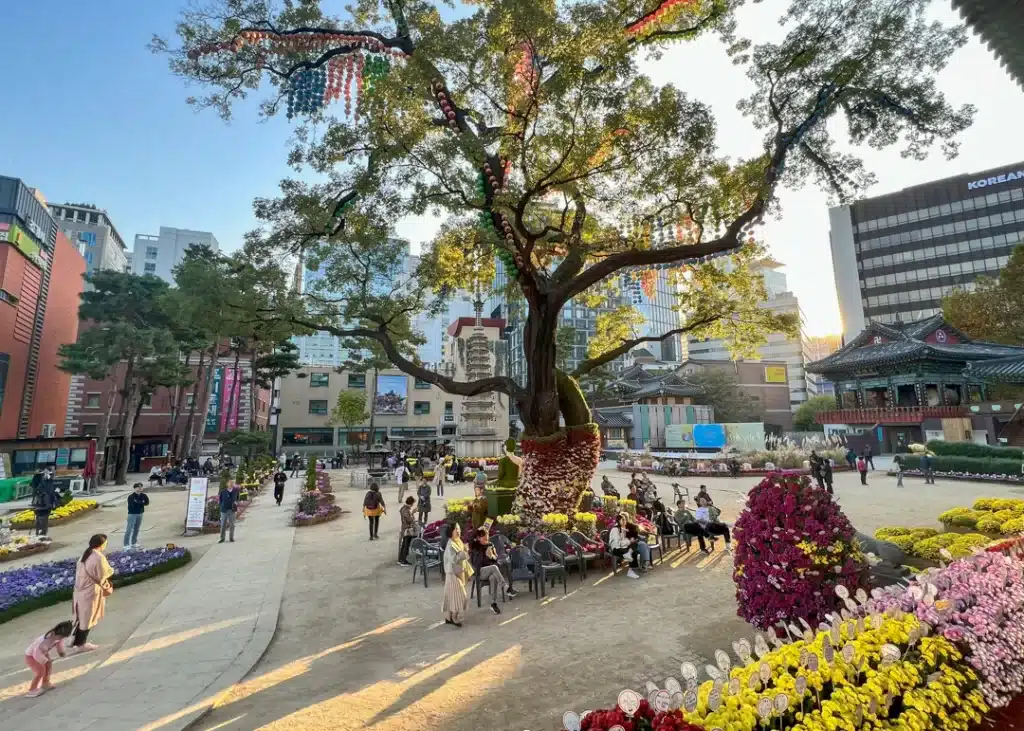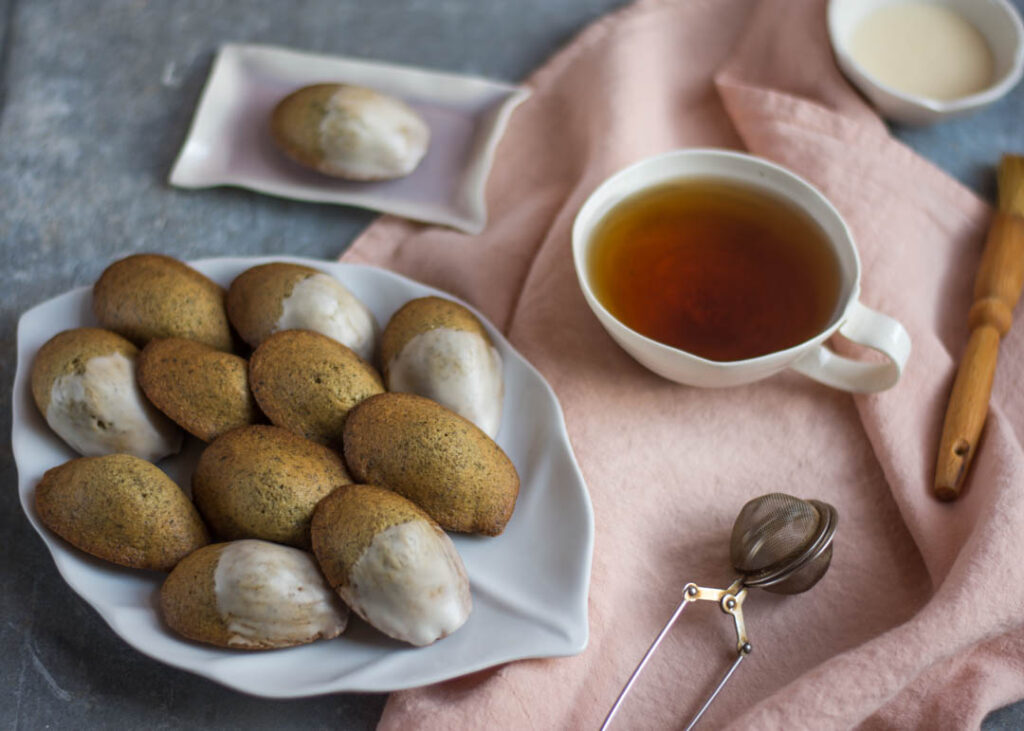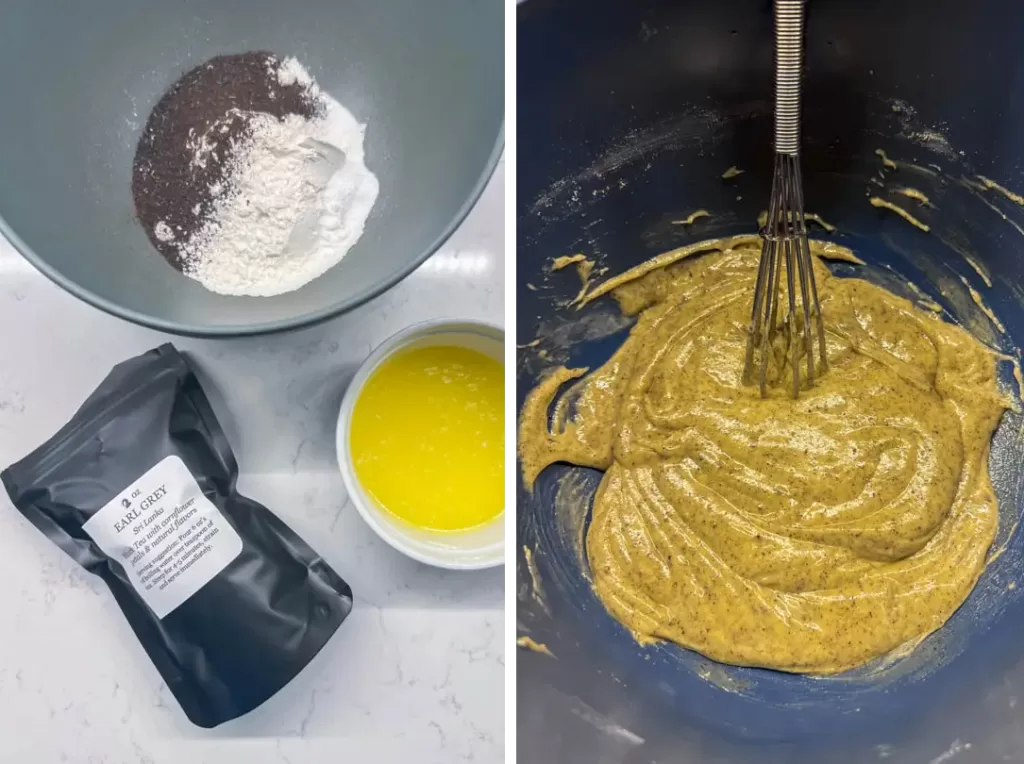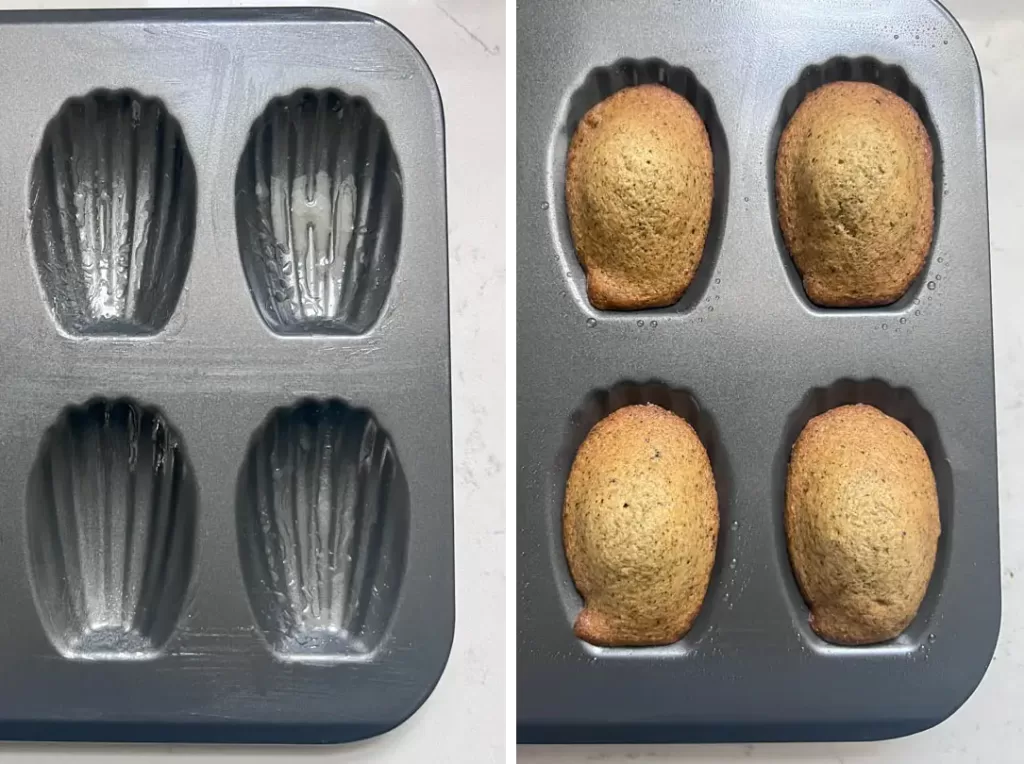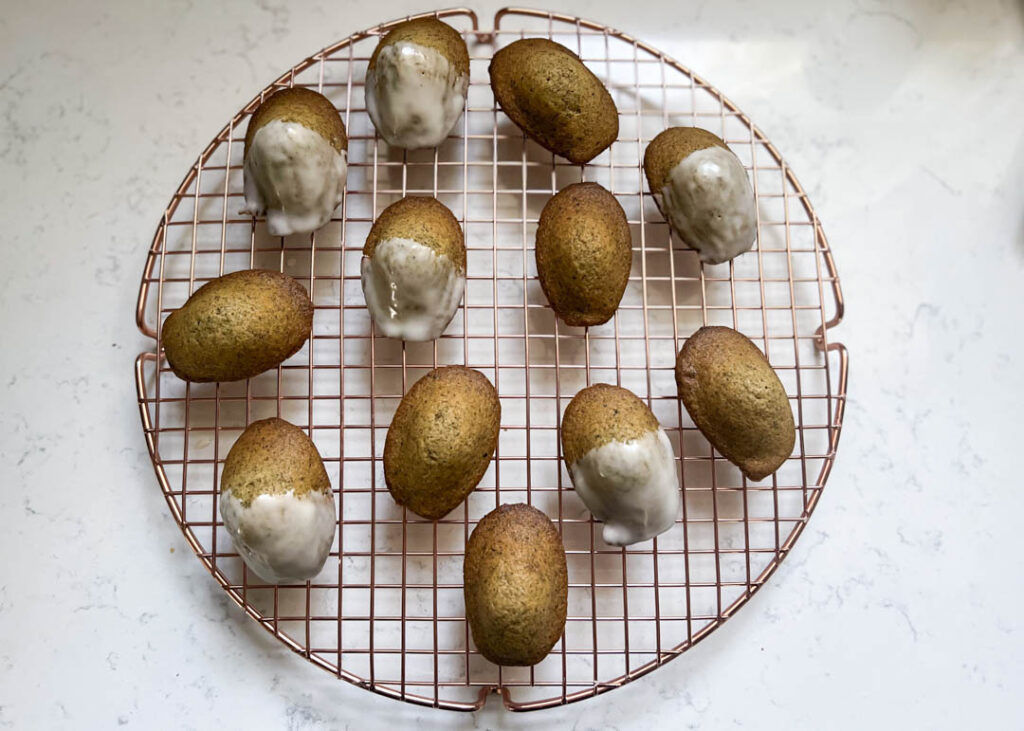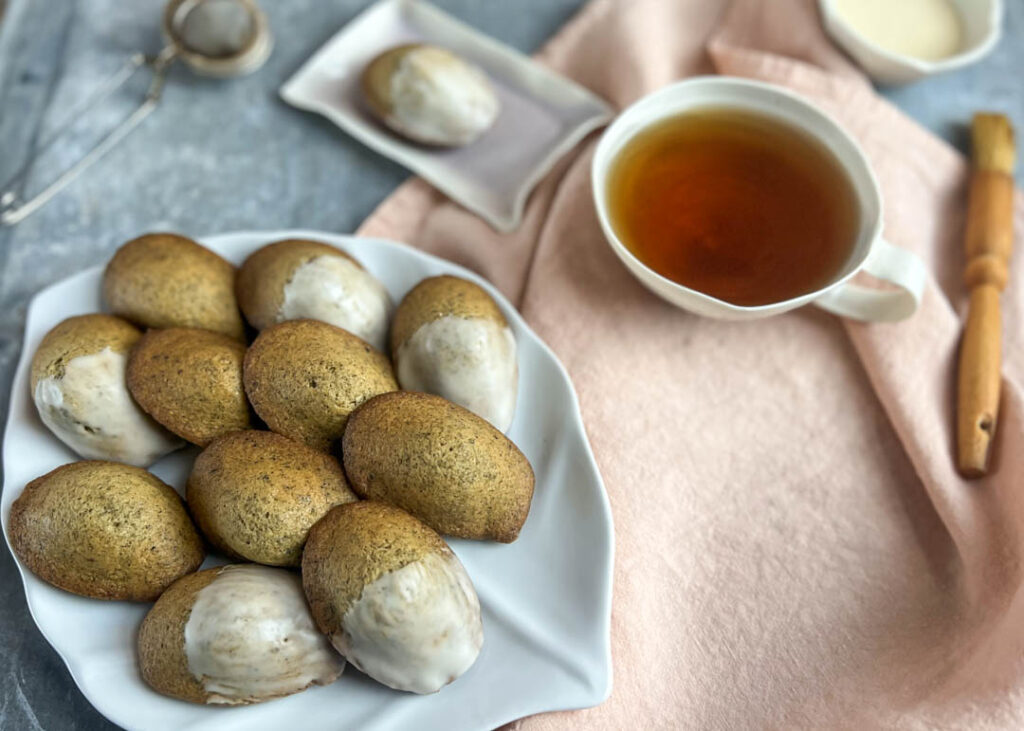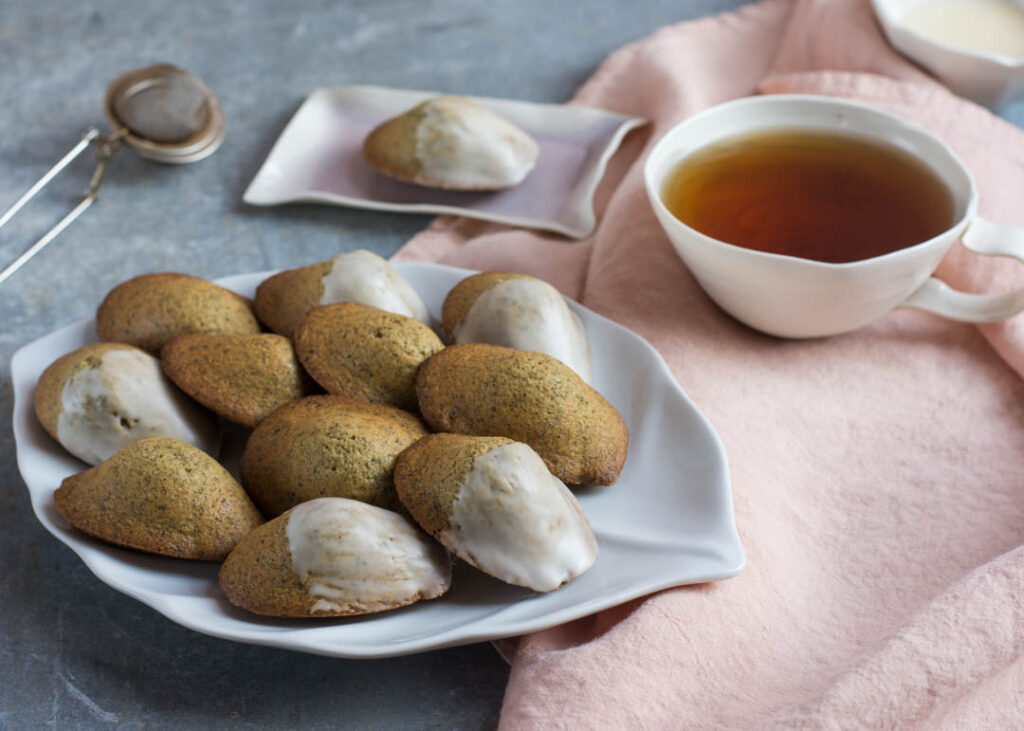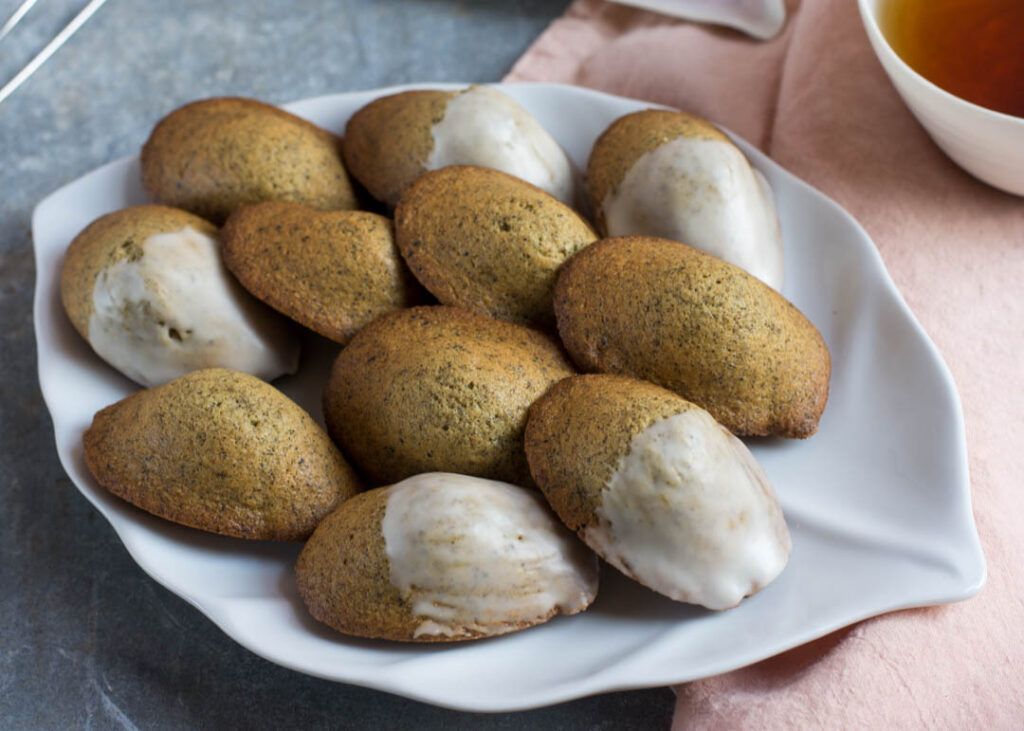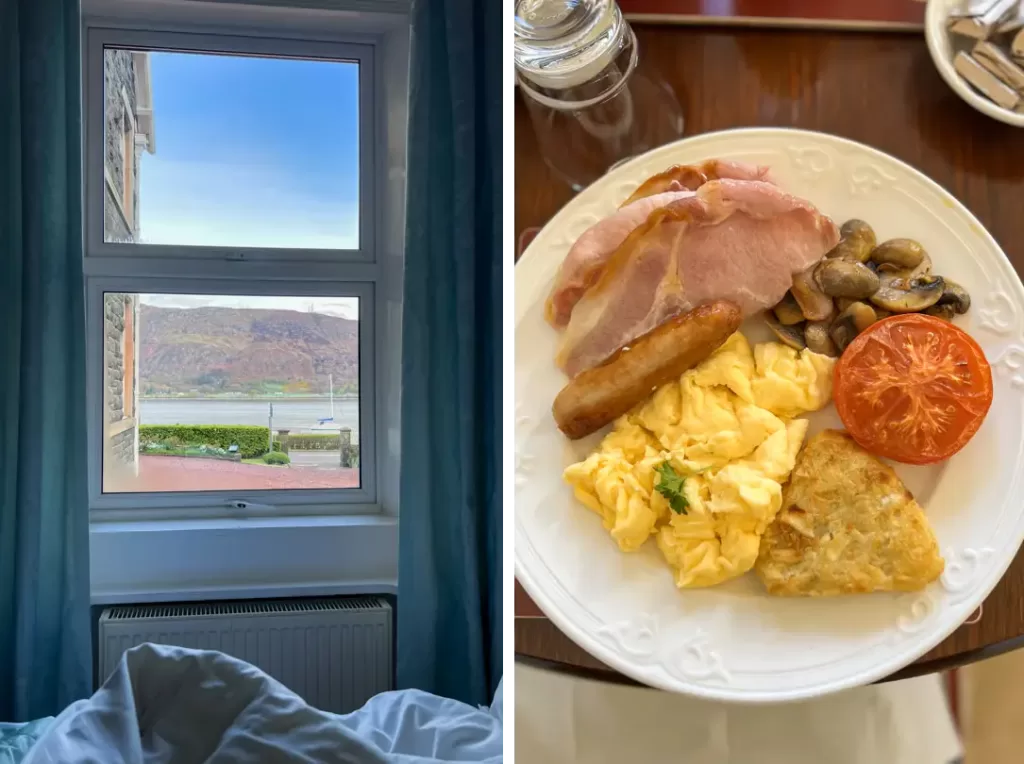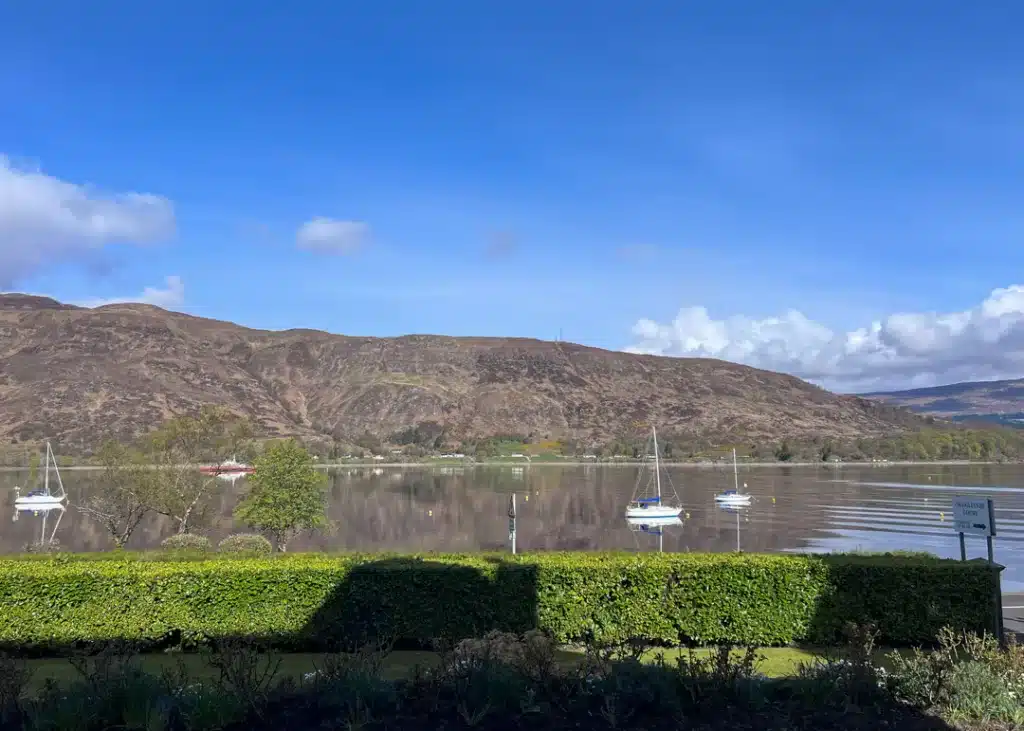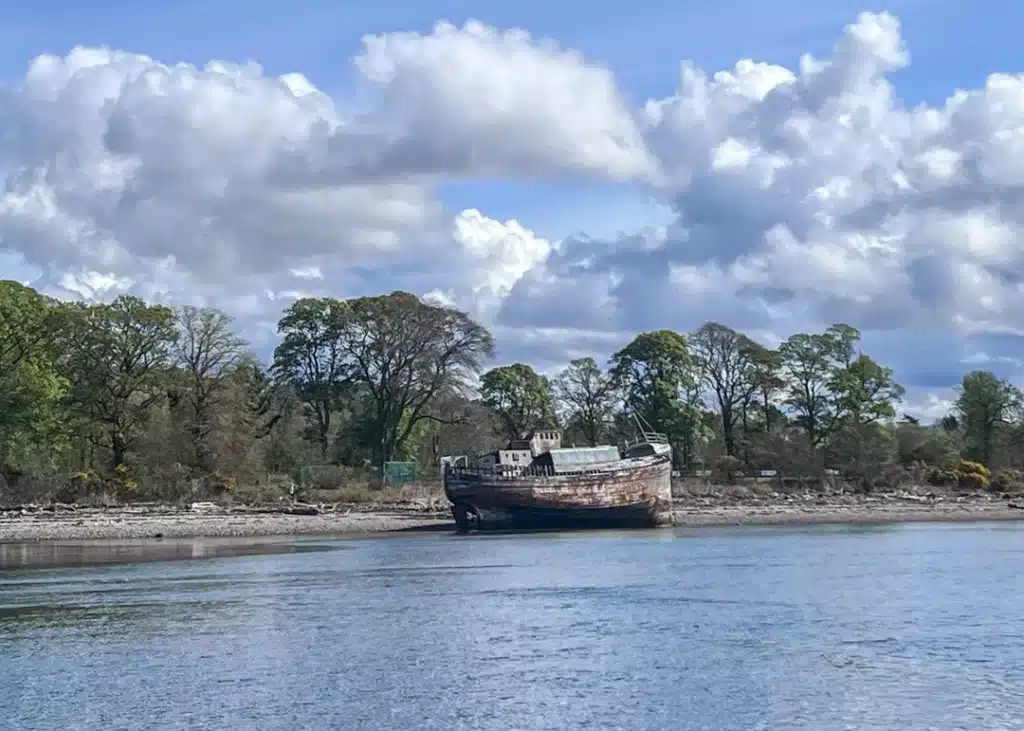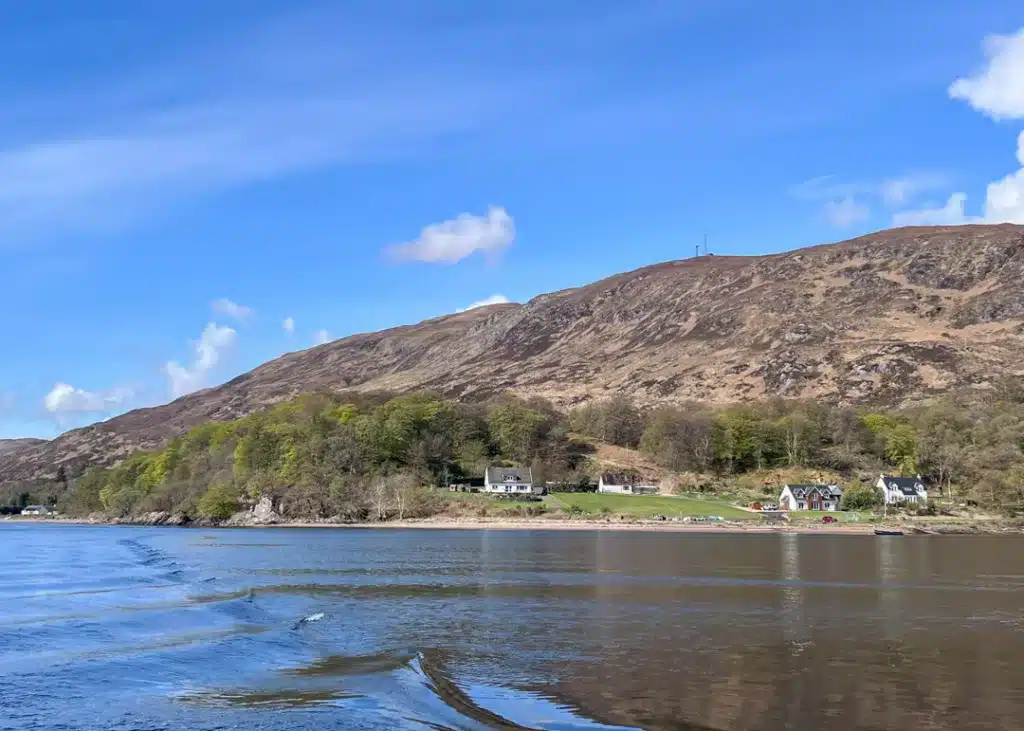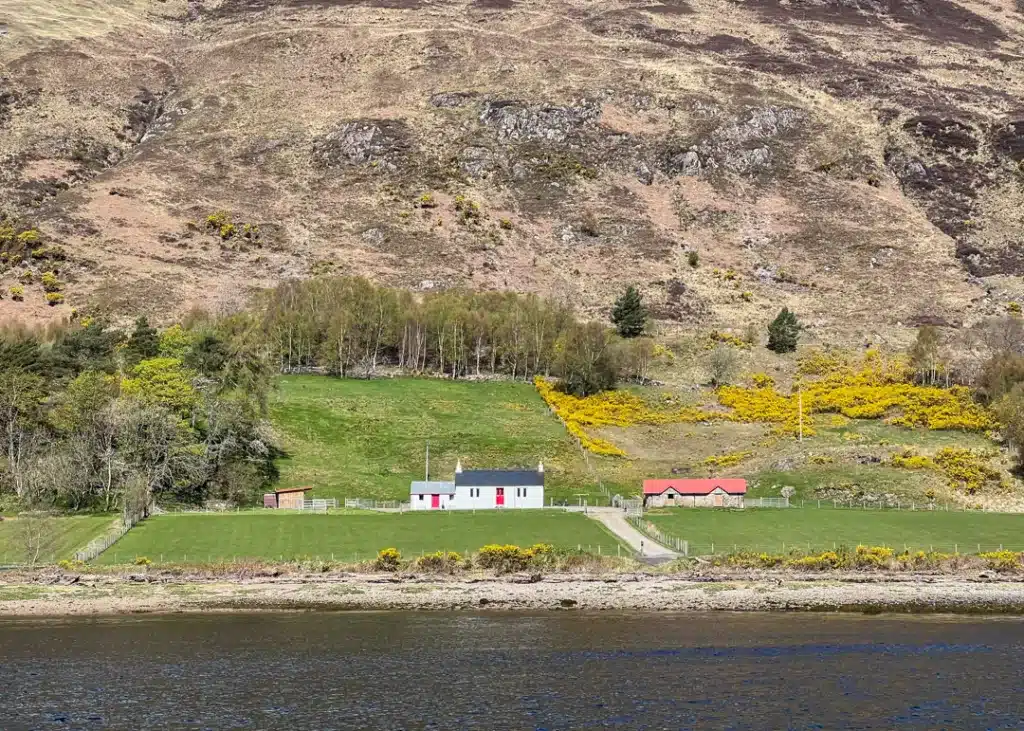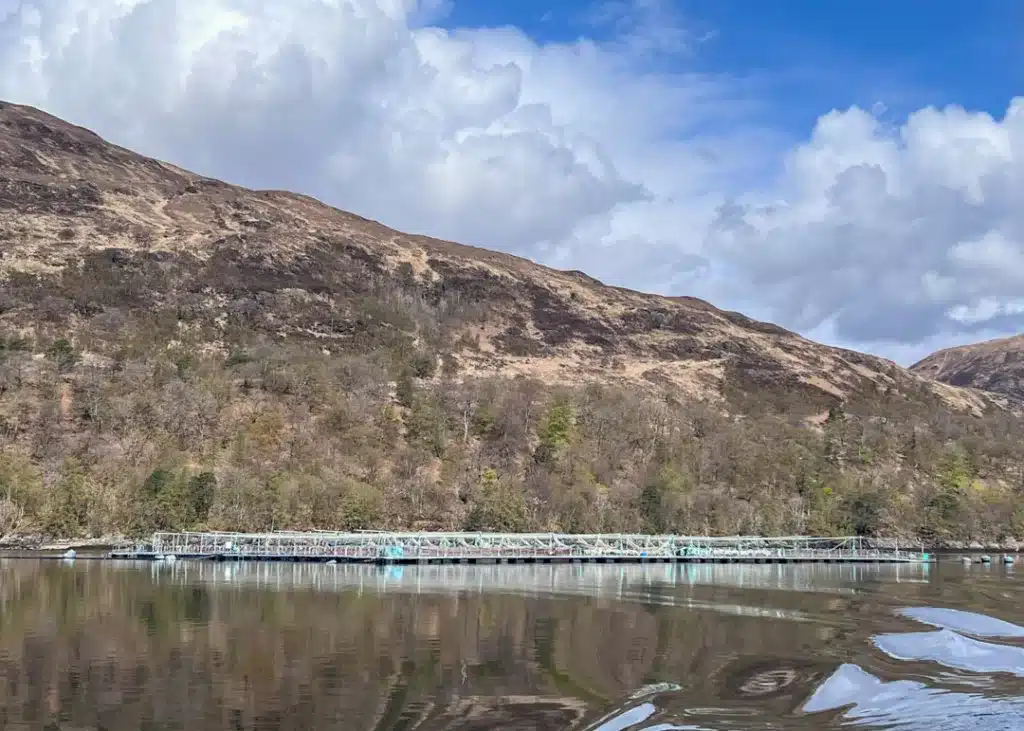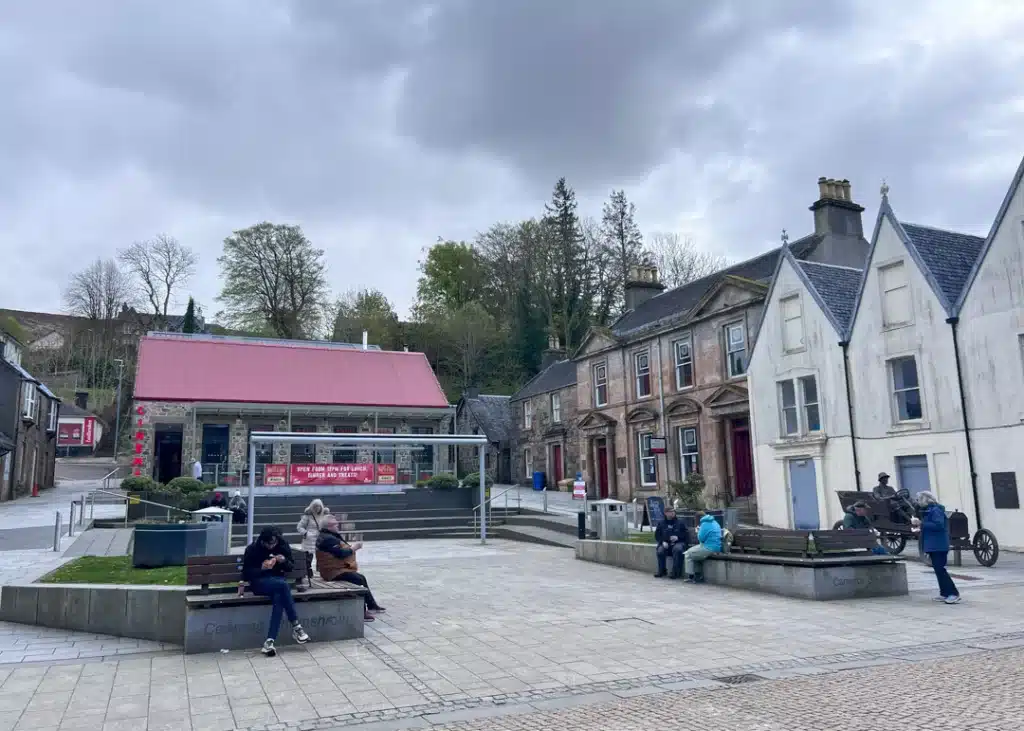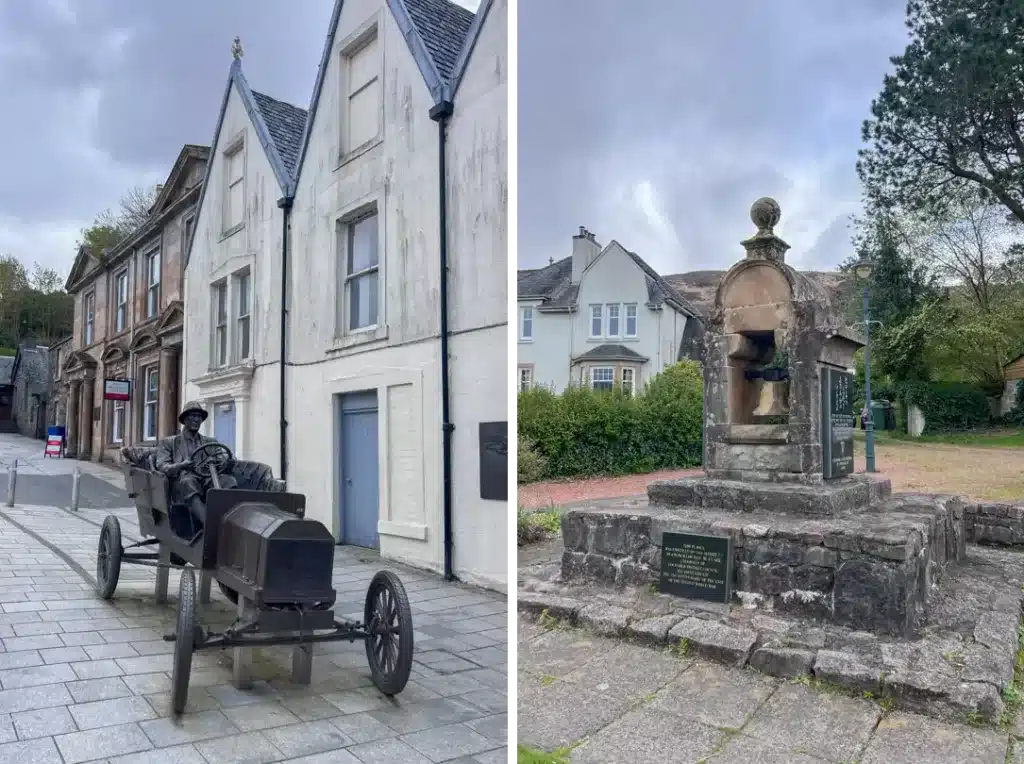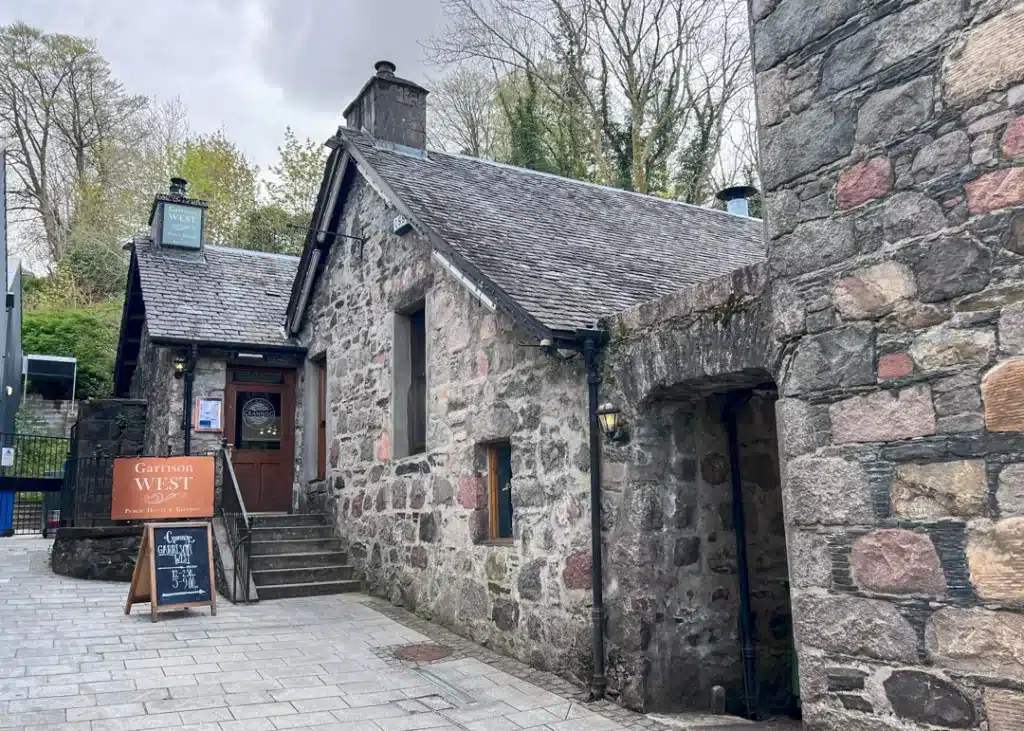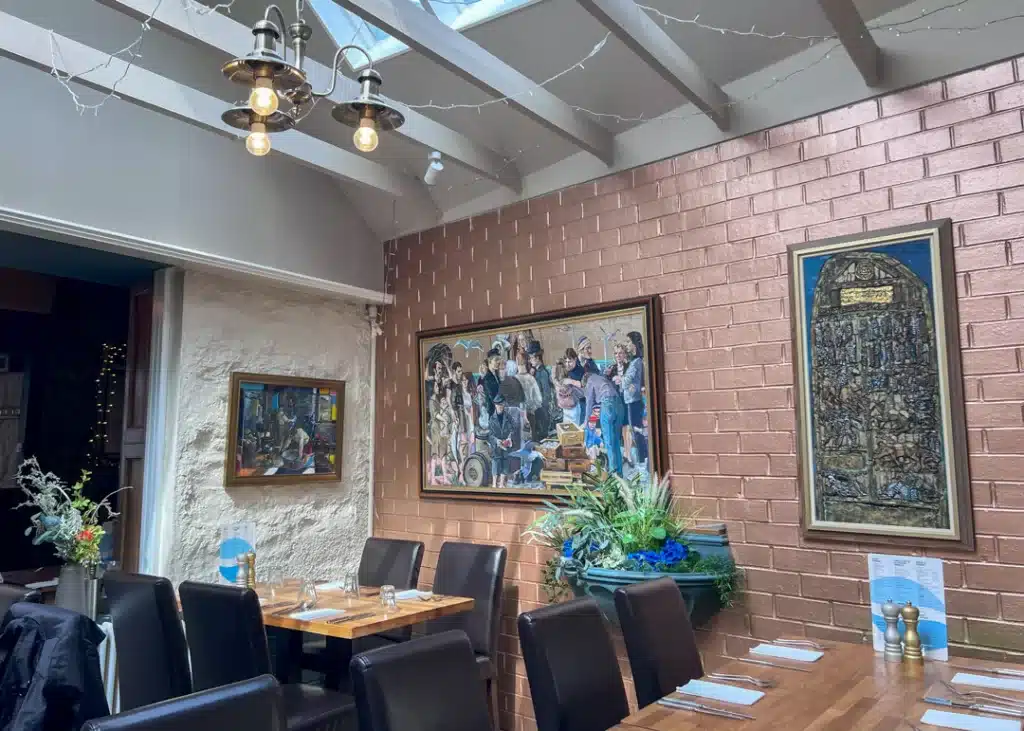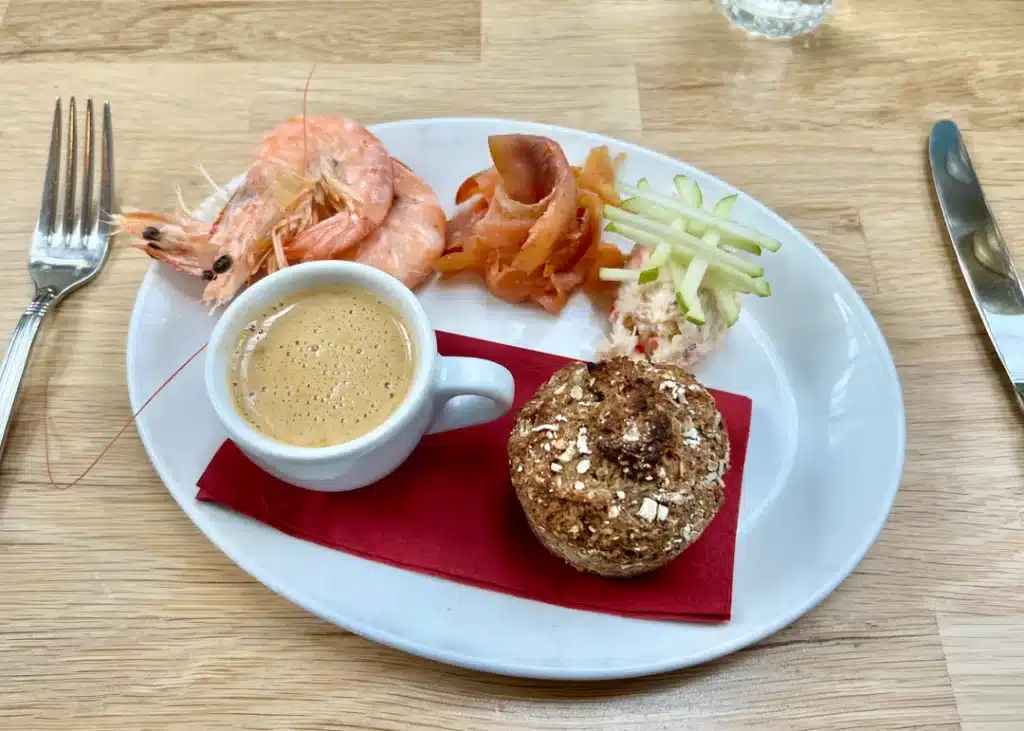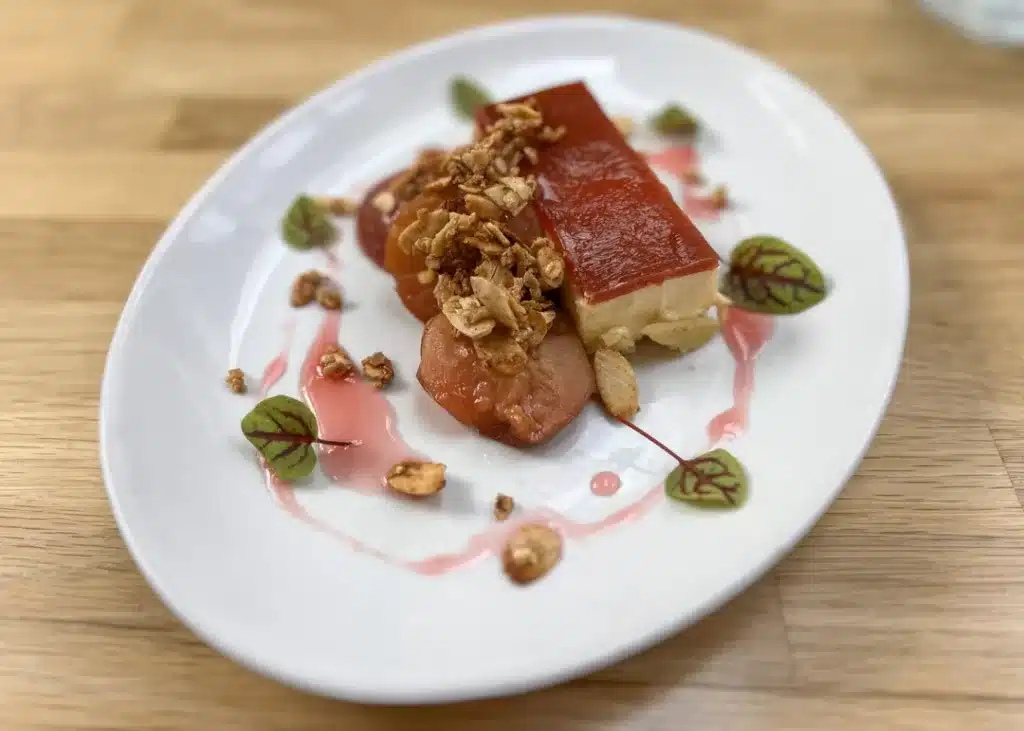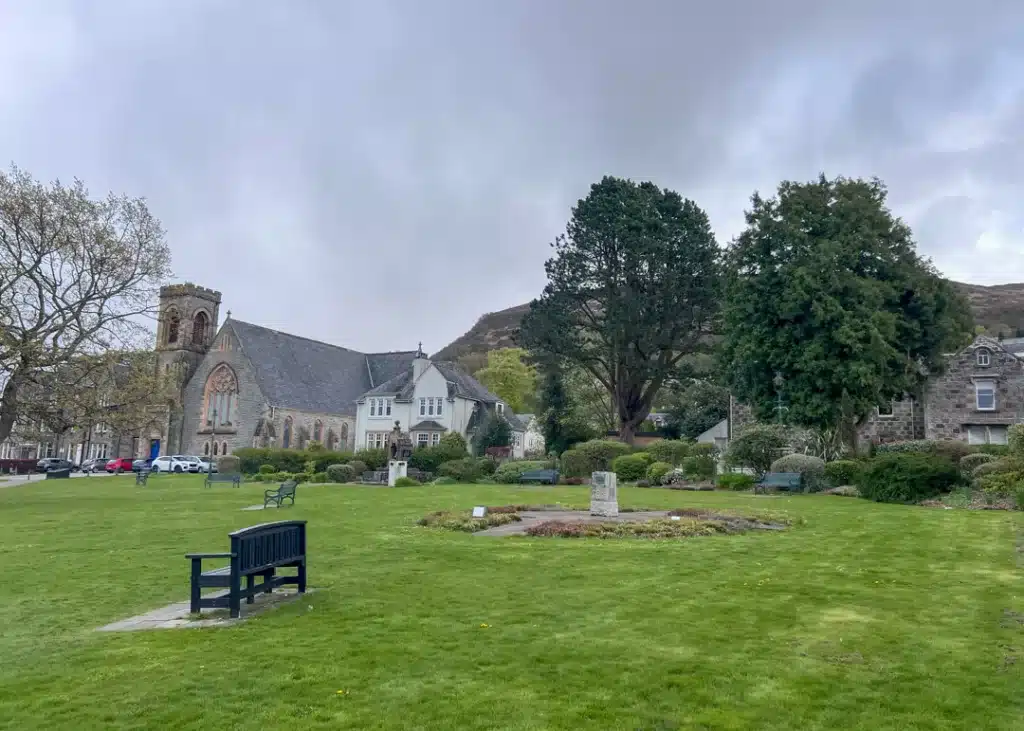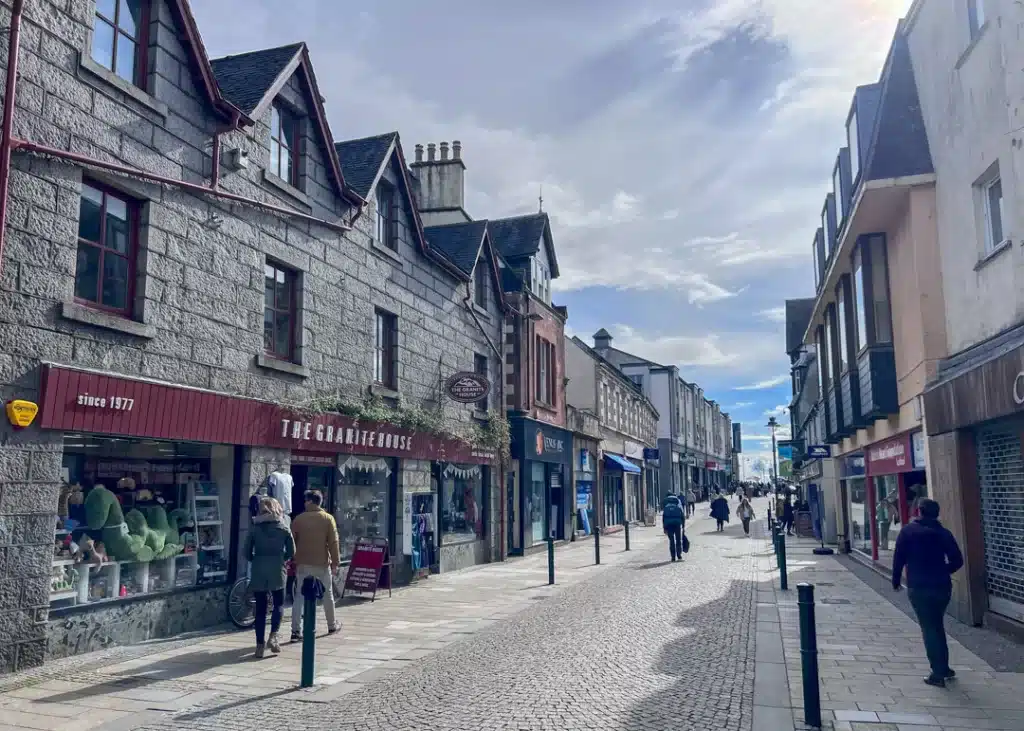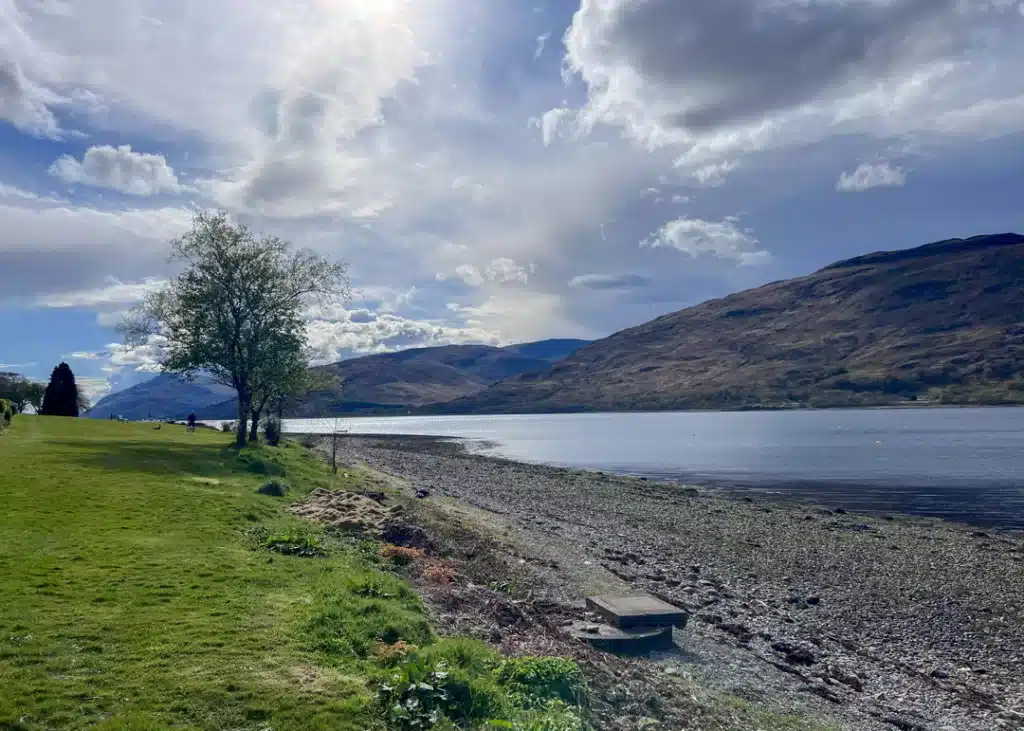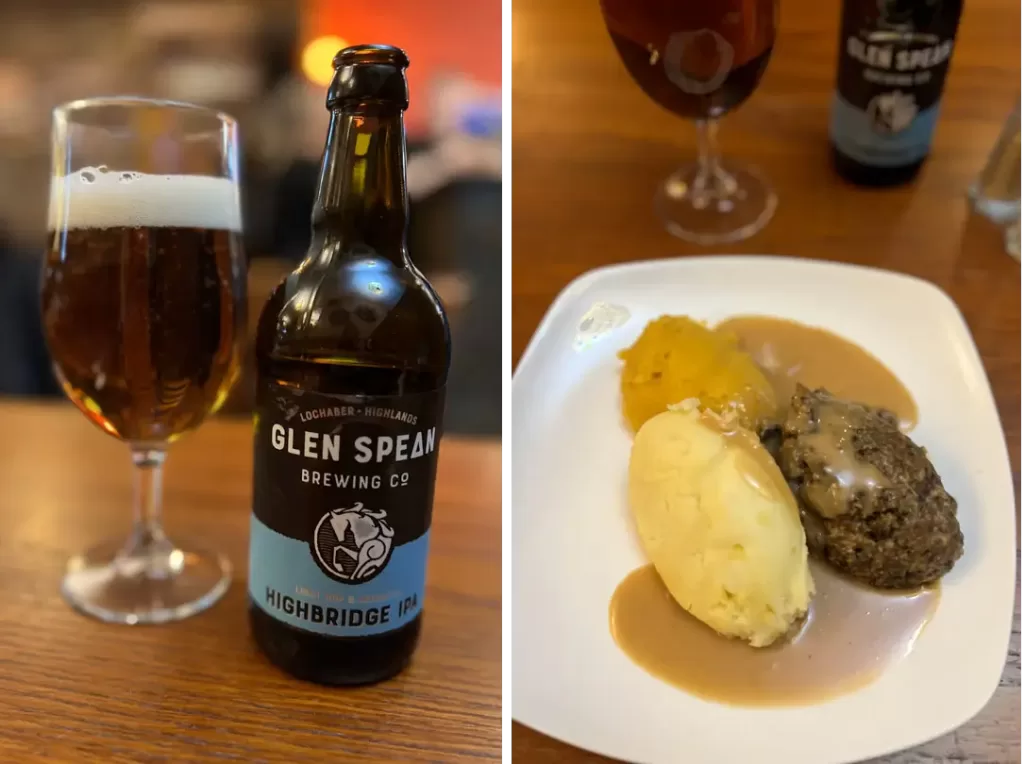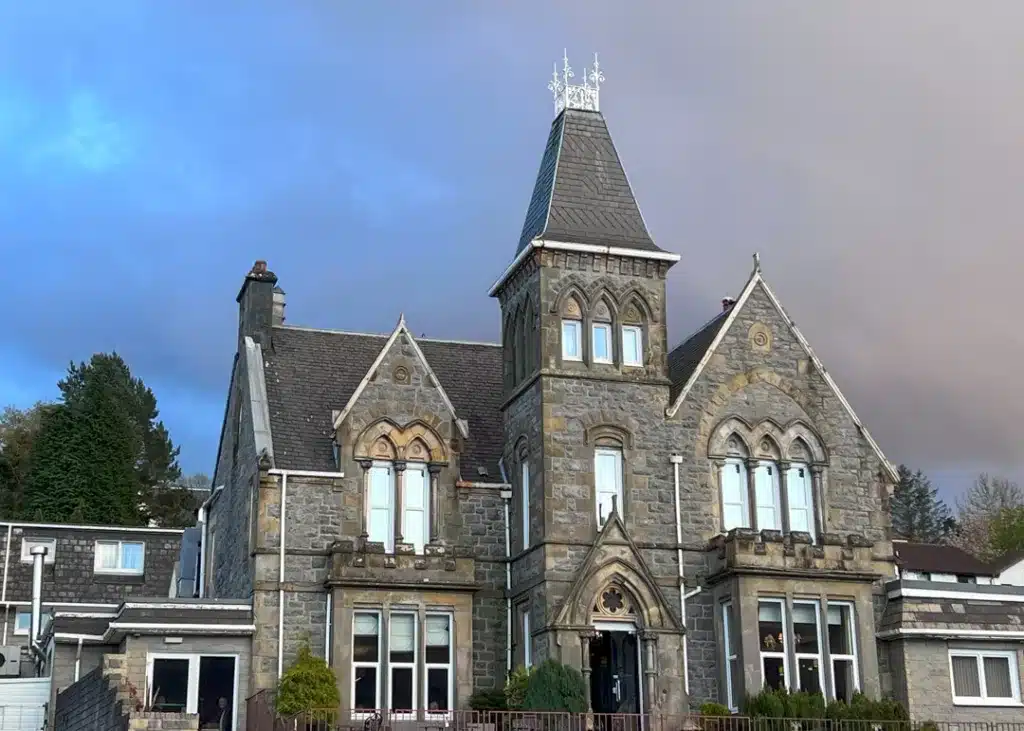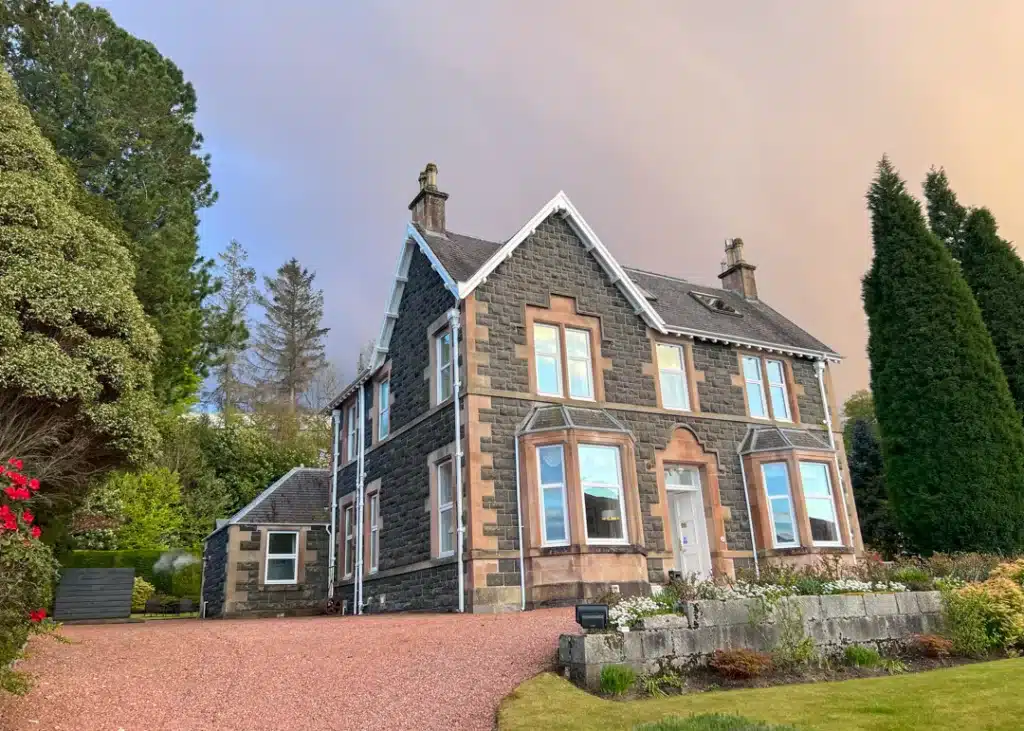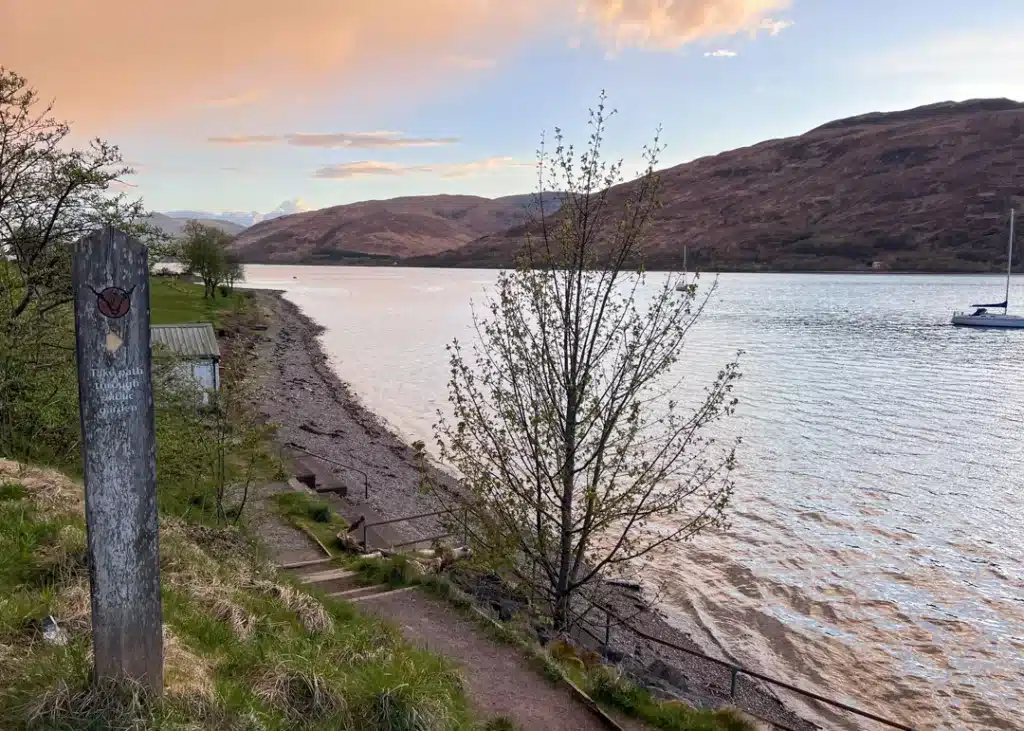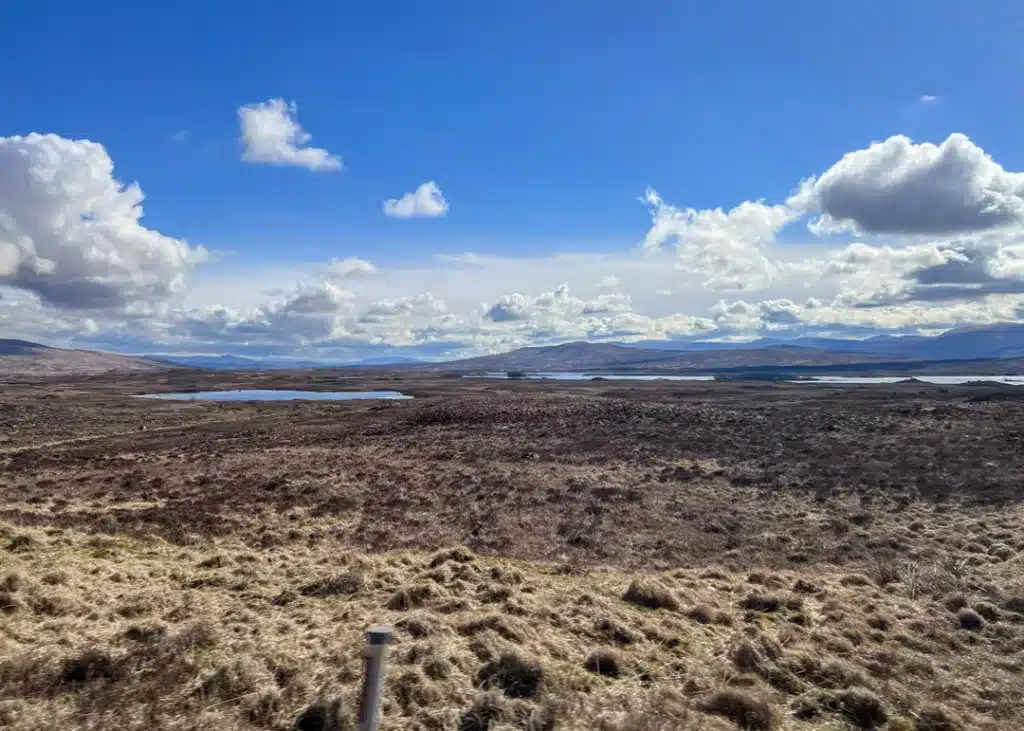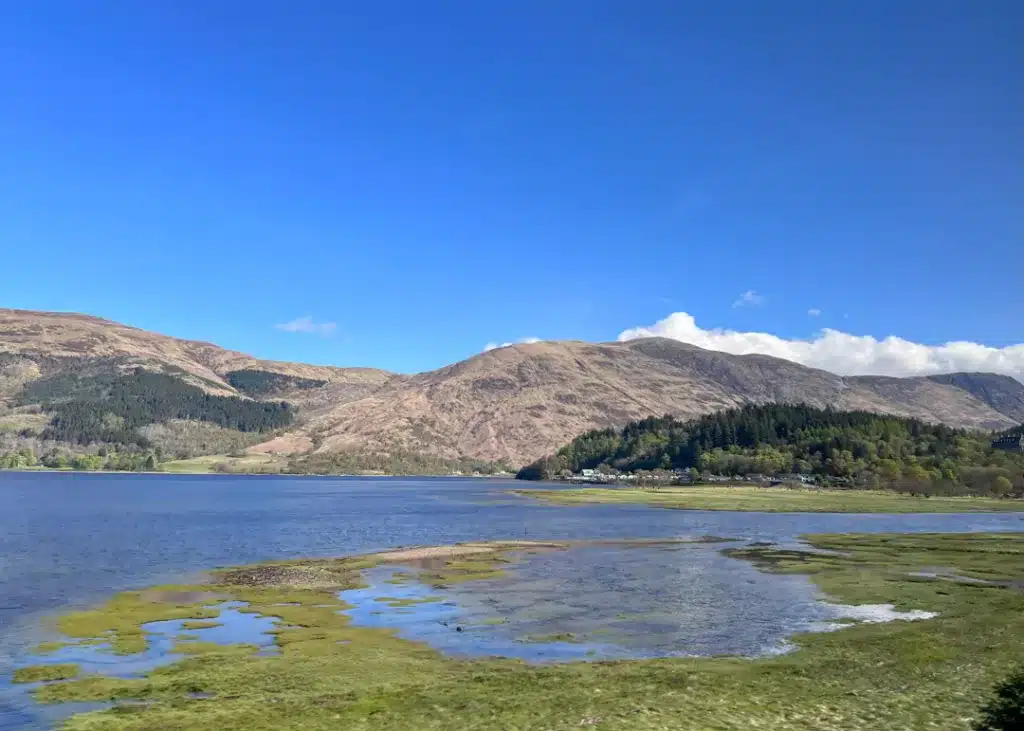Even if you’re in Seoul for just a few days, it’s likely you’ll visit the two main palaces since they’re in such close proximity, with Bukchon Village nicely tucked in between. It doesn’t really matter which one you start with: the grand (and first) palace of Gyeongbokgung or the second (and often preferred) palace of Changdeokgung.
No day in Seoul could properly start without lining up with all the Instagrammers for the latest bakery craze, which is exactly what I did. The line in front of Mil Toast was already reaching the end of the block only 15 minutes after opening – patience was in order!
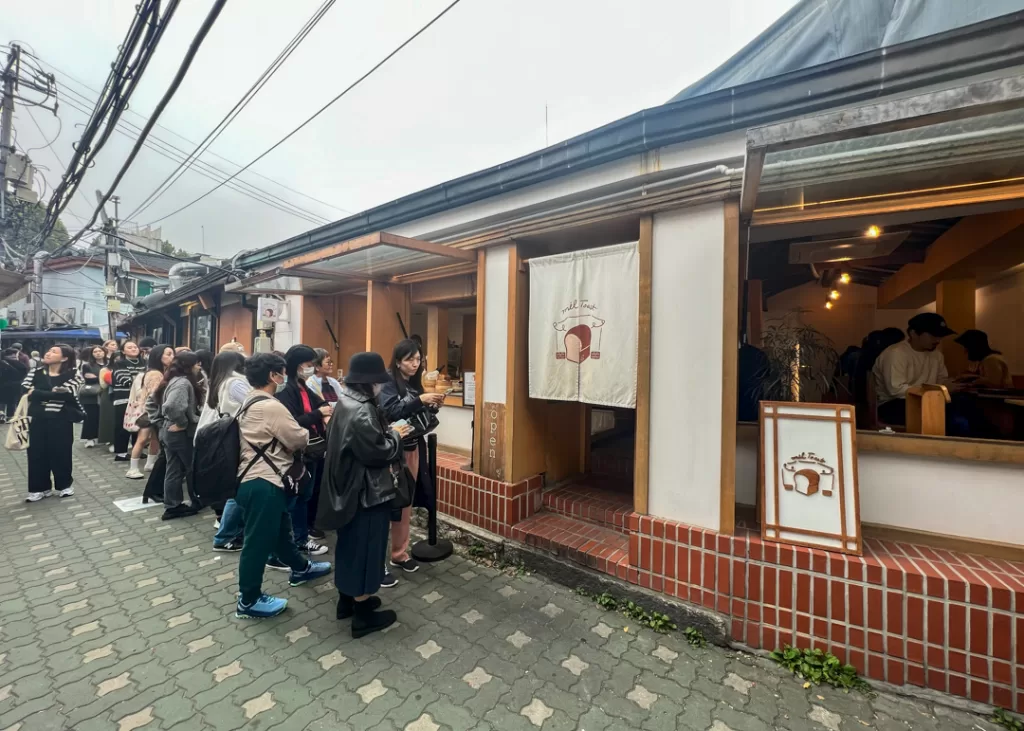
They specialize in steamed breads with sweet and savory fillings. I tried a plain and one filled with sweet potatoes and they were absolutely delicious, and so was the drip coffee. Note though that the service is really slow and combined with the queue at the door you have to factor in at minimum 1h30 to 2hrs for your breakfast. I’m still glad I went and felt energized to tackle the one palace I was most excited about…
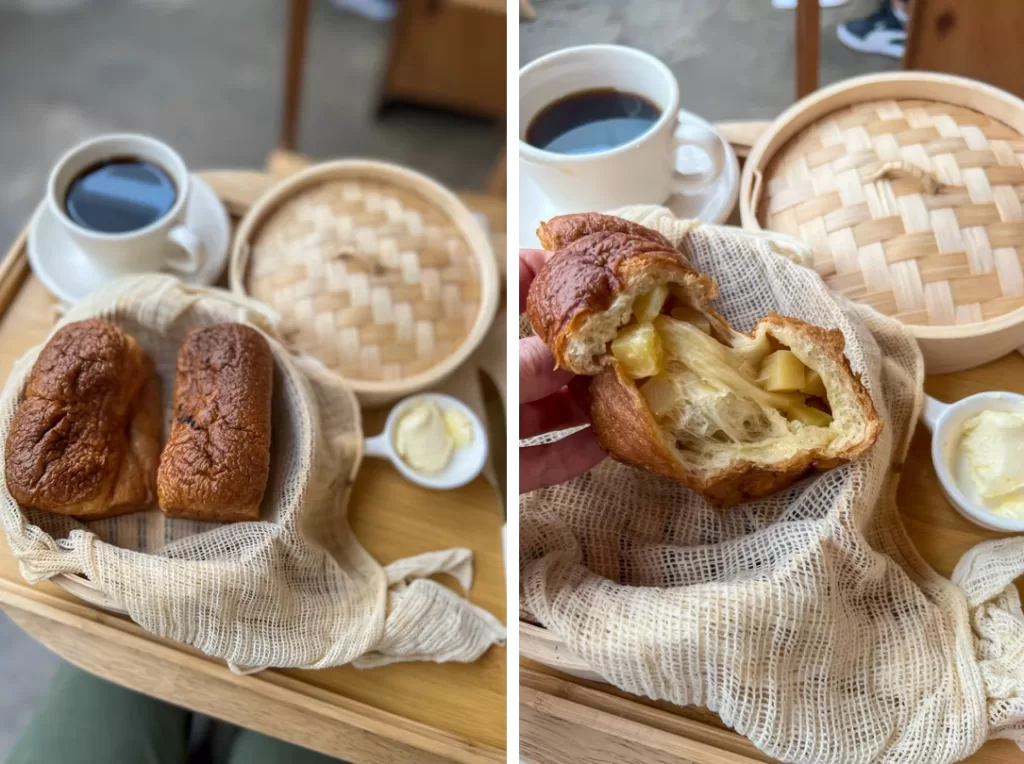
Changdeokgung
The entrance to Changdeokgung is right in front of a busy intersection and only a block away from the Arario Museum. It is often described as the most attractive of Seoul’s palaces (and it’s a World Heritage Site) though you wouldn’t be able to tell from the main gate…its beauty shall be revealed a bit later.
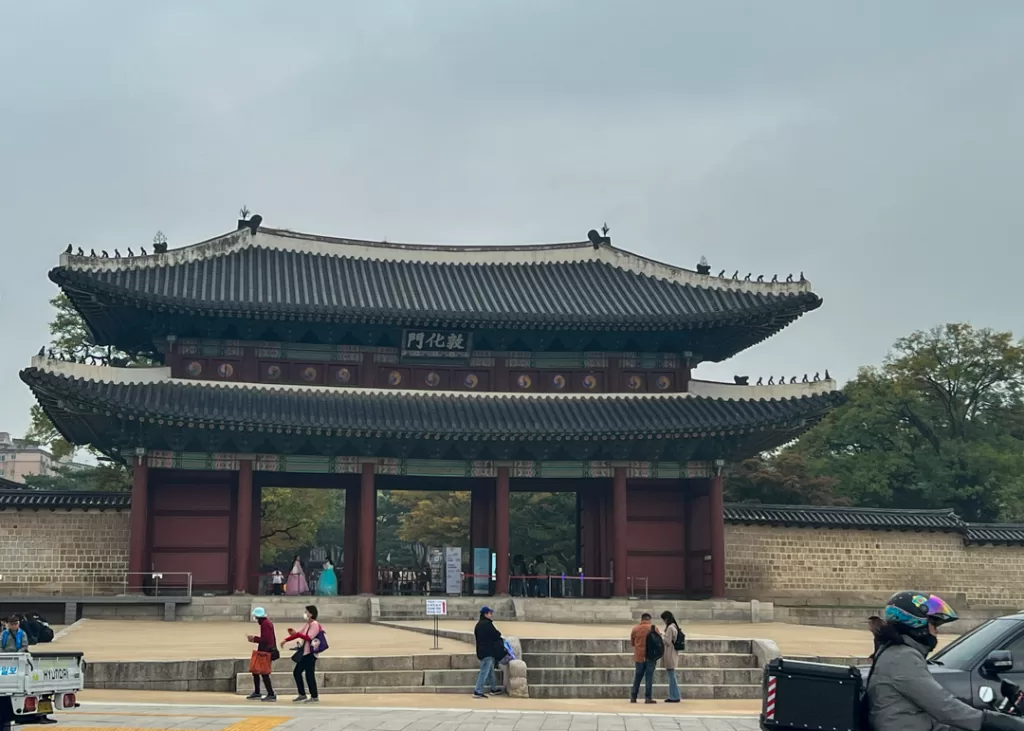
The “Palace of Illustrious Virtue” was built in the 15th century as a secondary palace to Gyeongbukgung. When both palaces were destroyed during the Japanese invasion in the 1590s, Changdeokgung was rebuilt and became the primary royal residence until 1872.
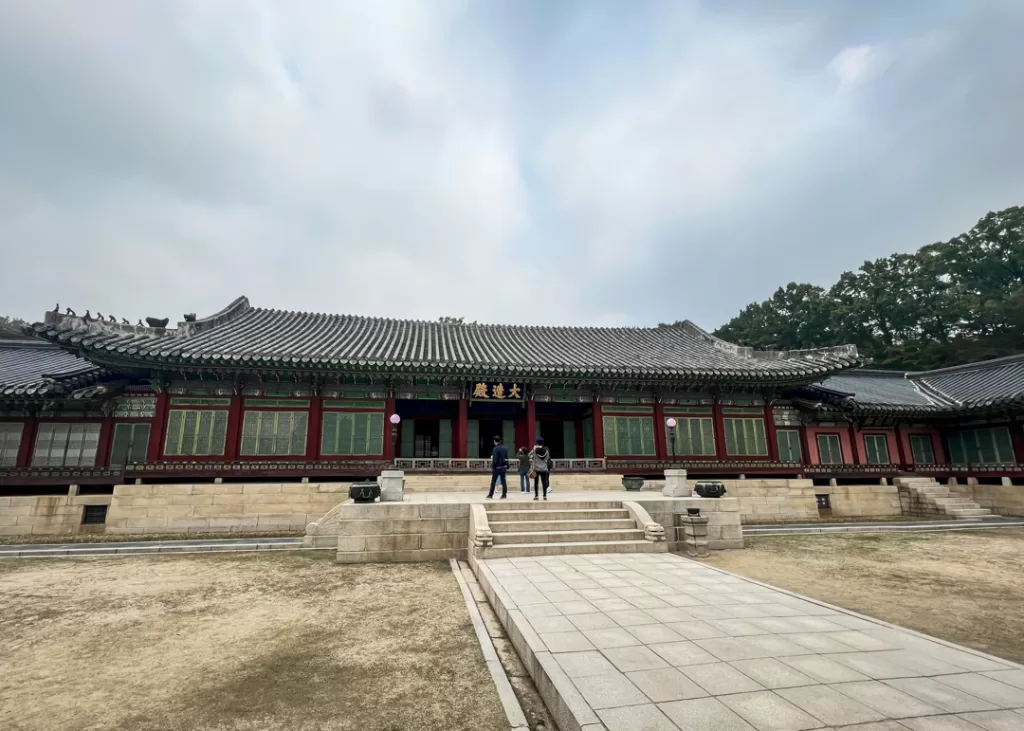
The main building, Injeongjeon, contains the throne hall which looked more impressive than the one I marveled at Gyeongbukgung.





After traversing vast courtyards and passing by the government office buildings, you reach the private living quarters of the royal family.
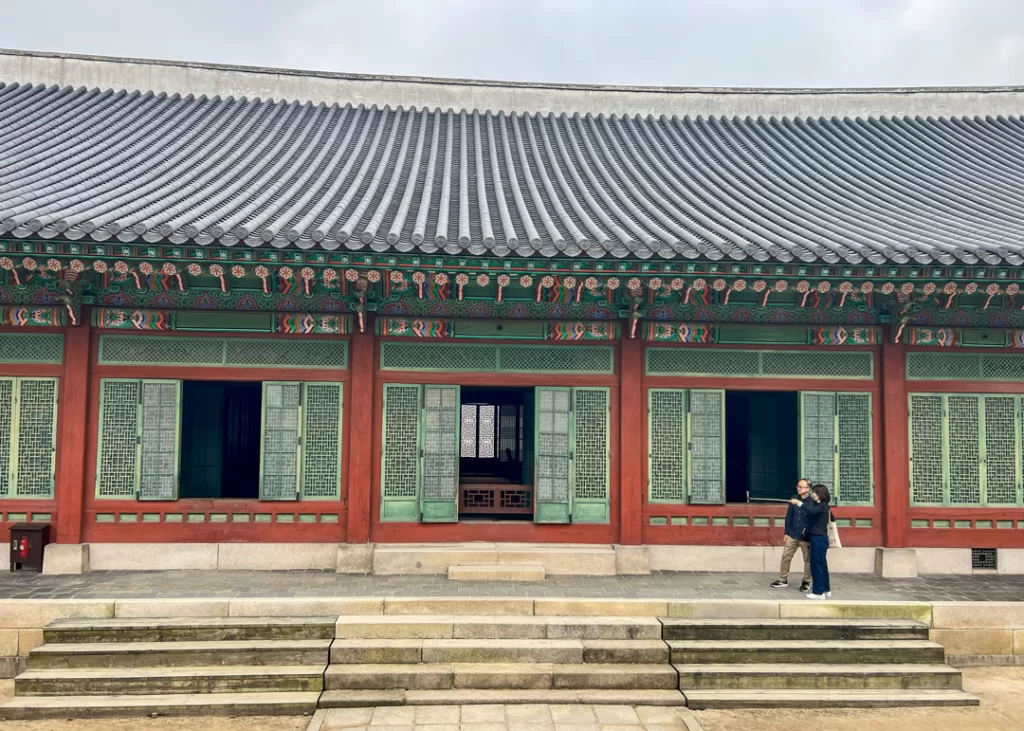
Peering inside some of the partially furnished rooms, you can almost imagine the buzz of activity and royal court intrigue that undoubtedly took place.
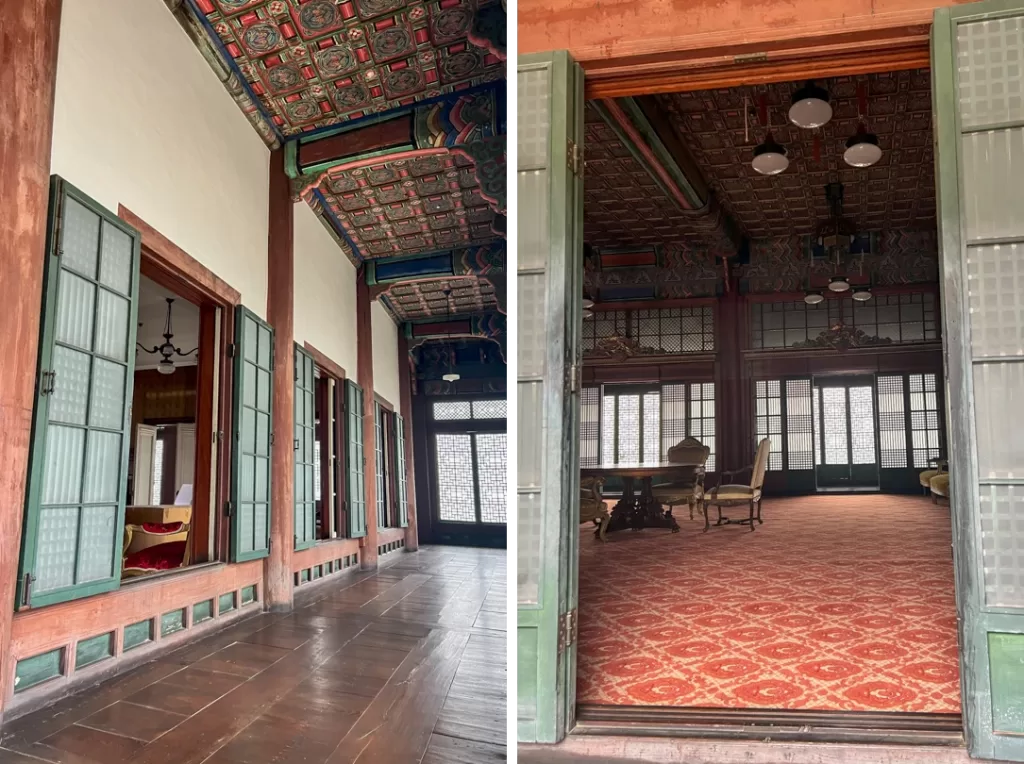
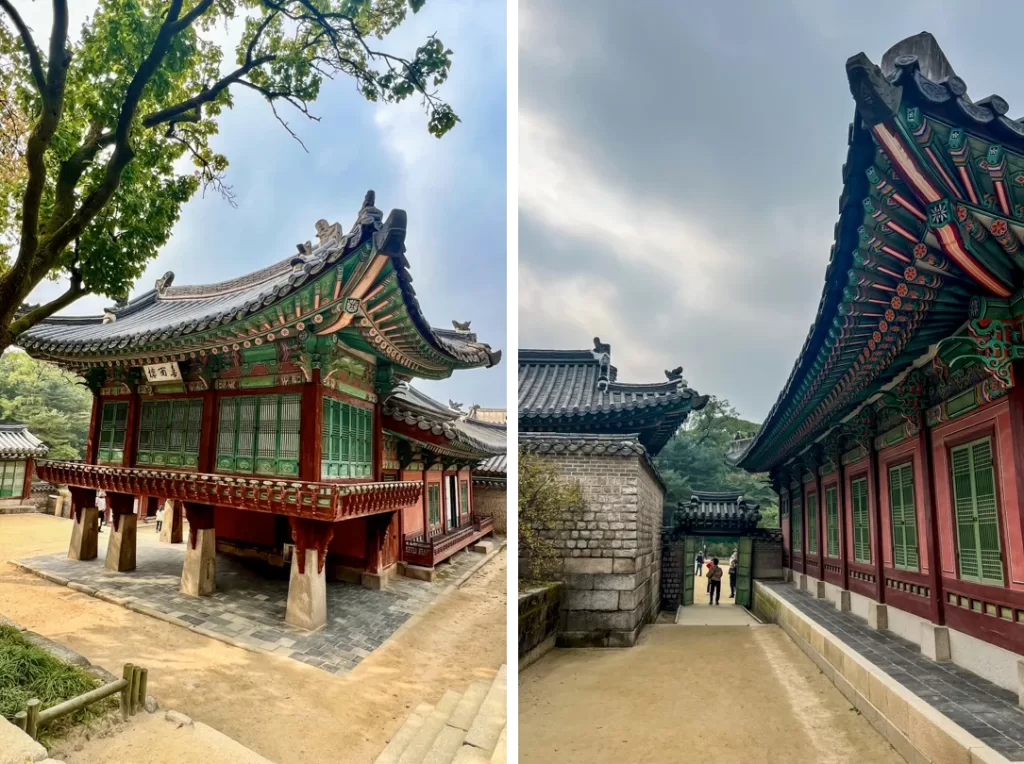
Separated from the royal residence, an attractive complex is visible a few minutes walk away, across the main “square” and down a verdant footpath. Nakseonjae Hall was built by one of the residing kings for his favorite concubine.
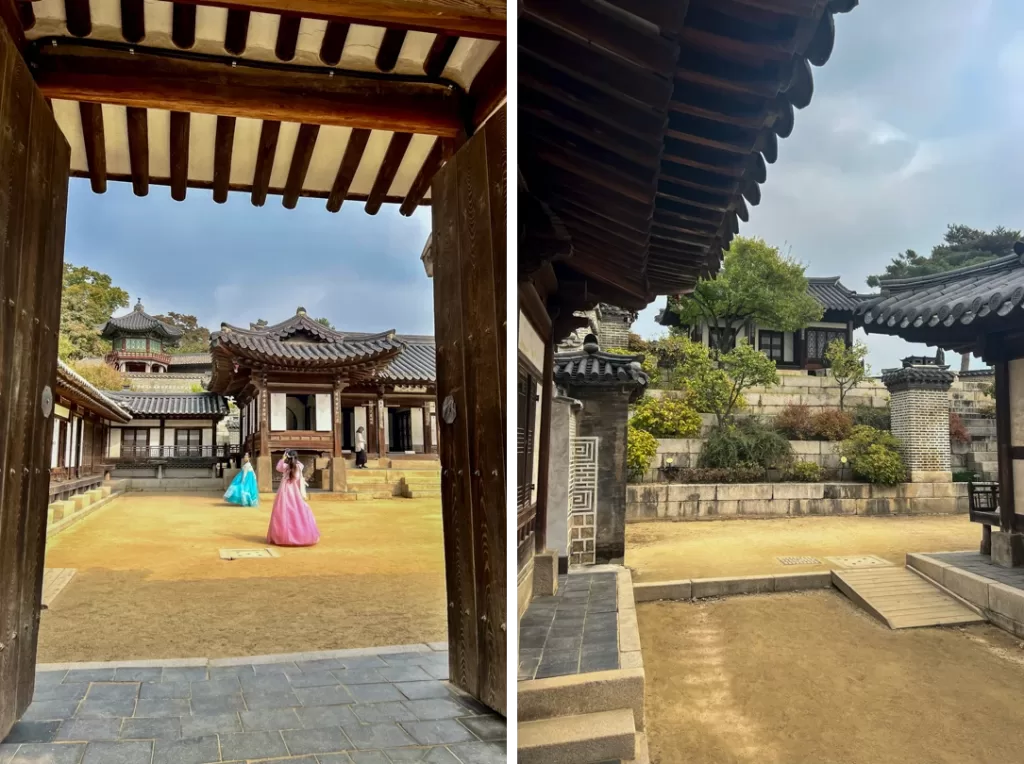
I loved the simple aesthetic from the first sight which is described as an “austere Confucius style”.

The unpainted wood and the “round moon door” were some of my favorite elements.

There were lovely terraced gardens at the back too embellishing the elegant and intricate architecture.
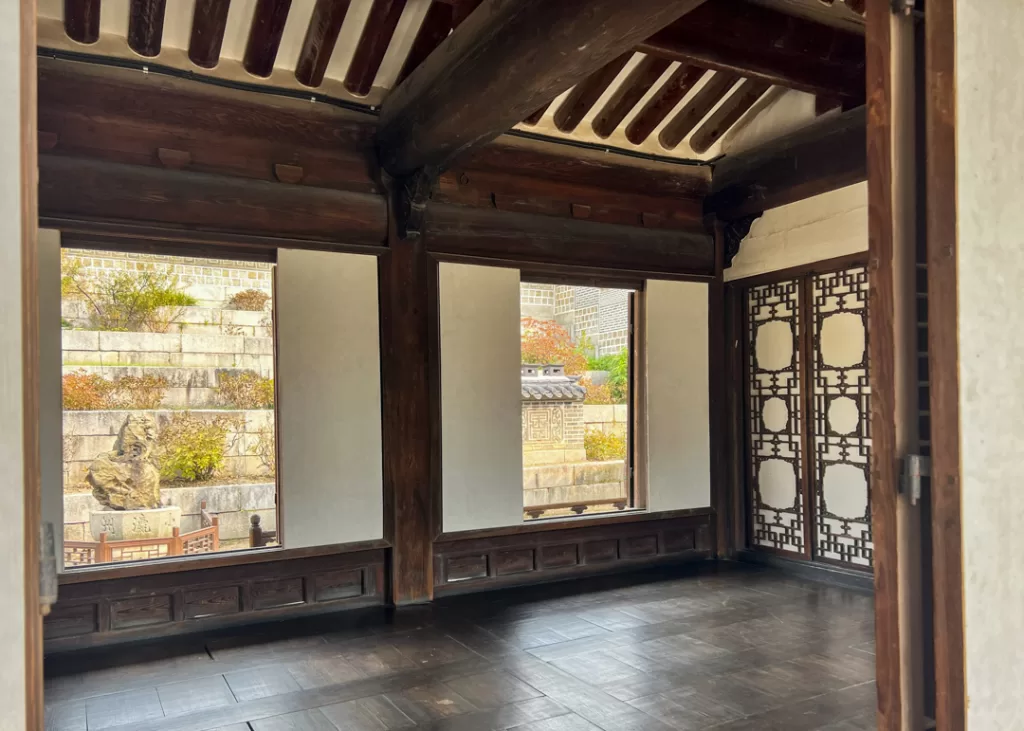

As one of the most recent additions, royal descendants lived in this complex until 1989.

Secret Garden
Now it’s time for the icing on the cake, or the reason why this palace was so beloved by the kings of the Joseon Dynasty – The Secret Garden. Access to the beautiful garden in the back is done through a separate entrance and requires advance reservation so don’t forget to book your time slot when buying your palace ticket. Once you’re in, you first follow an undulating path through dense woodland.
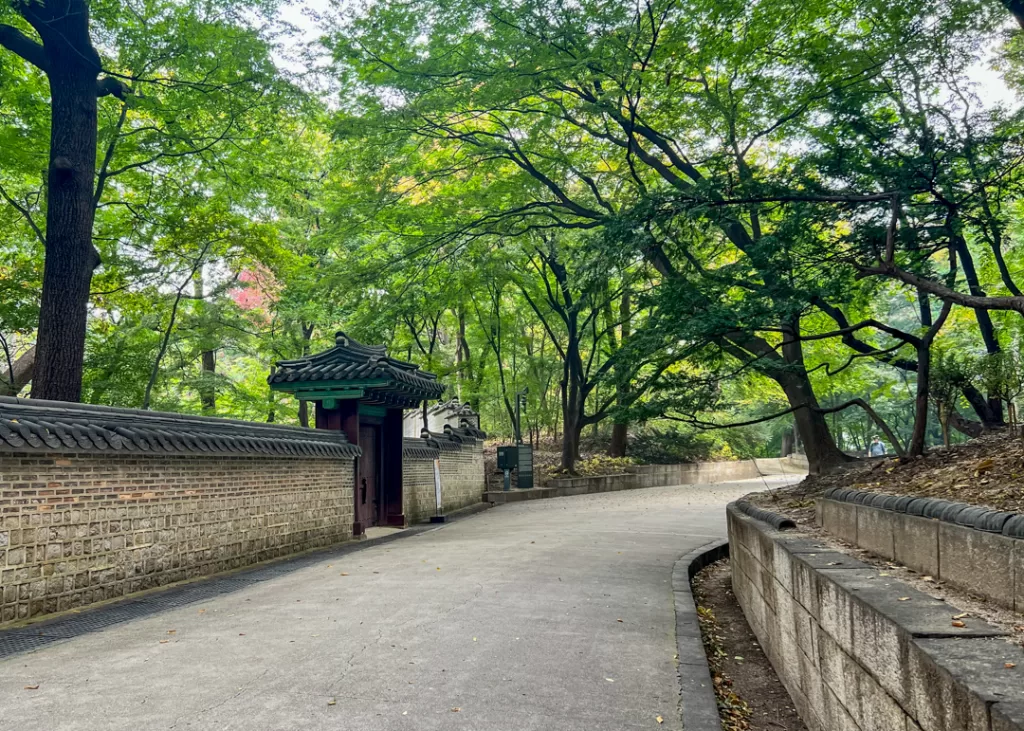
You’ll suddenly emerge in the middle of a gorgeous scene of pavilions and halls surrounding a square lily pond.

The Joseon kings would come here with their family to relax, study, and partake in various outdoor activities.
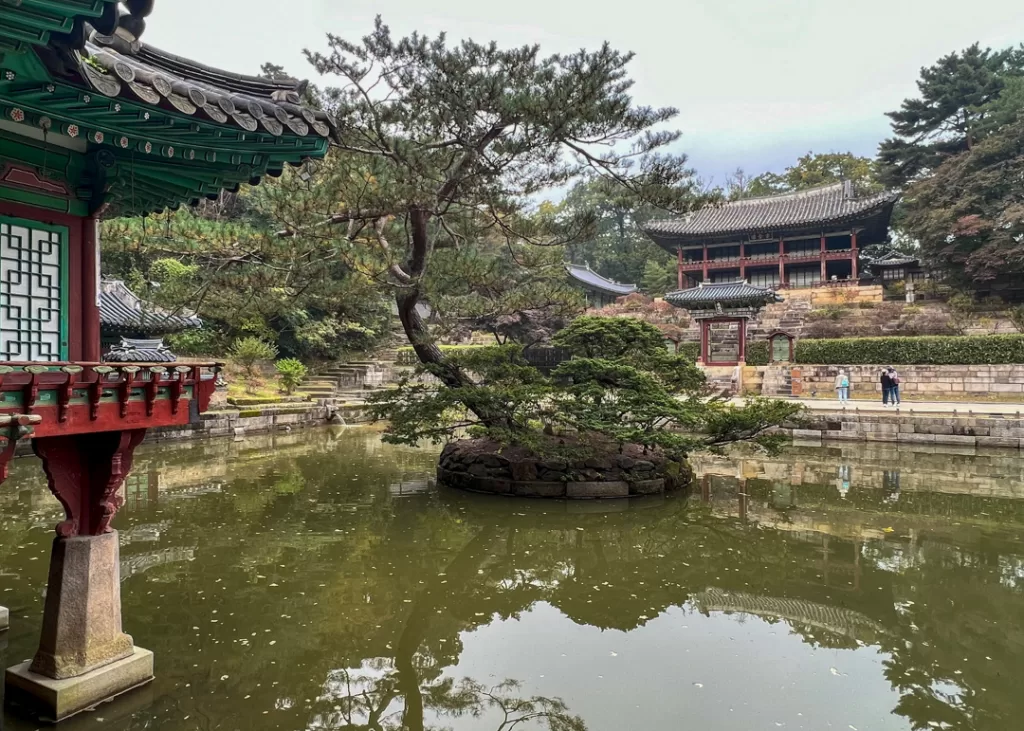

As enchanting as the setting by the pond is, the Secret Garden takes up almost 60% of the entire area of the Changdeokgung Palace so there’s lots more exploring to do. There are other beautiful sights and buildings hidden in a series of valley making it impossible to grasp the immensity of the garden’s layout at once.
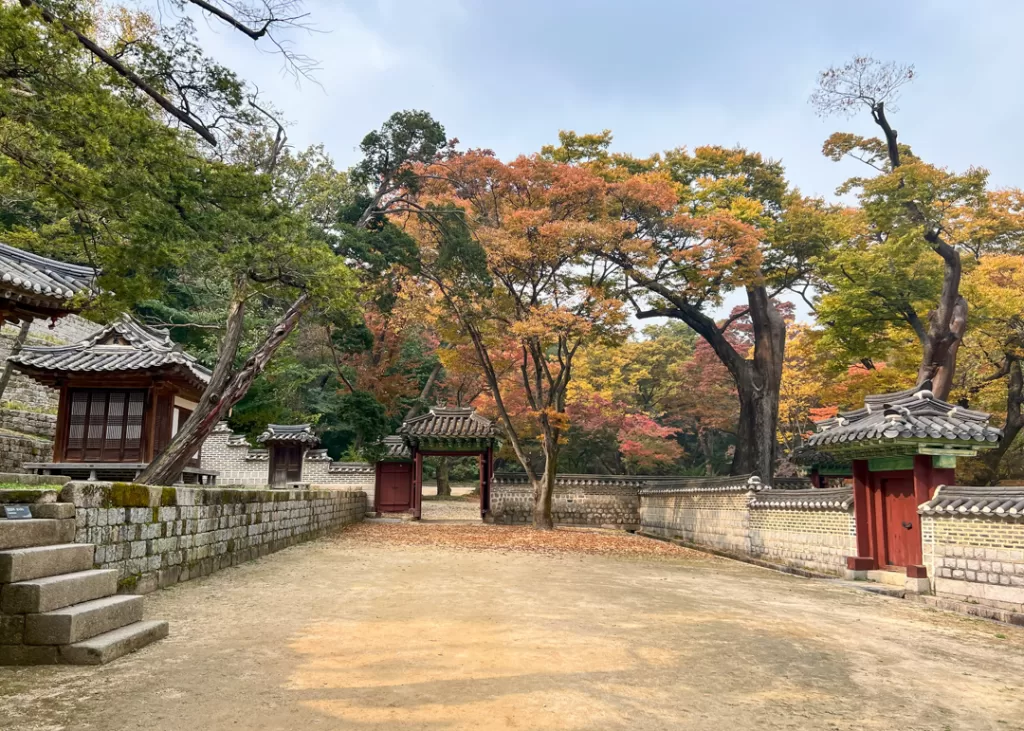
So many ponds and pavilions…
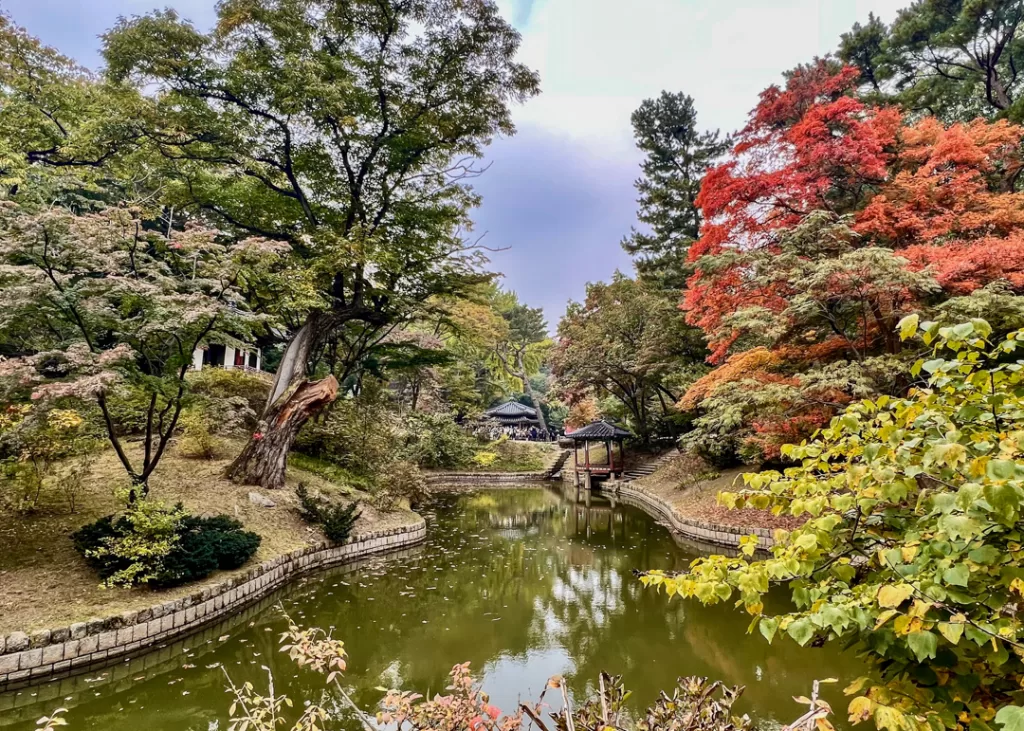
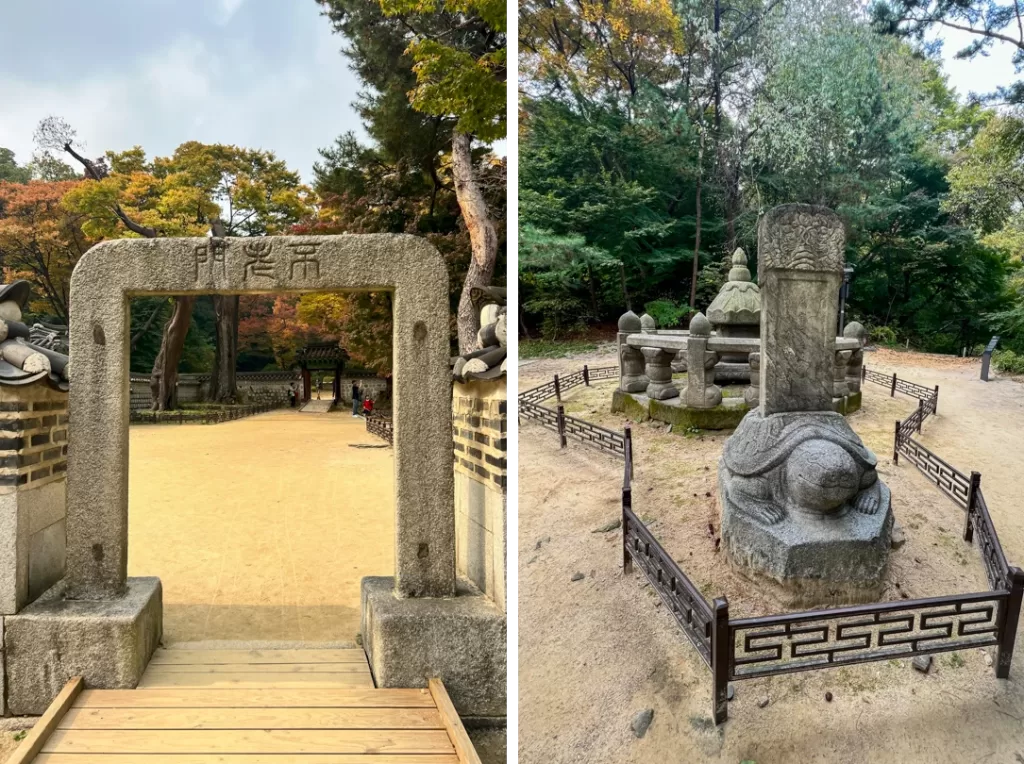
Walk down to find another large complex called Yeongyeongdang.
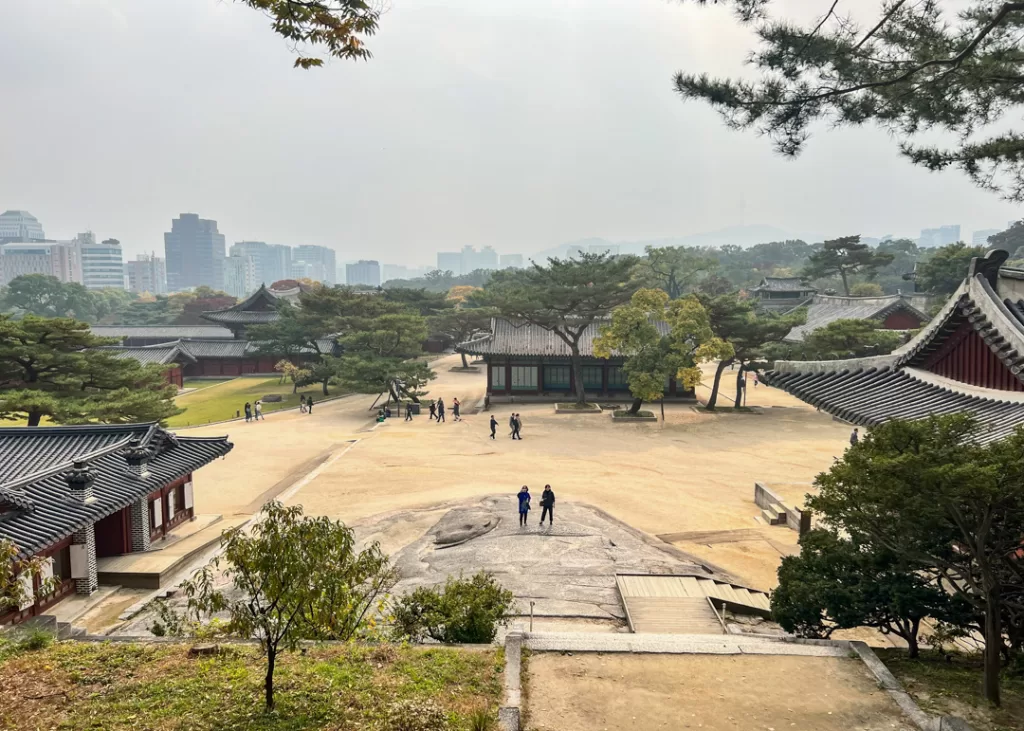
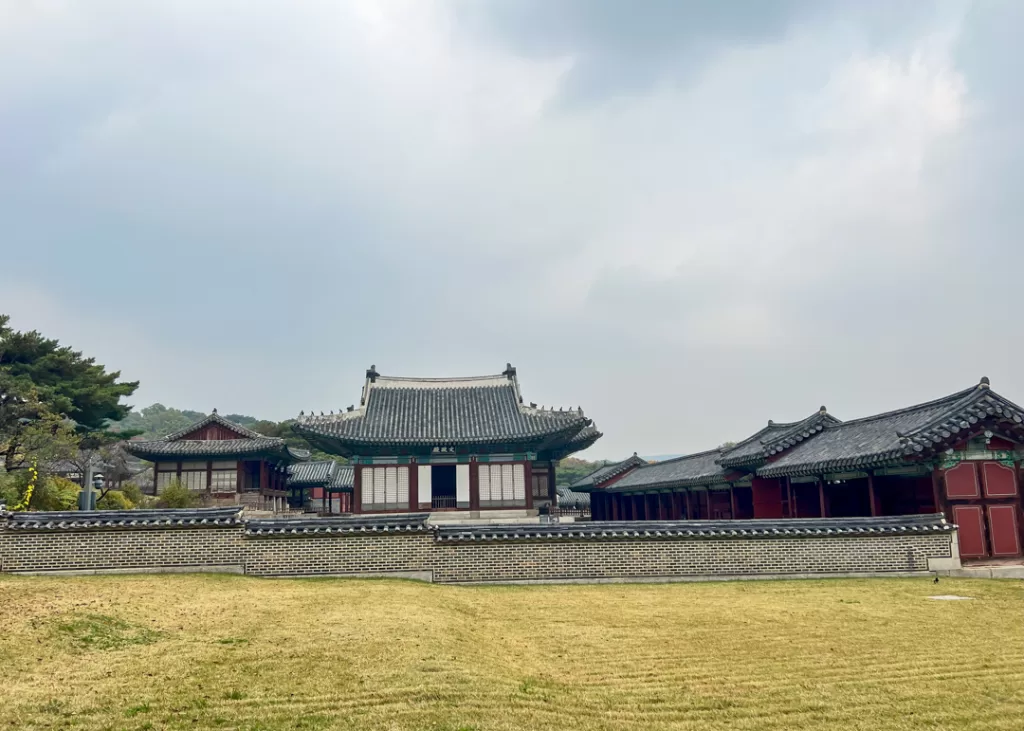
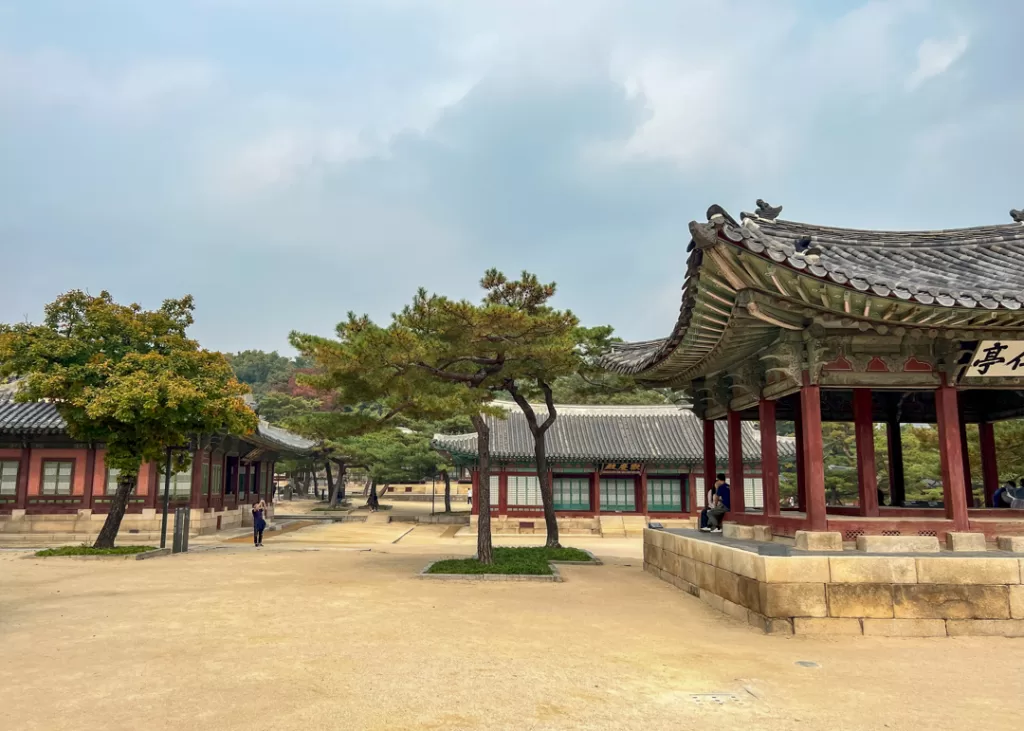

Deeper still in the garden, a large pond invites you to stroll all around its shore to admire the fall foliage’s reflection.

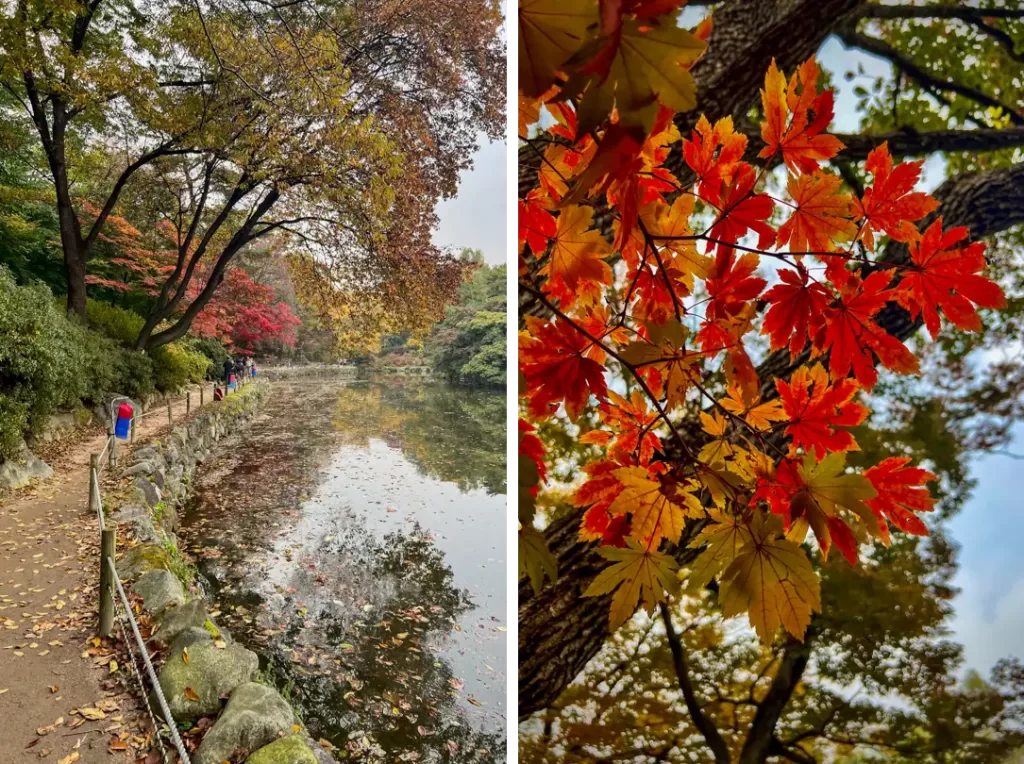
Another surprise awaits way at the back in the form of an elegant greenhouse.
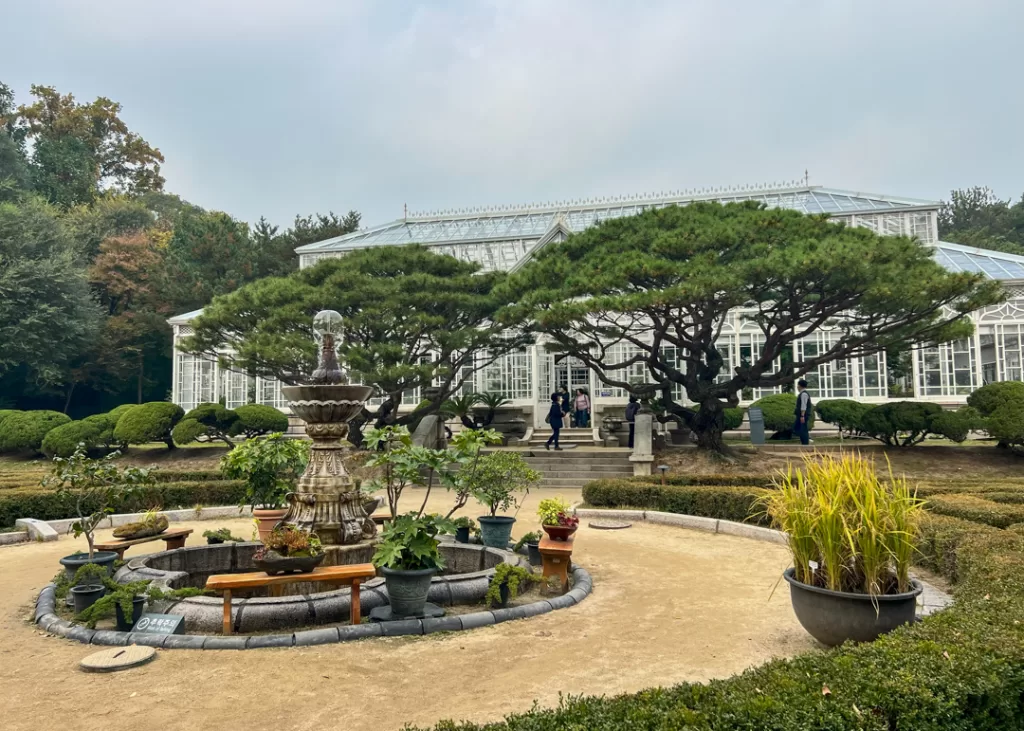
Step inside for some green envy and a few unique specimens.
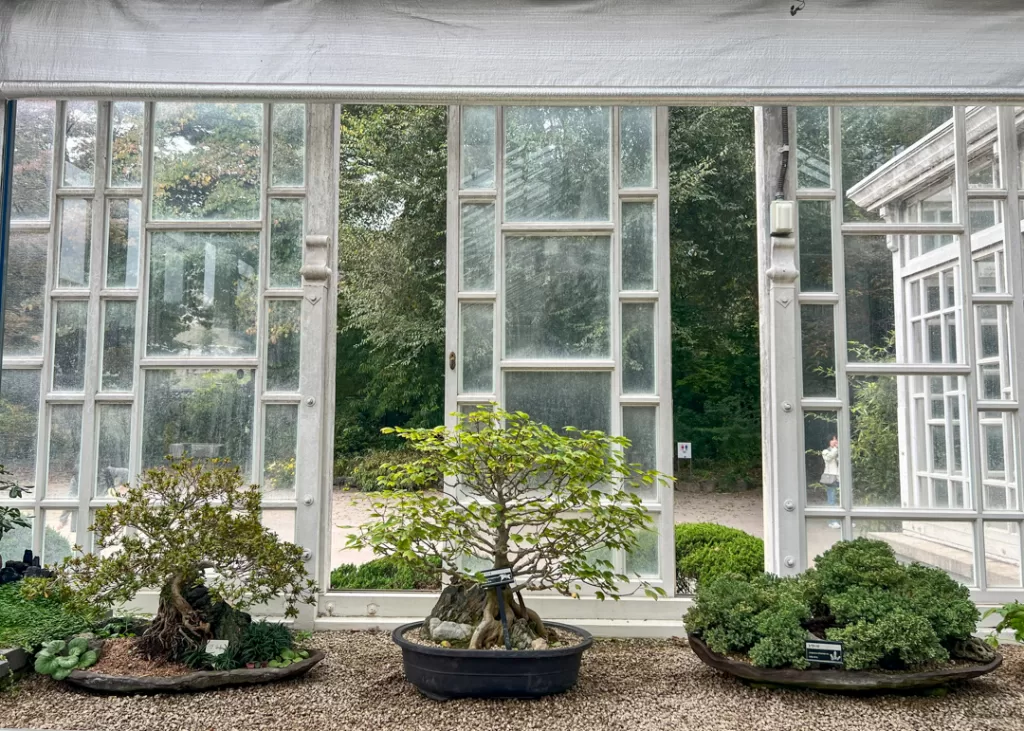
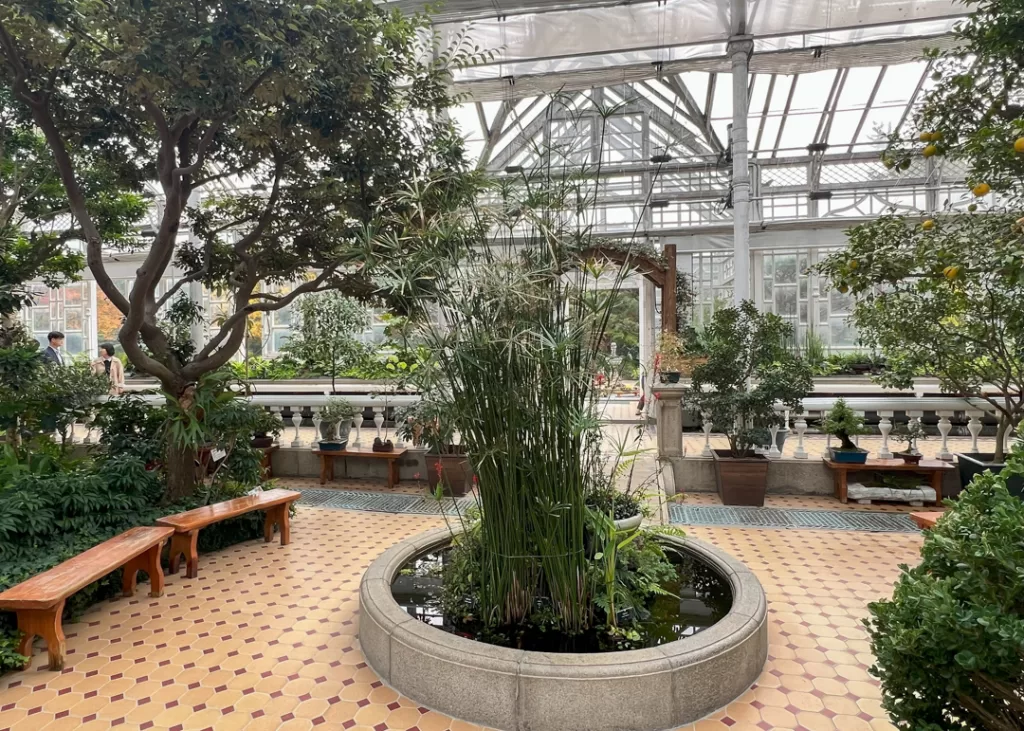
You could spend the majority of your day in Changdeokgung but hunger will probably get you out at some point. I stumbled upon this delightful Korean restaurant, Jeonda, near the palace exit.
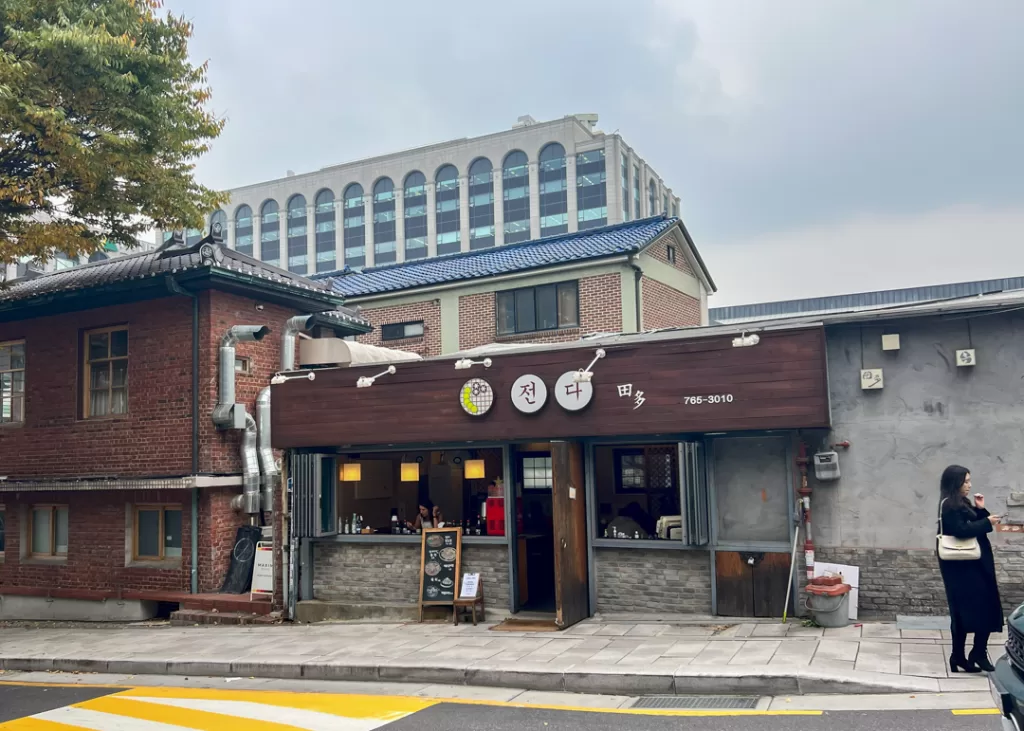
The lunch special was incredibly tasty and filling, and a great all around introduction to Korean cuisine.

Time to relax for the rest of the day, wander around Bukchon some more, and maybe pop into a fancy tea house for a taste and souvenirs?
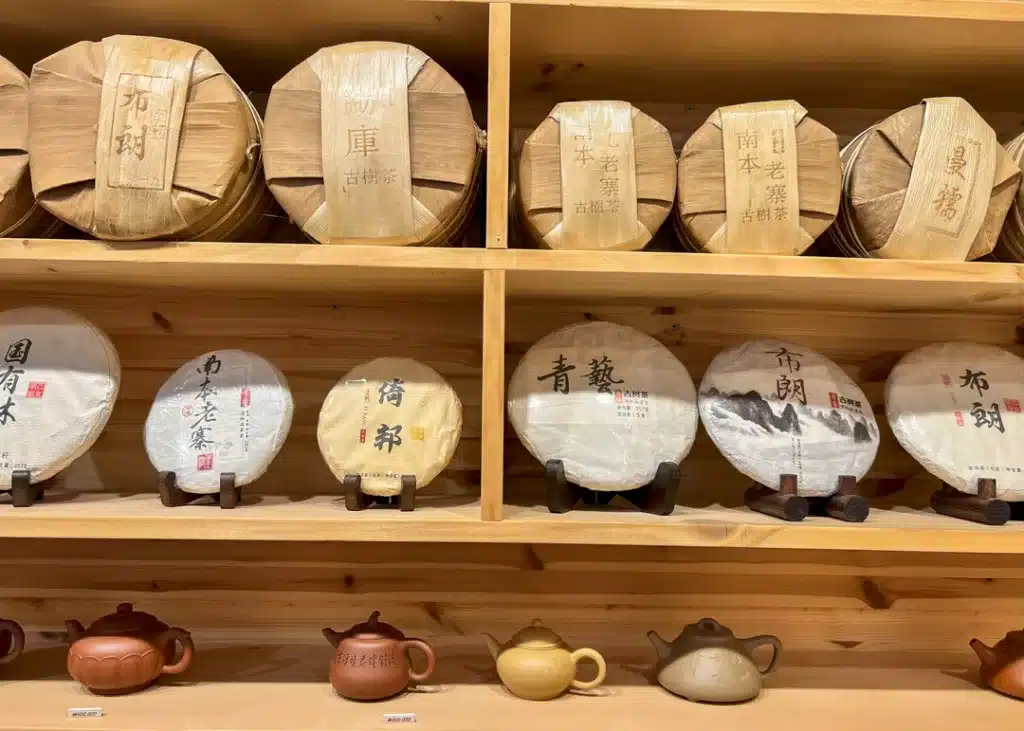
Next, time to get a more modern perspective on Seoul with a visit to Dongdaemun…





